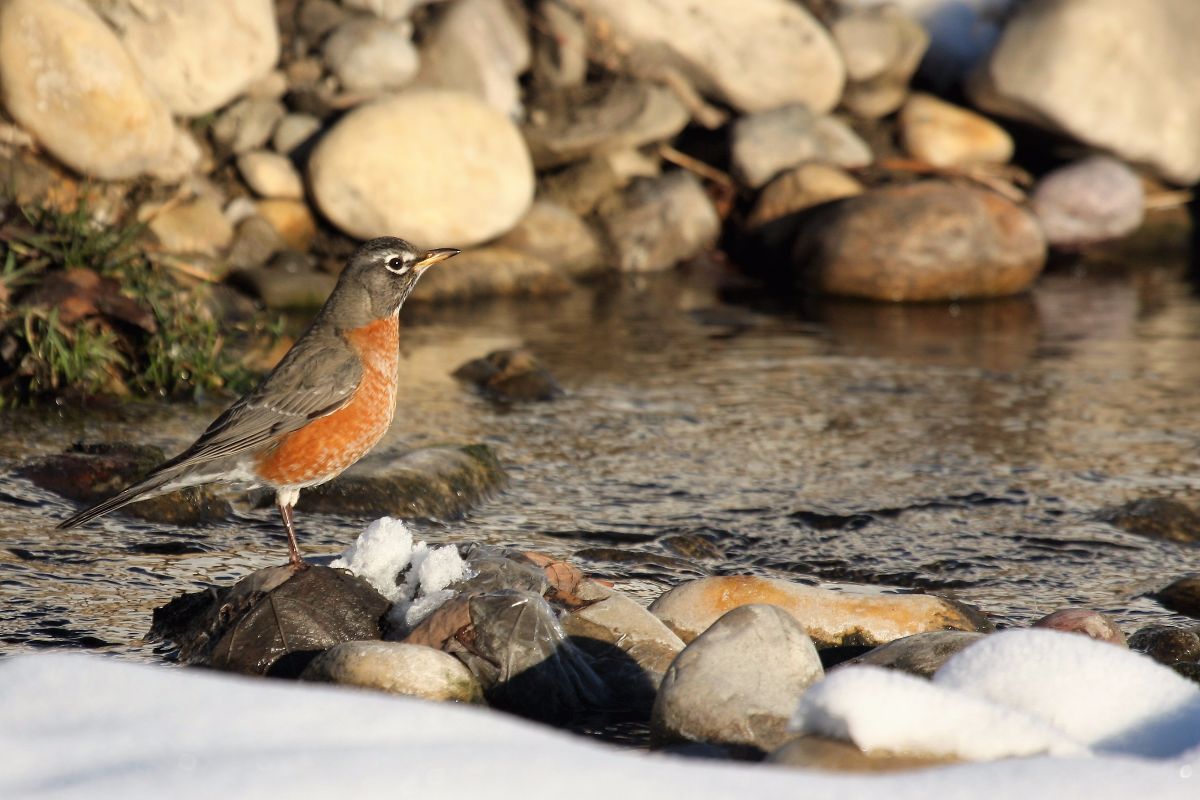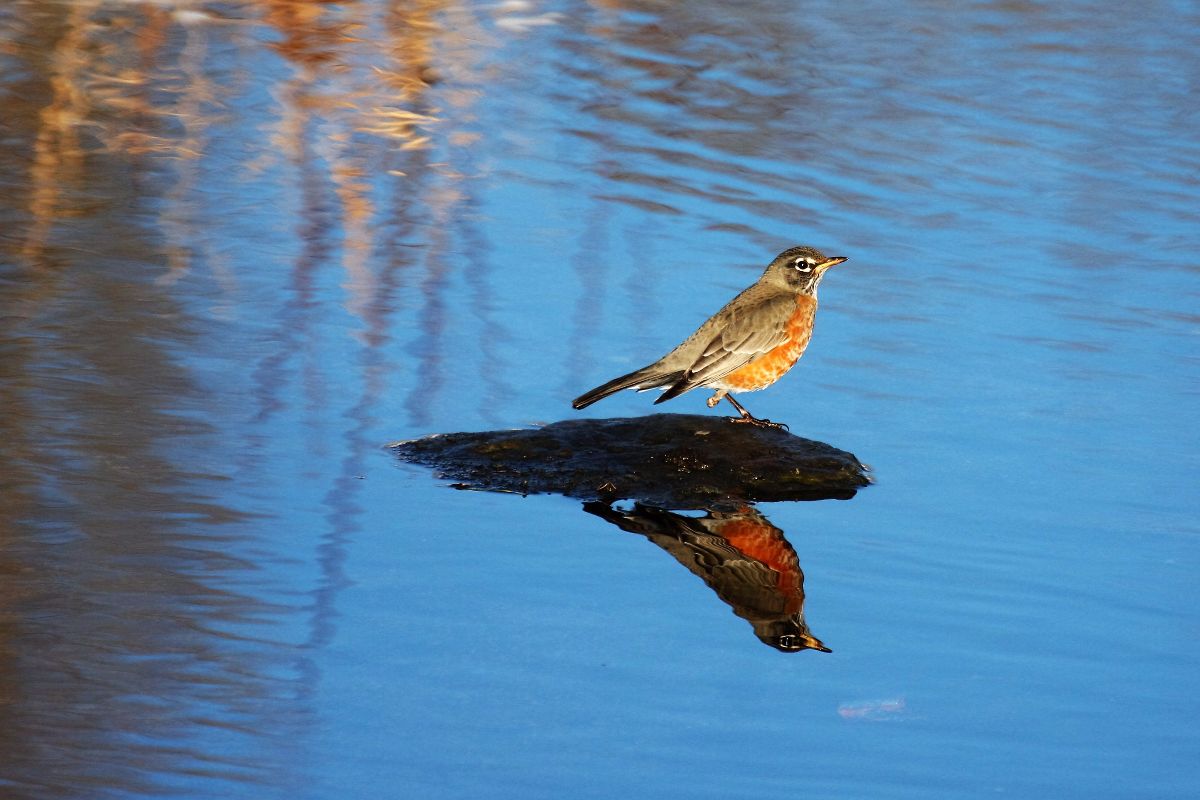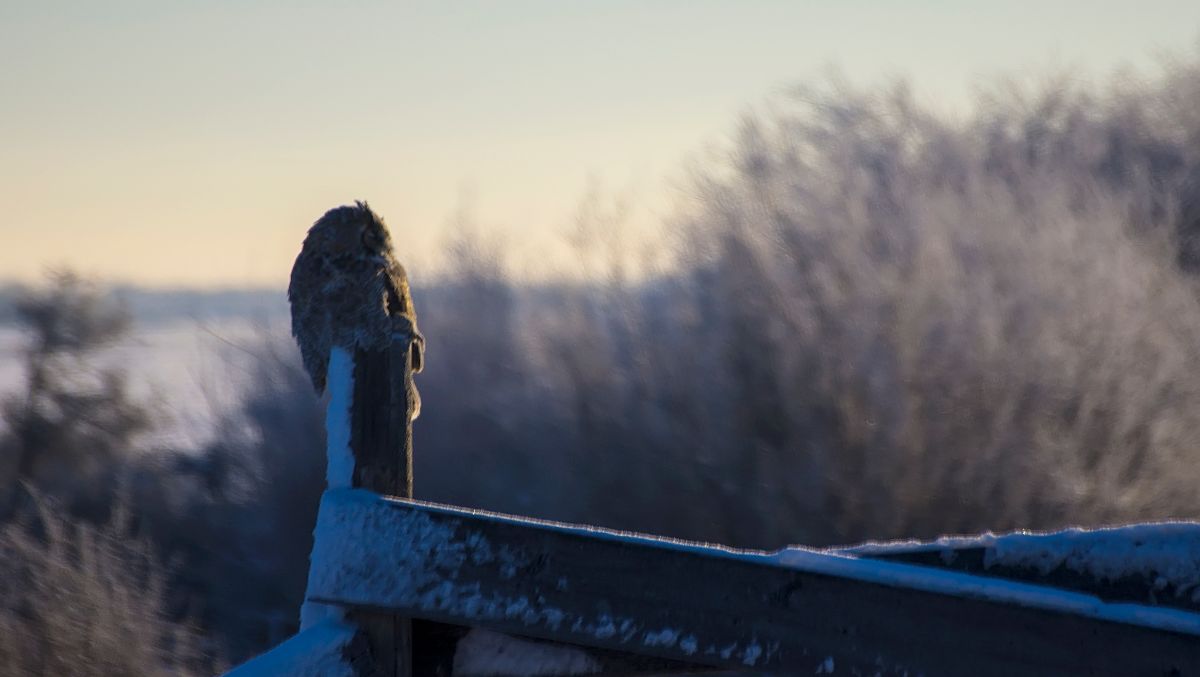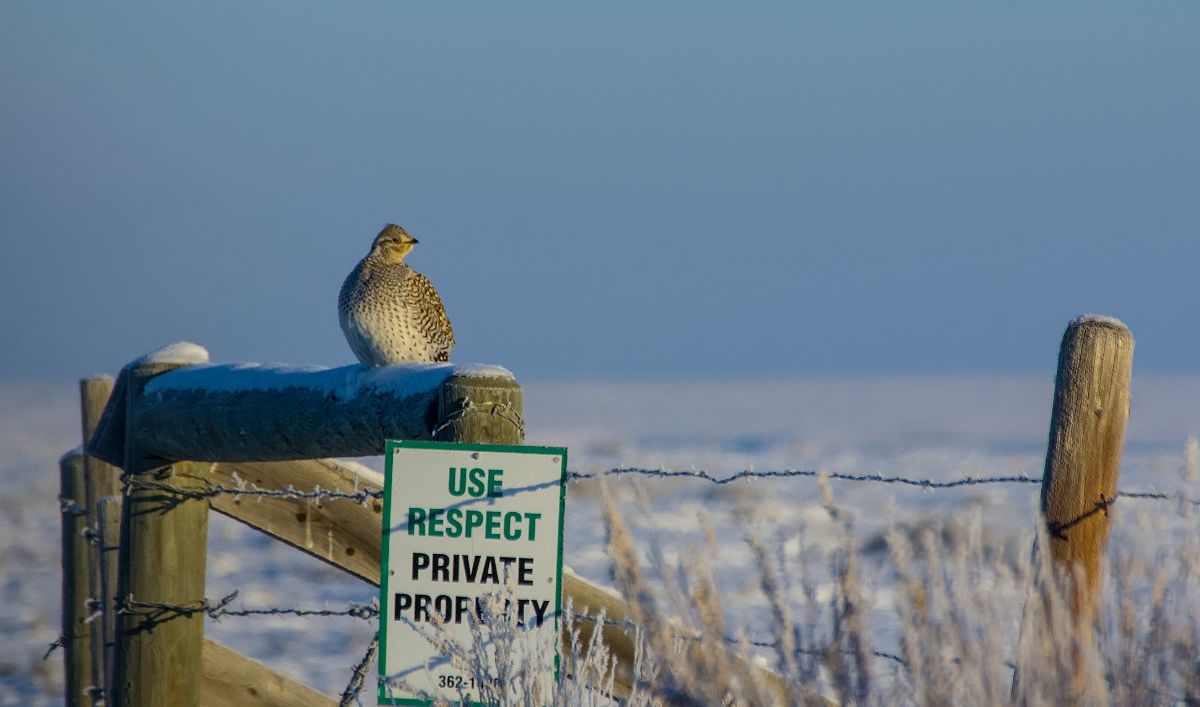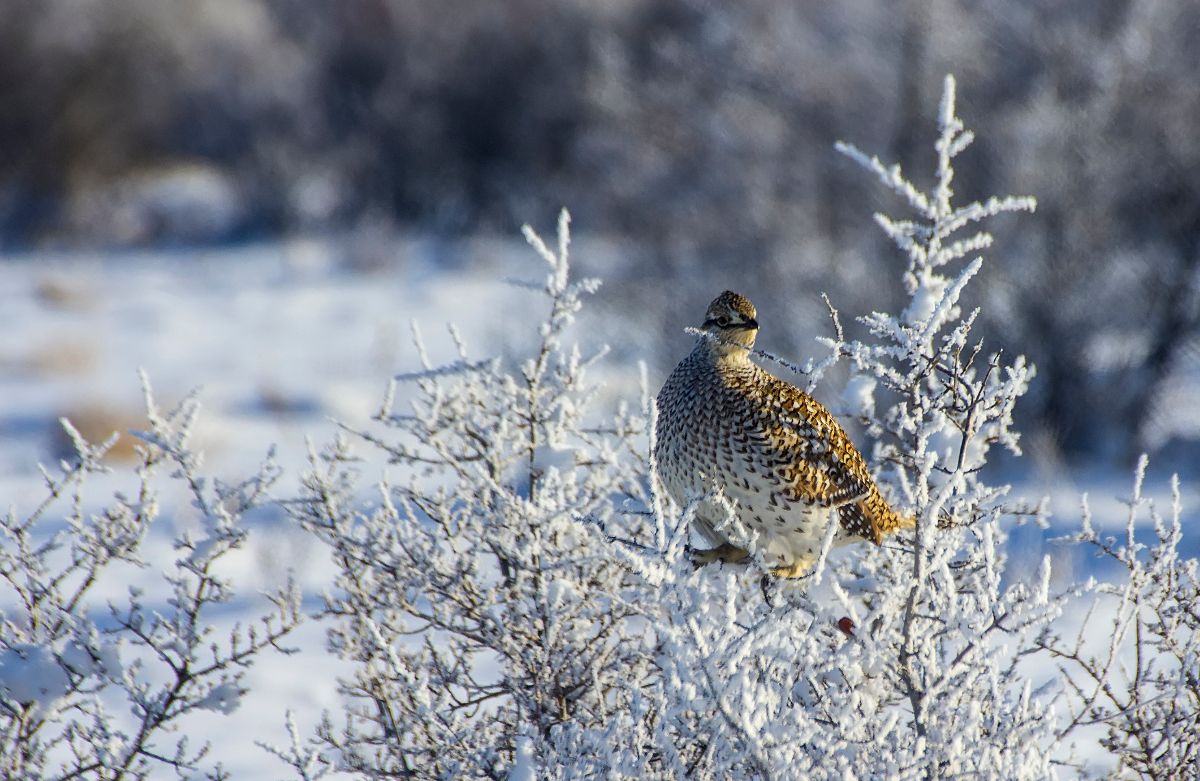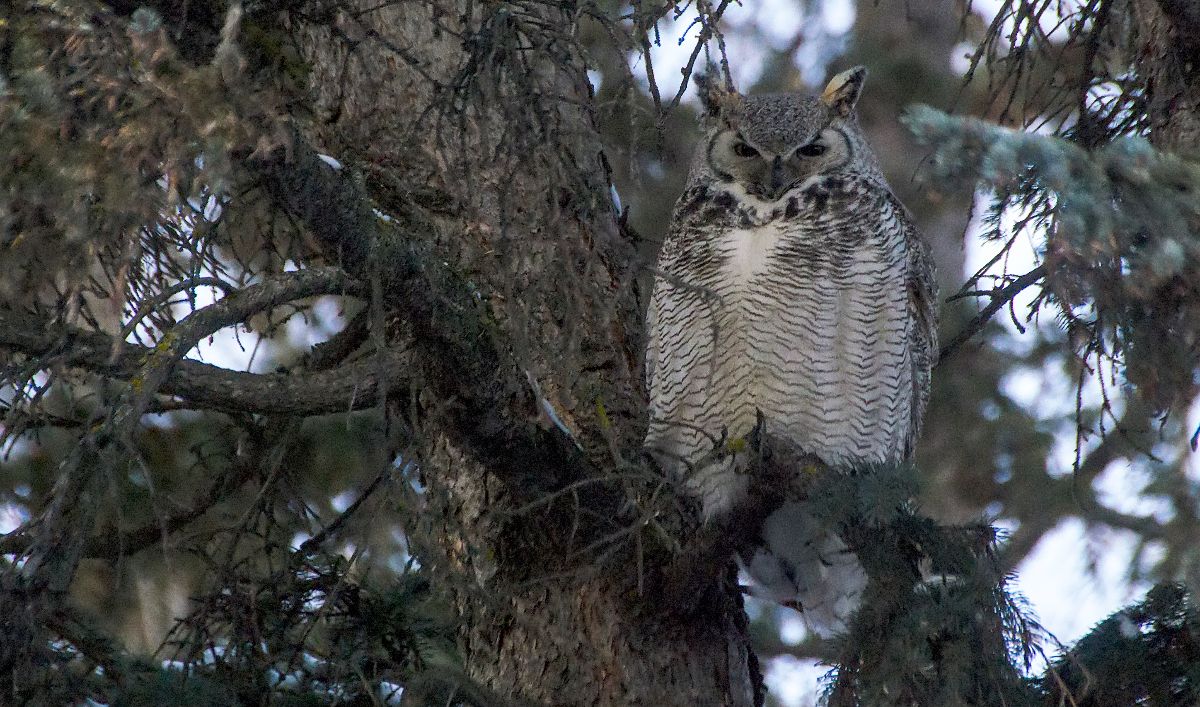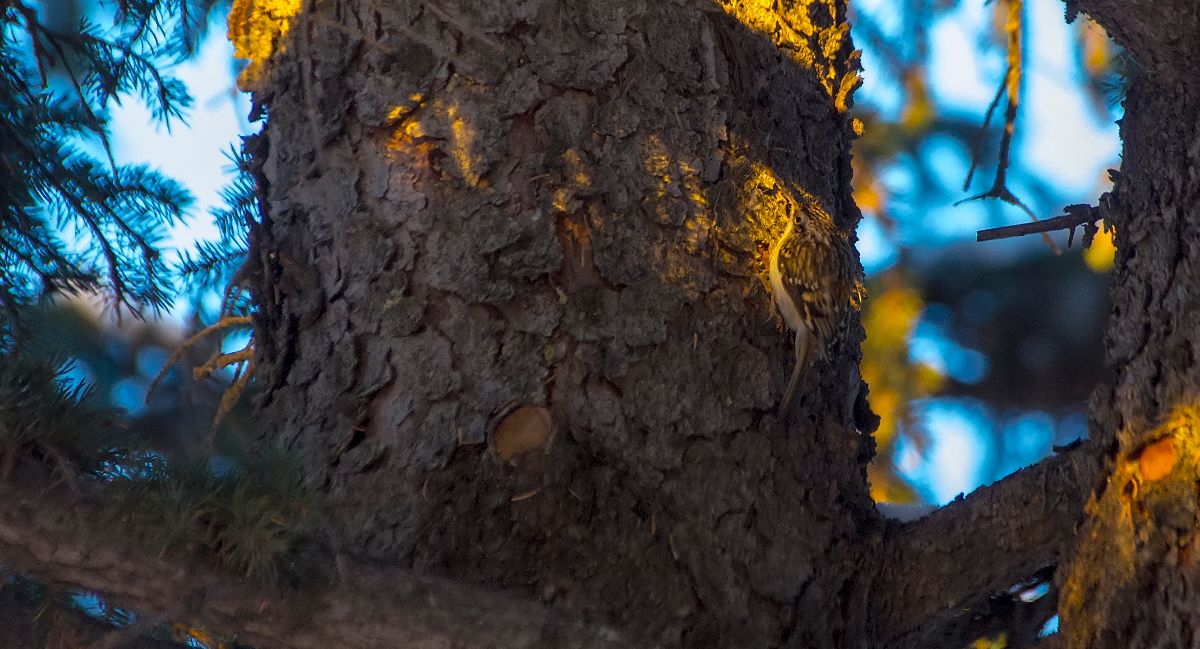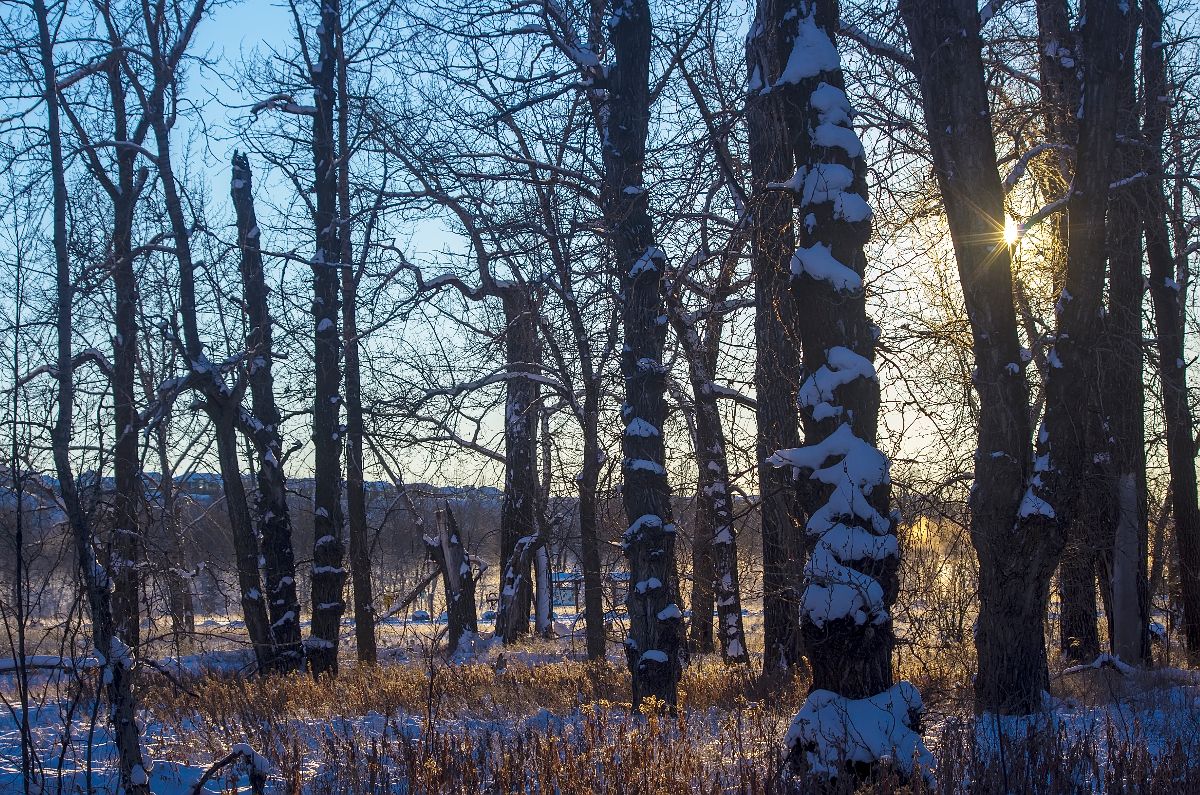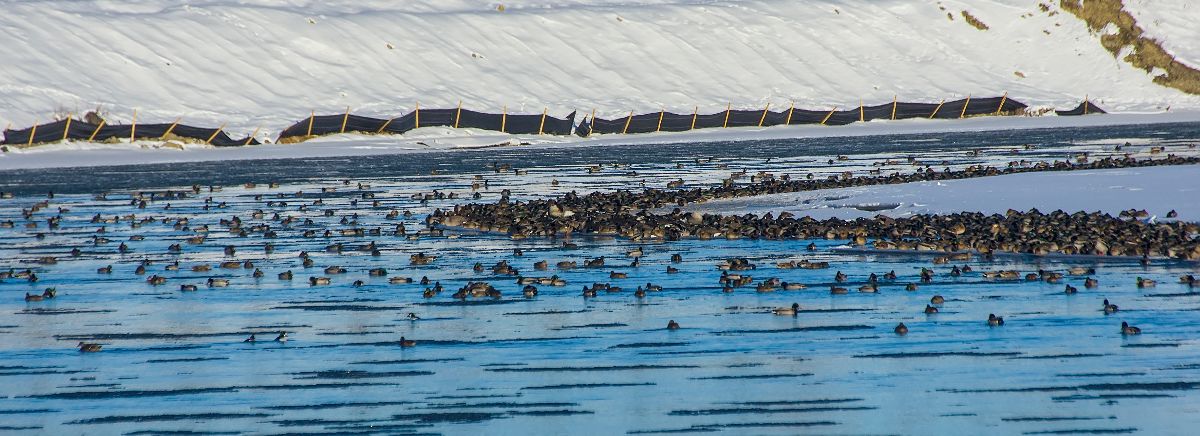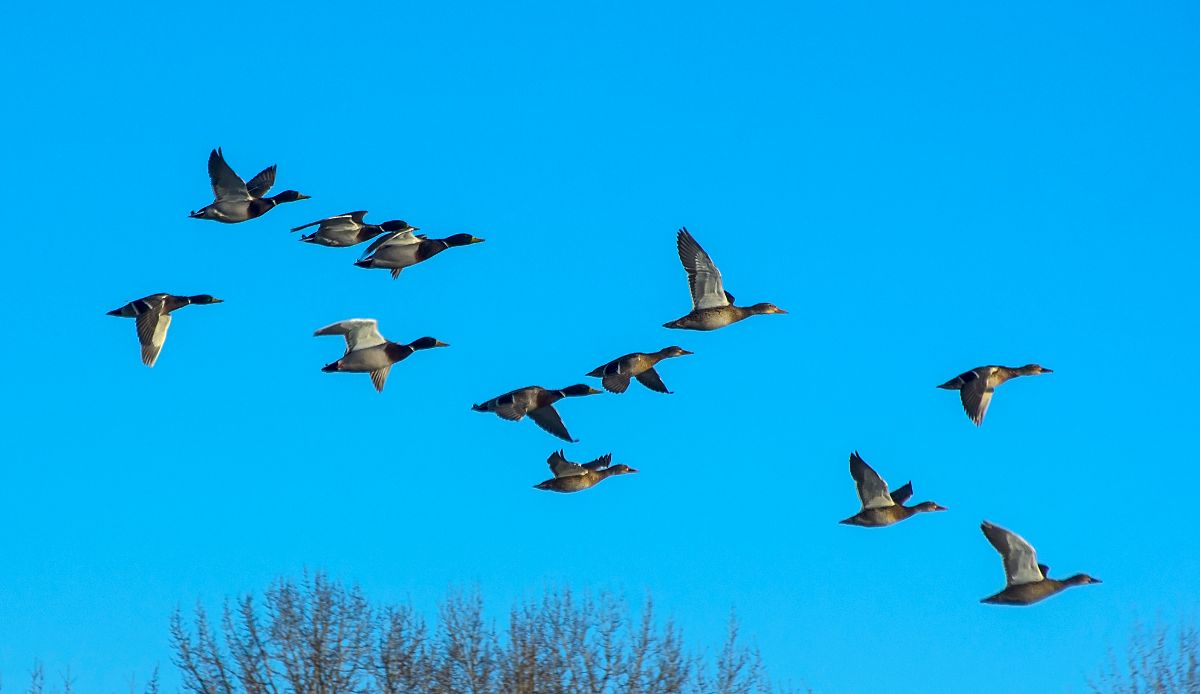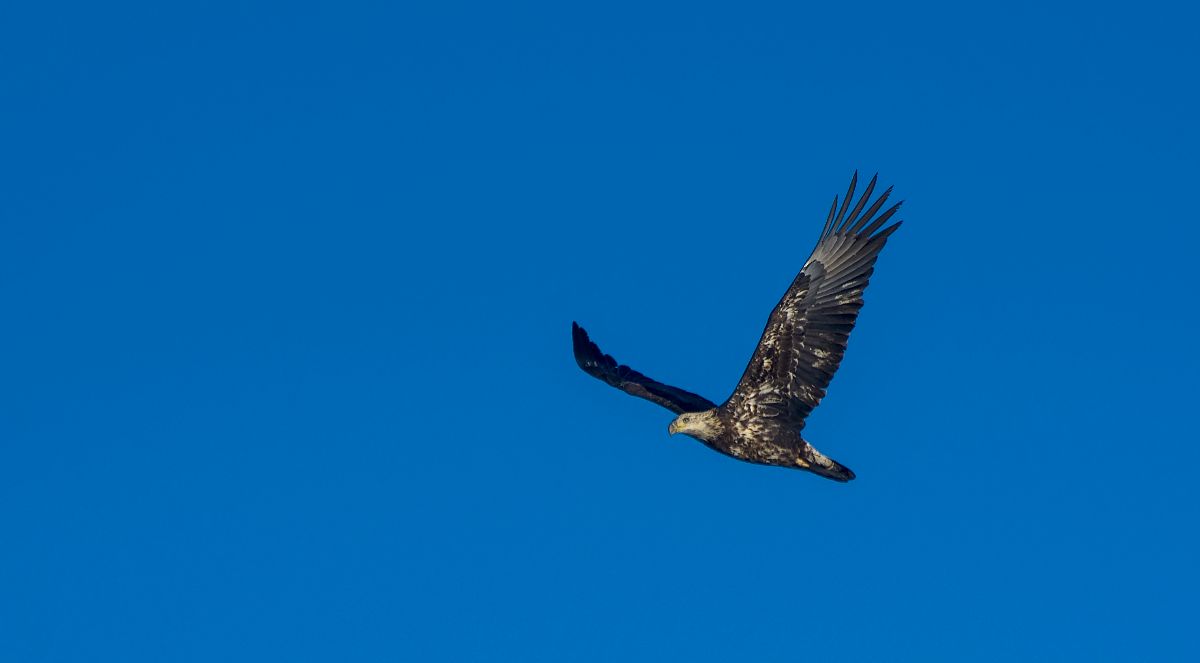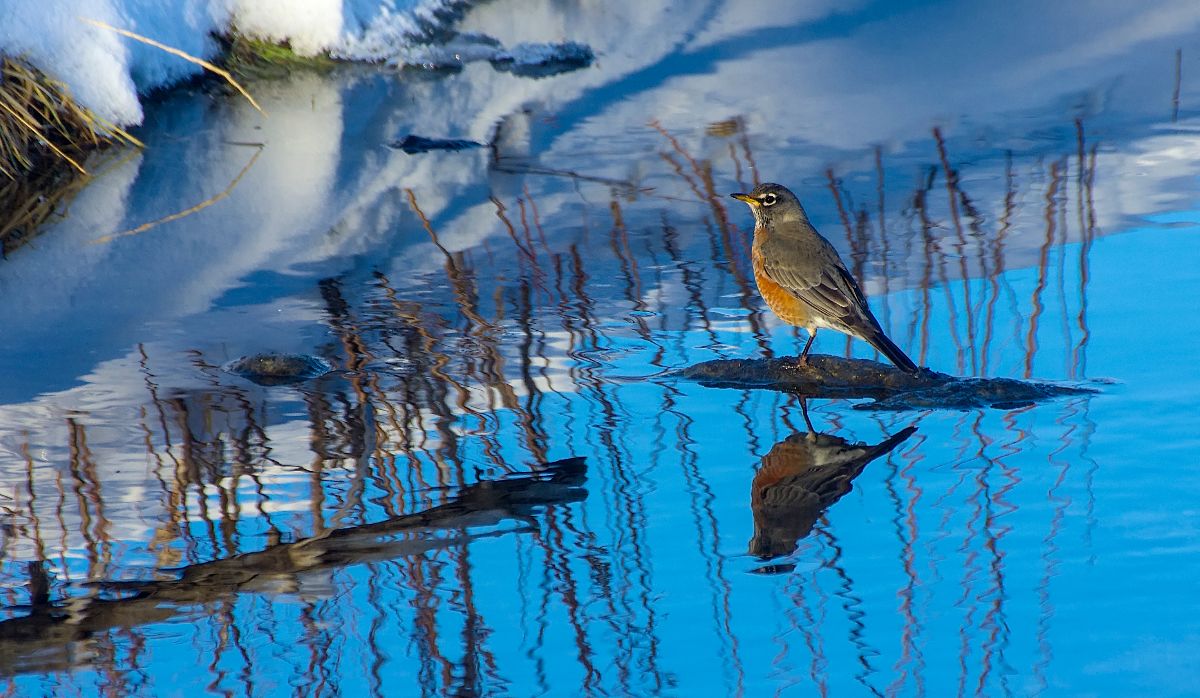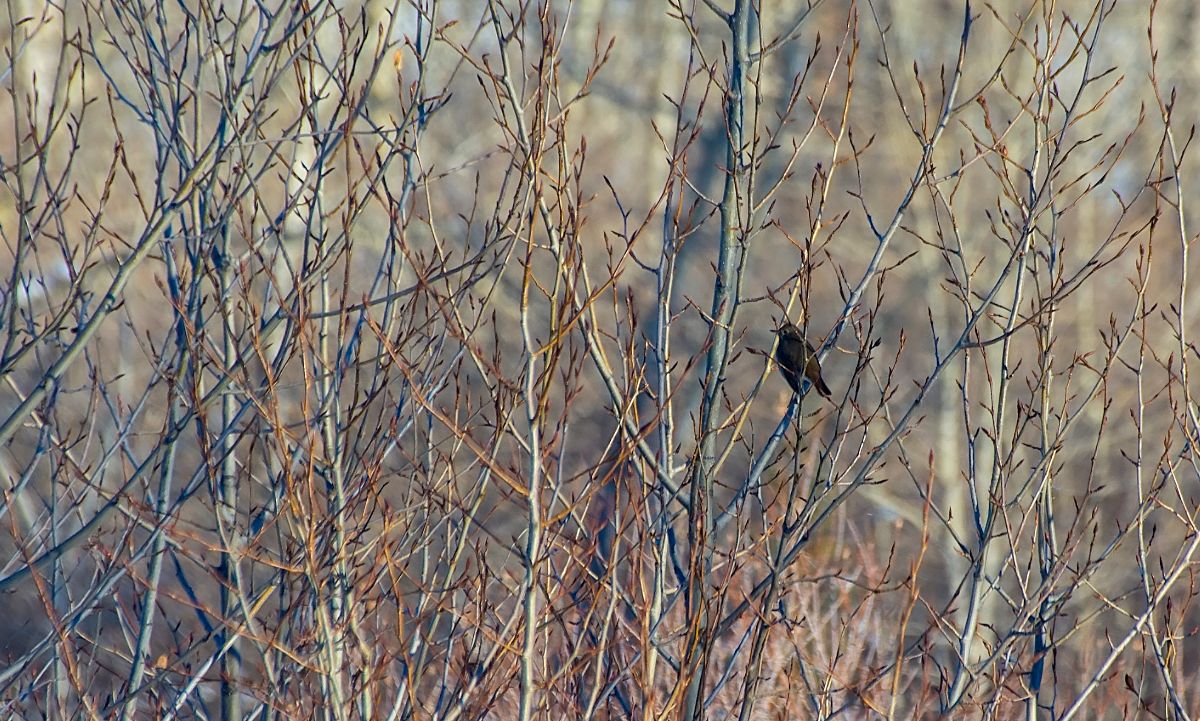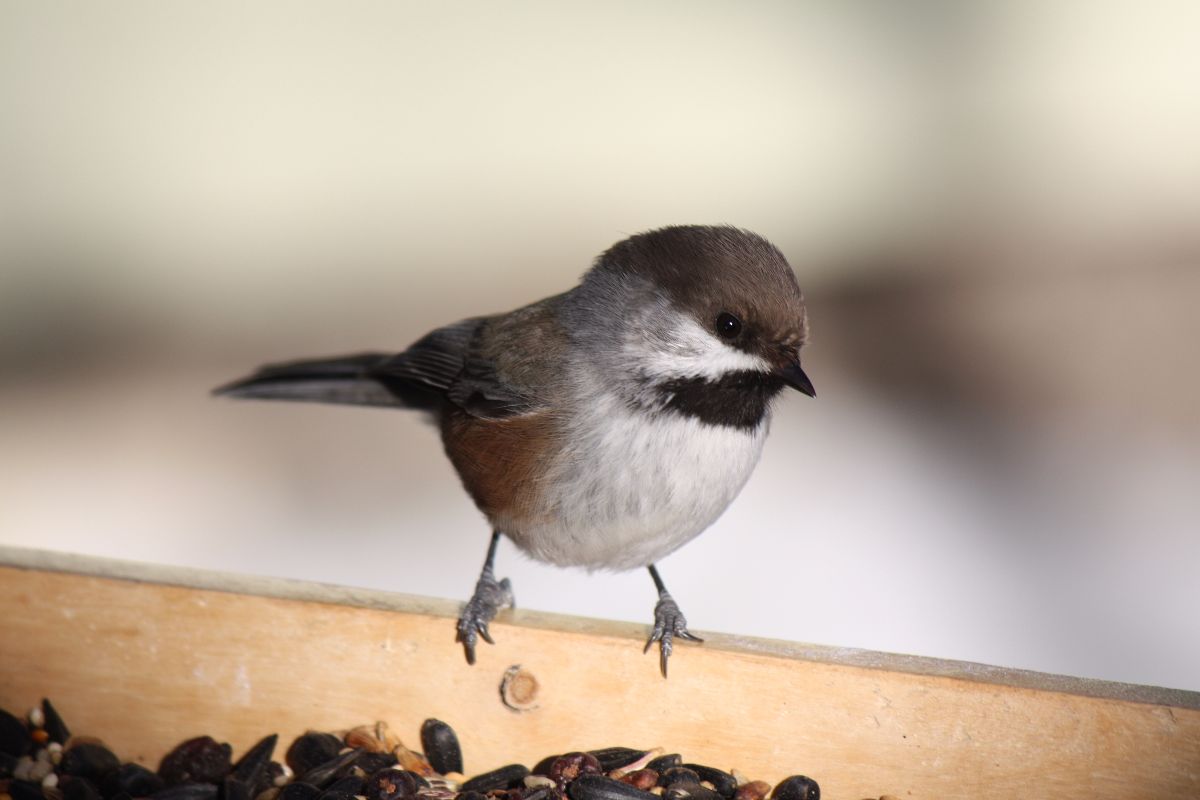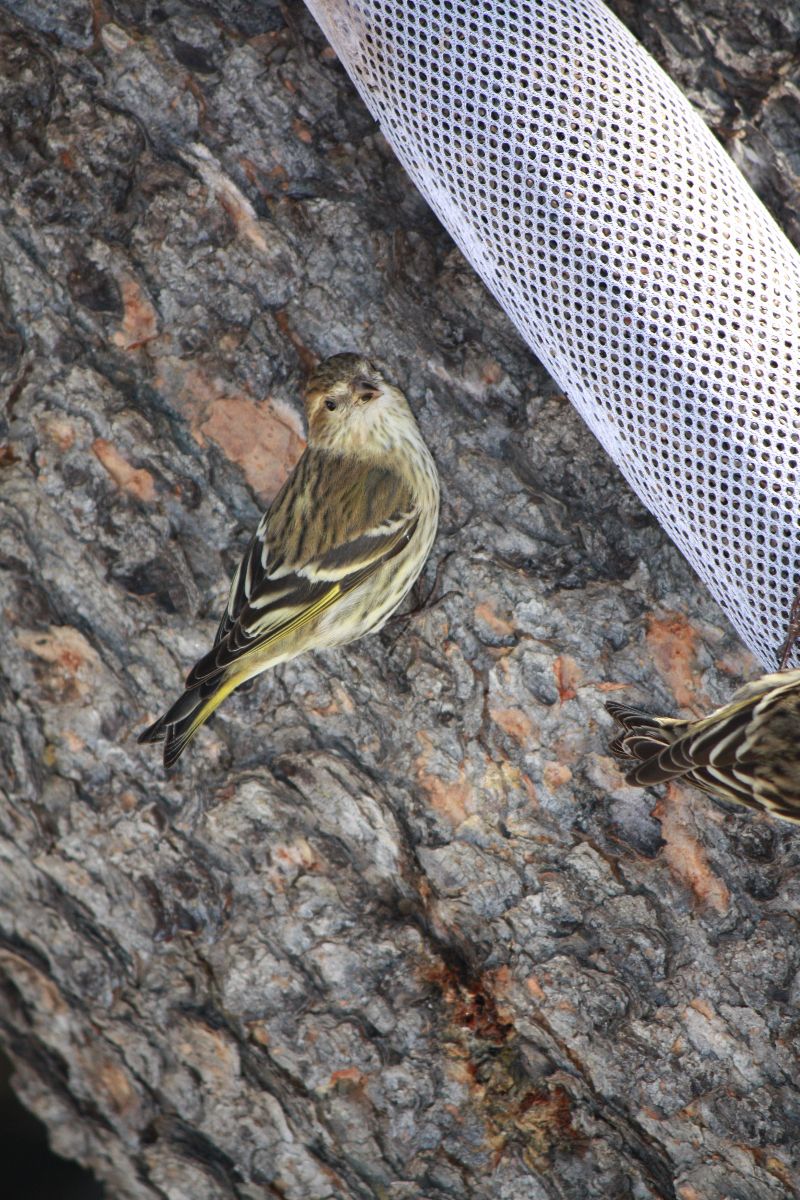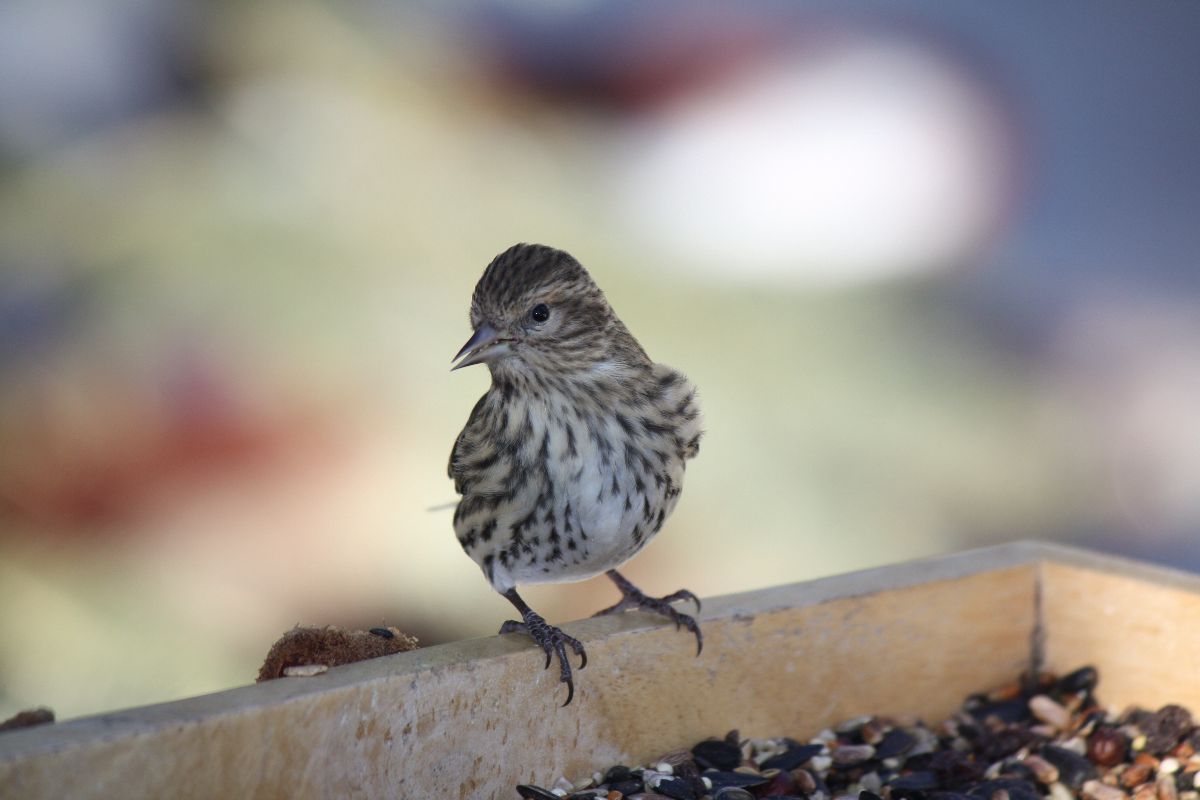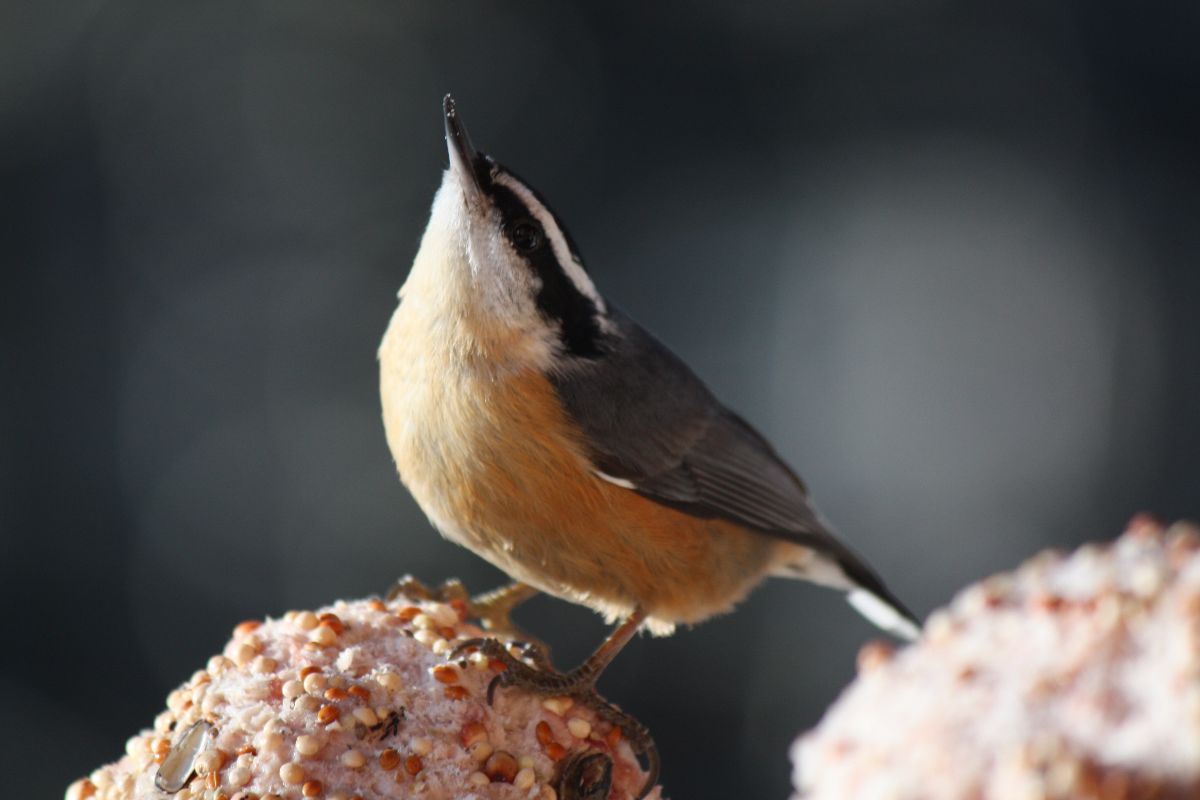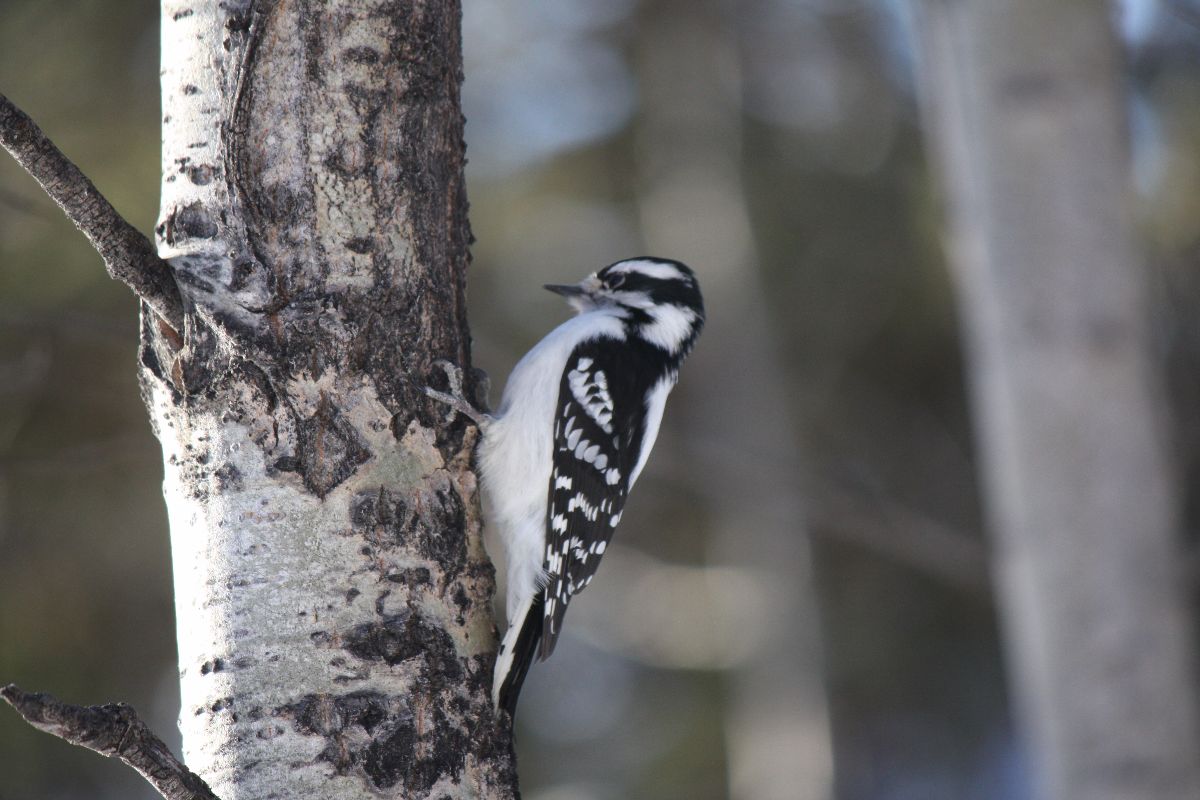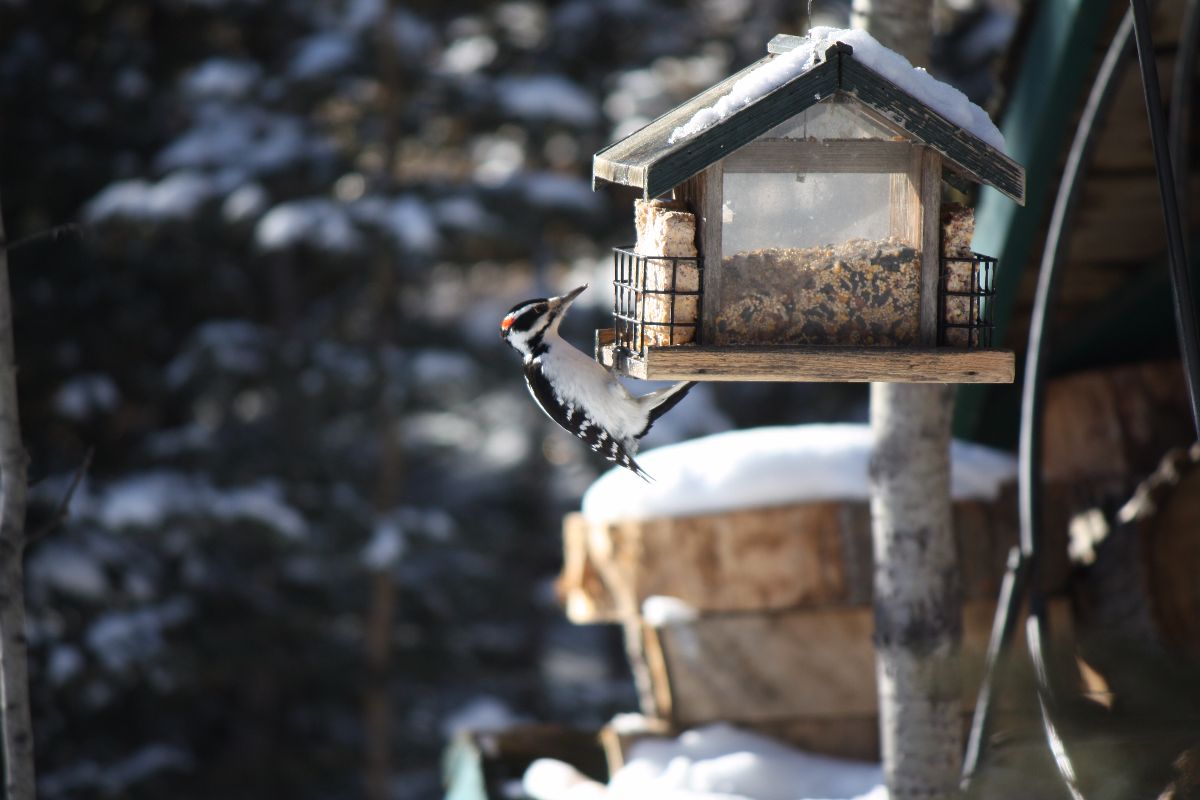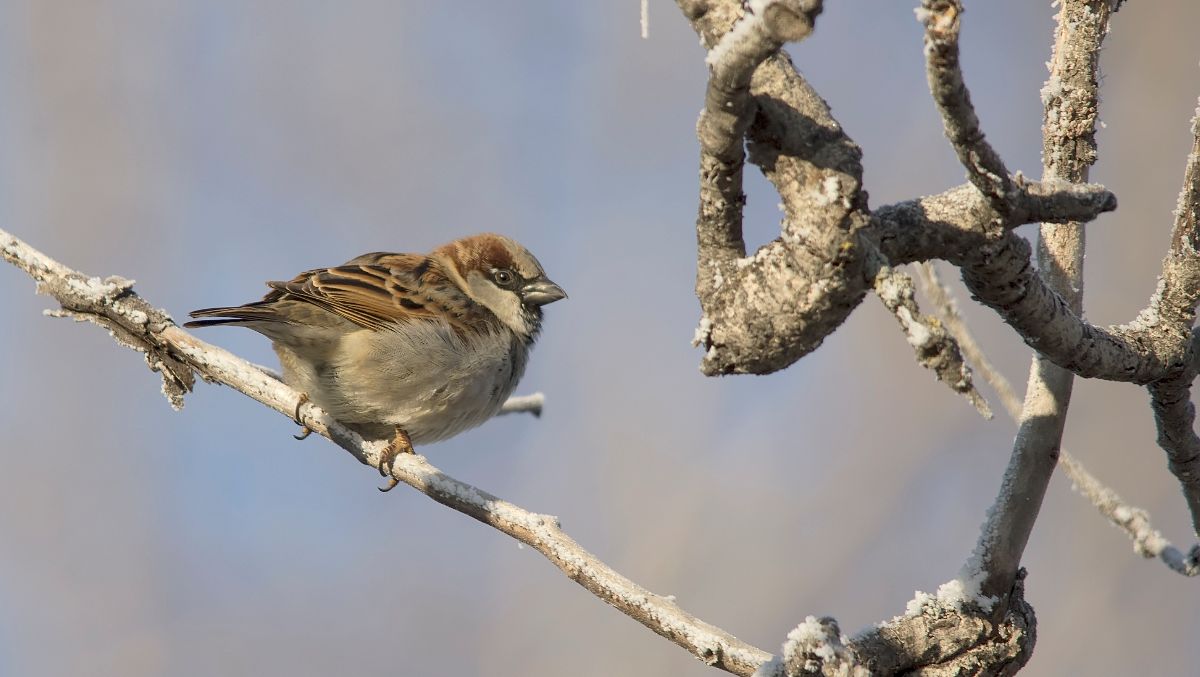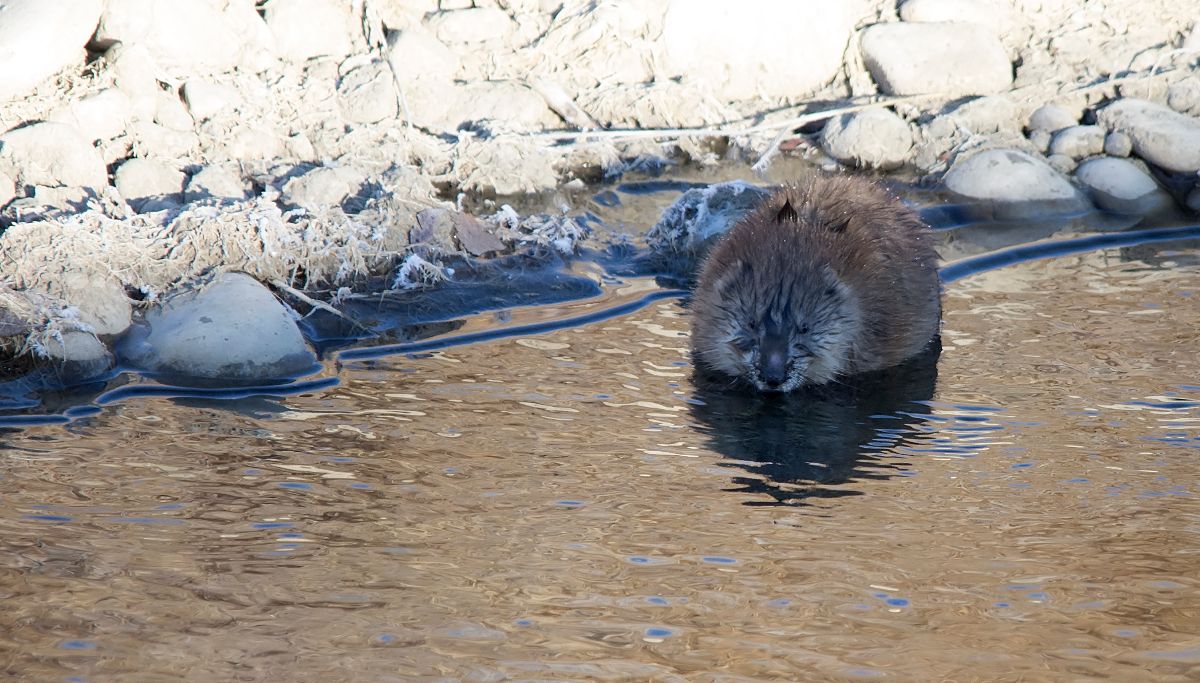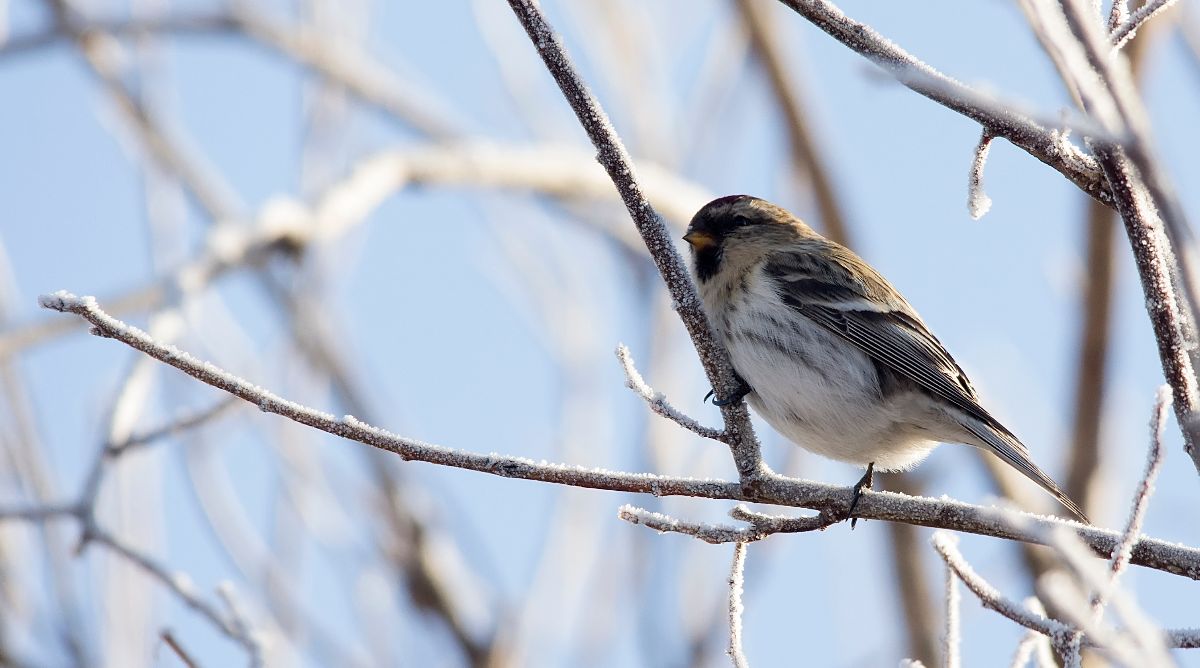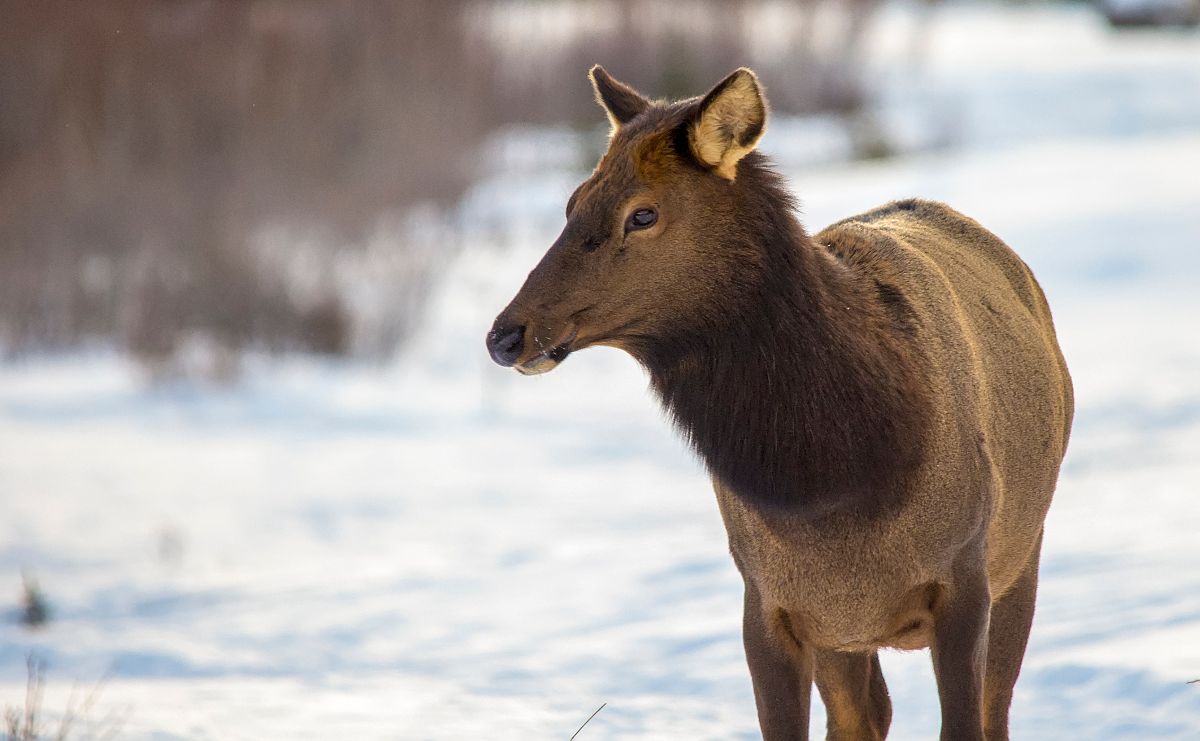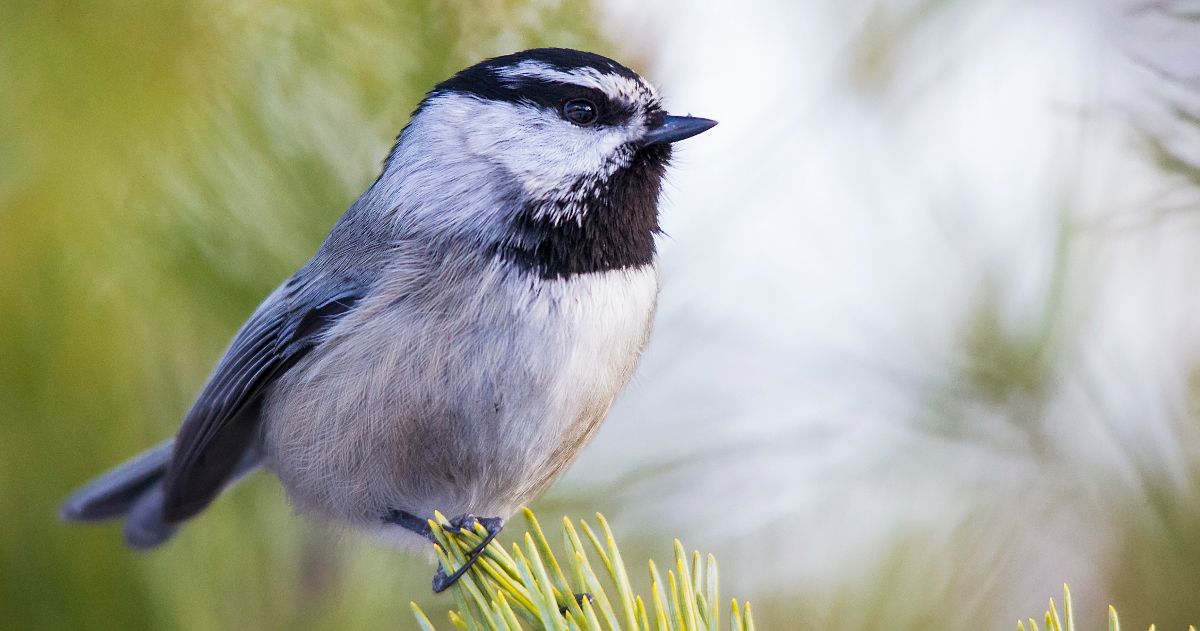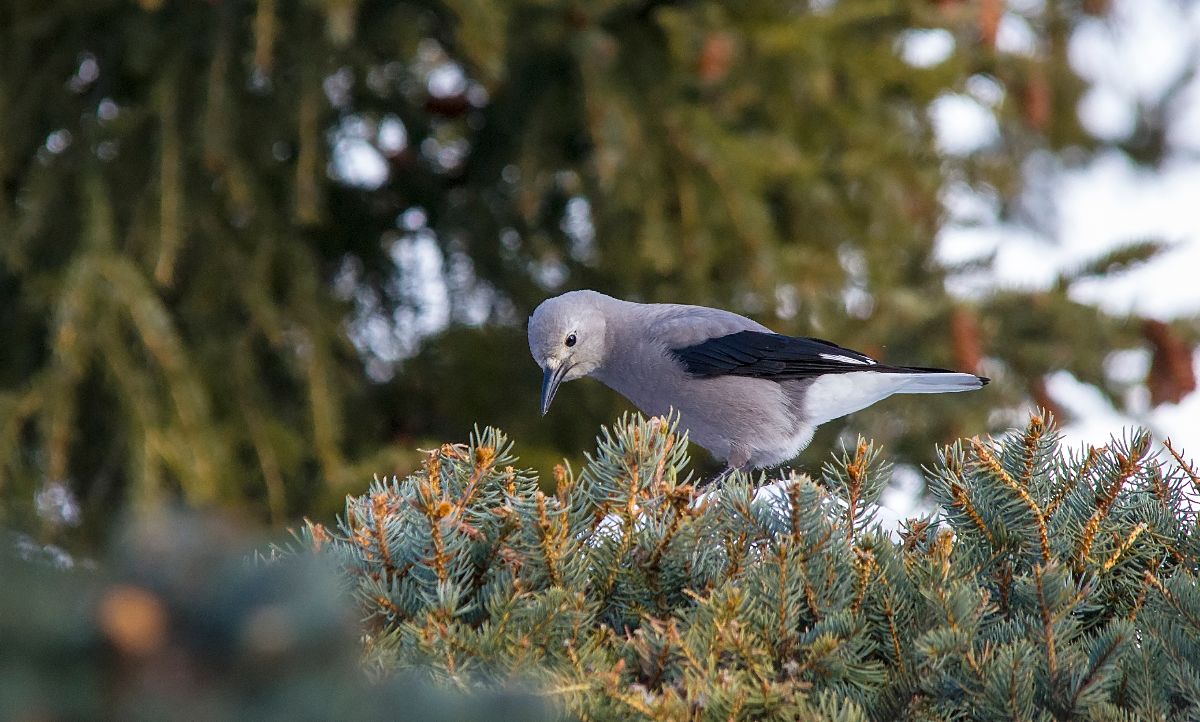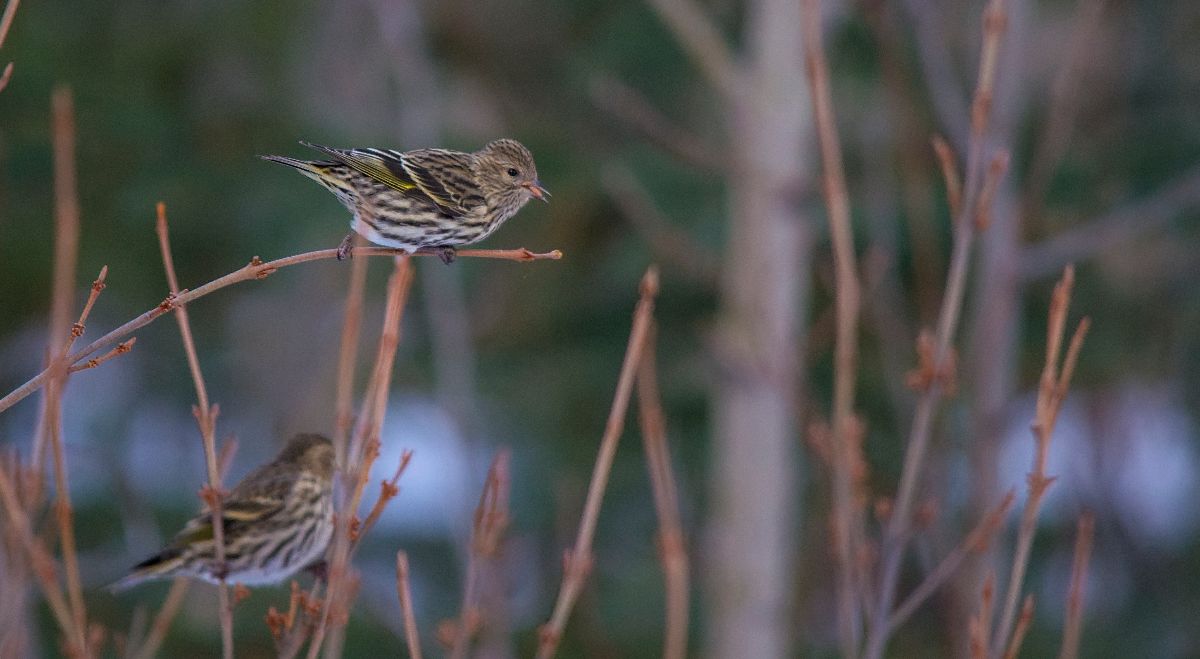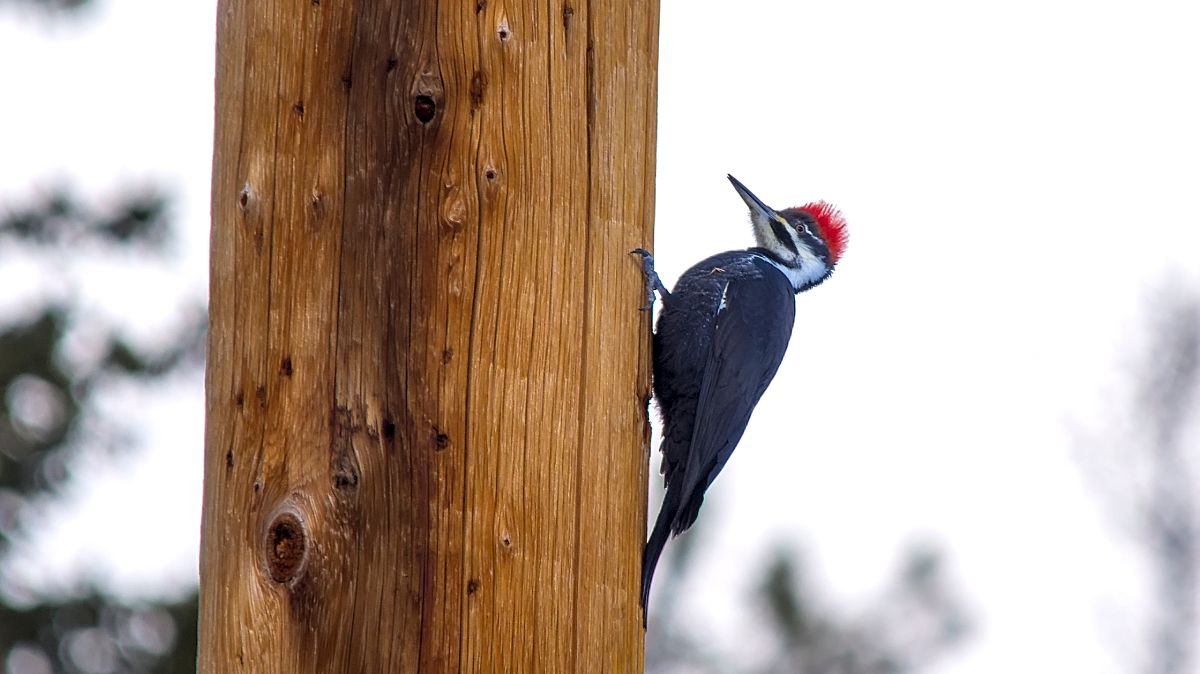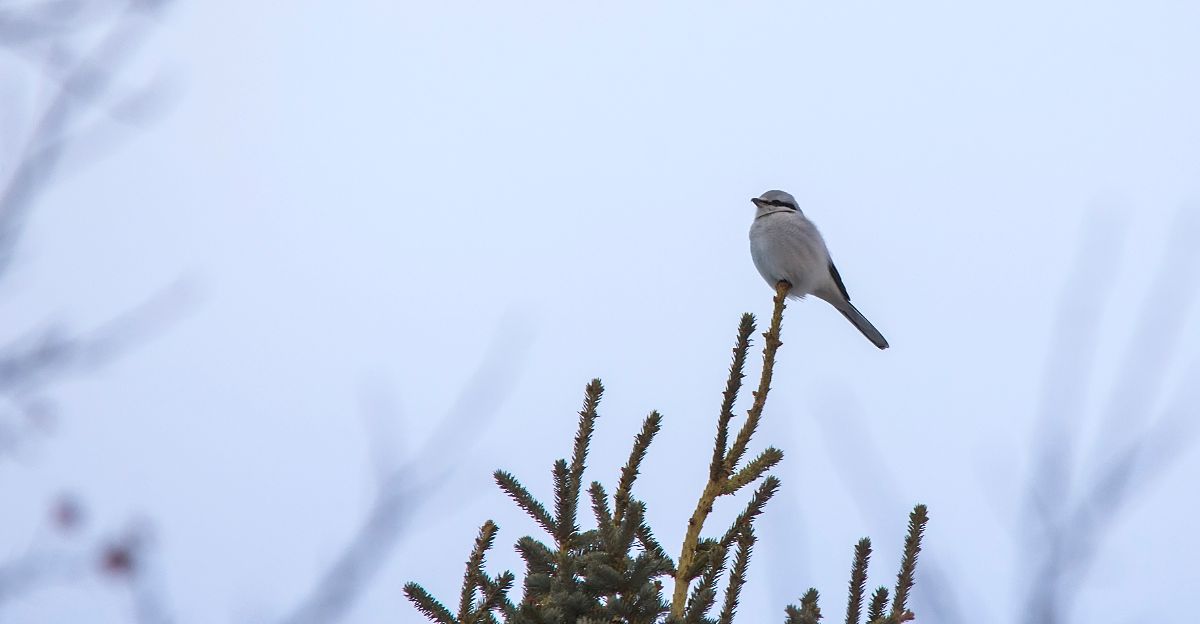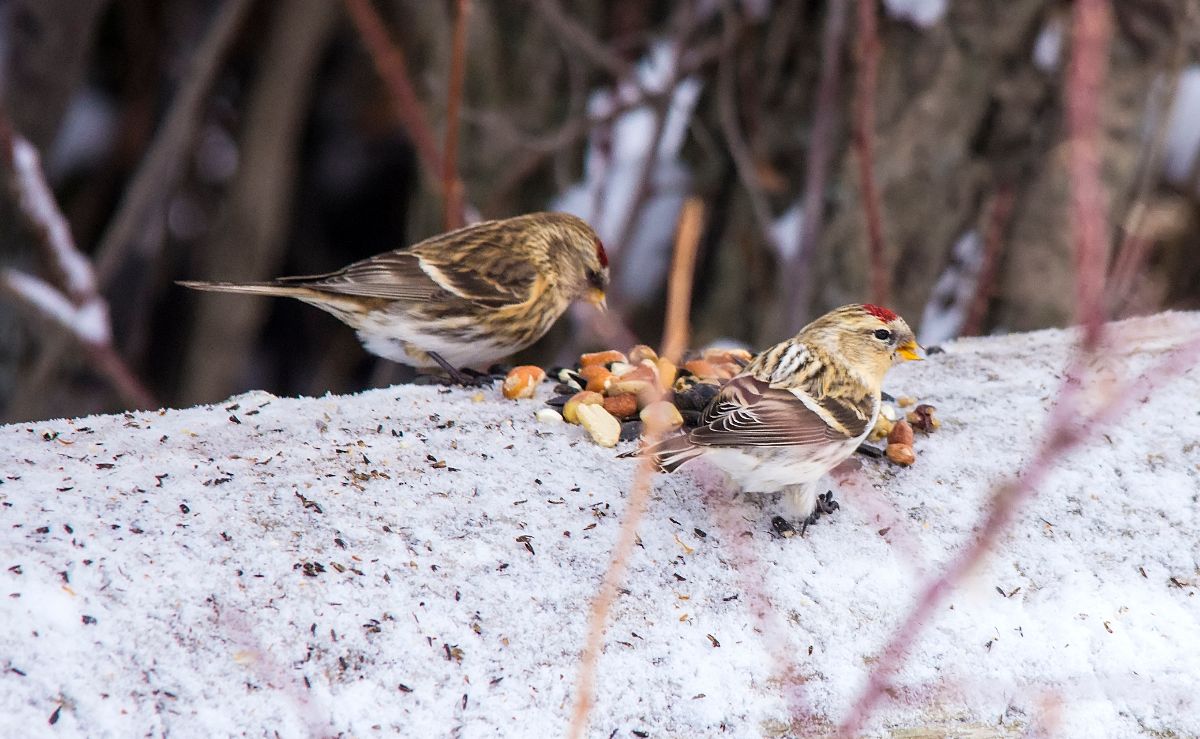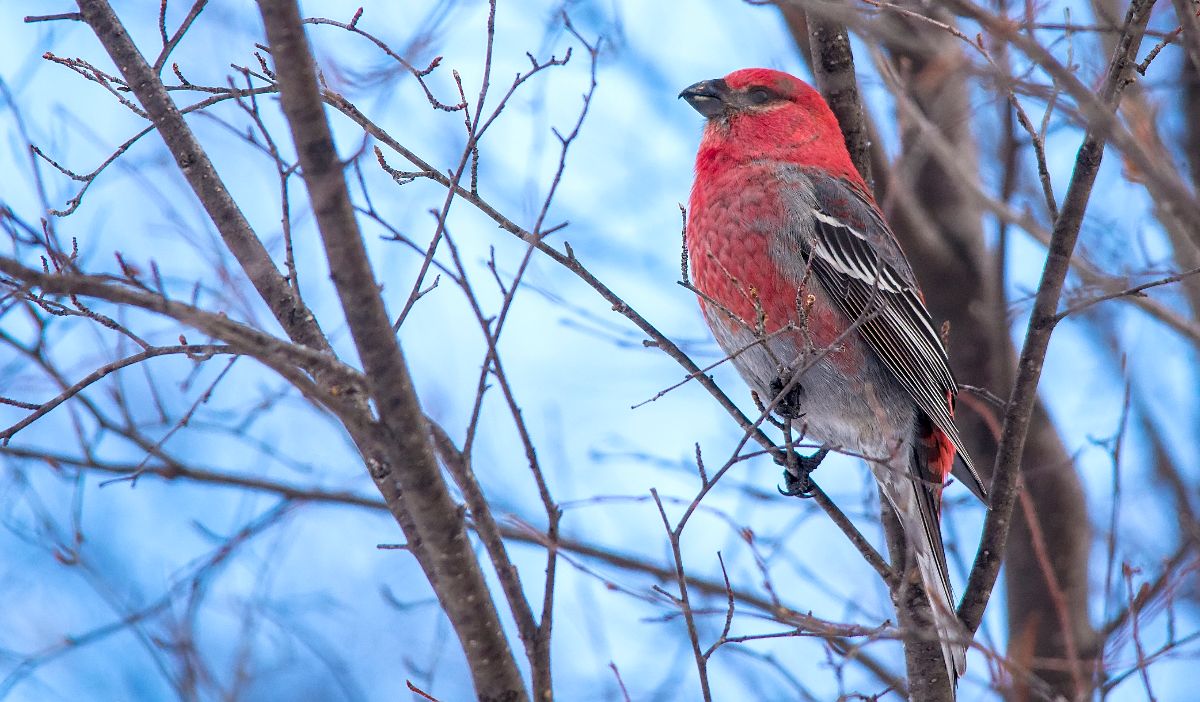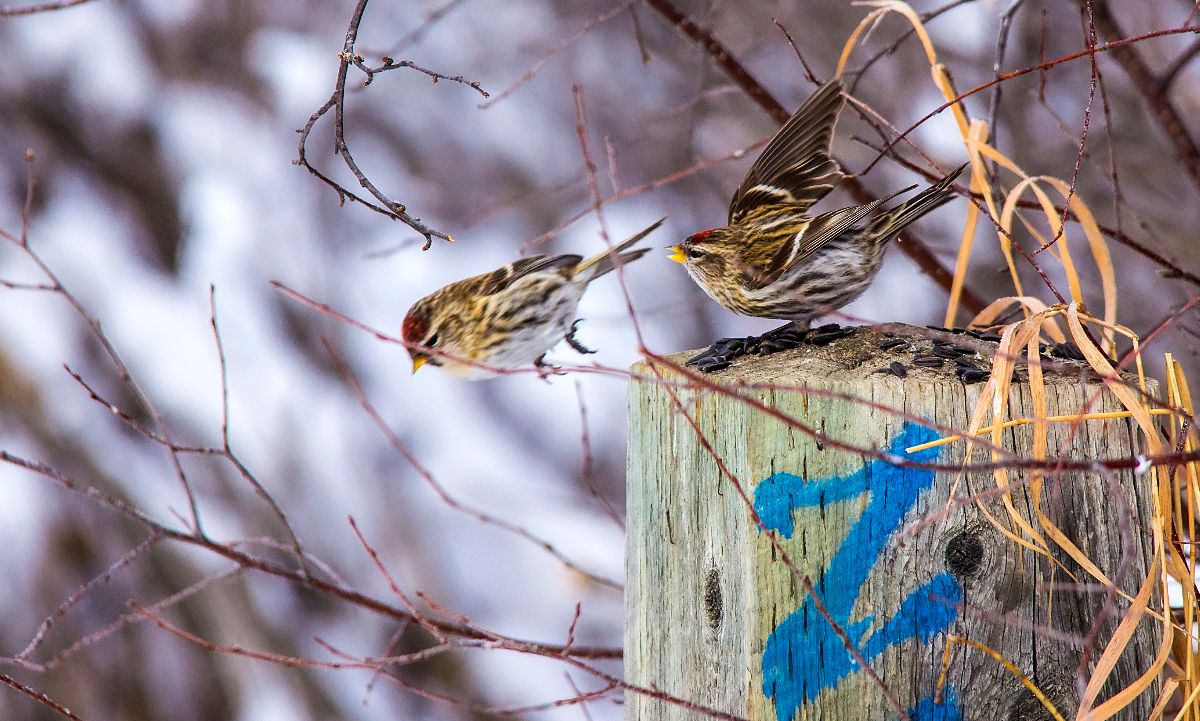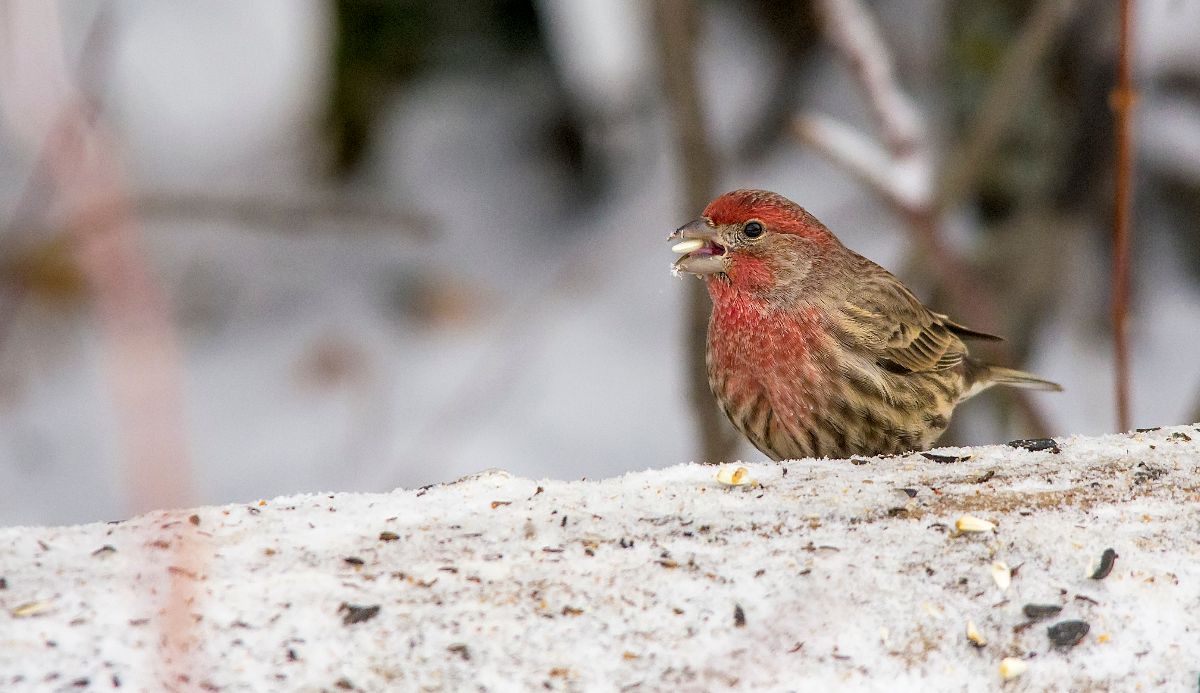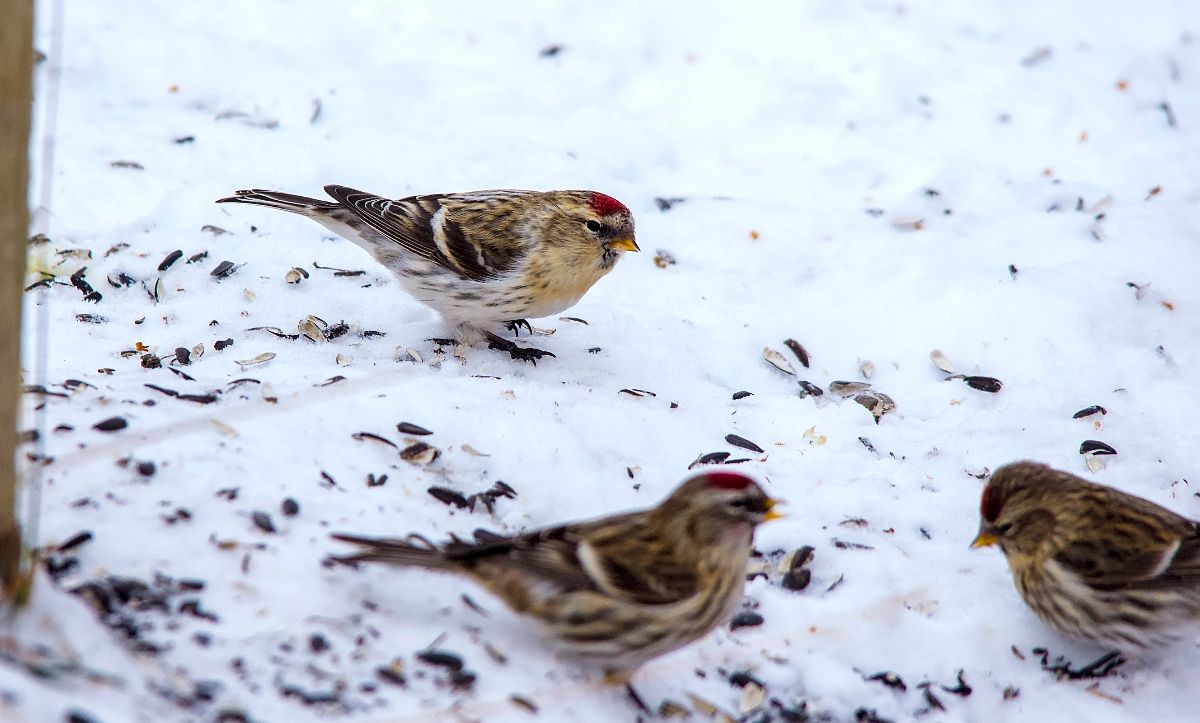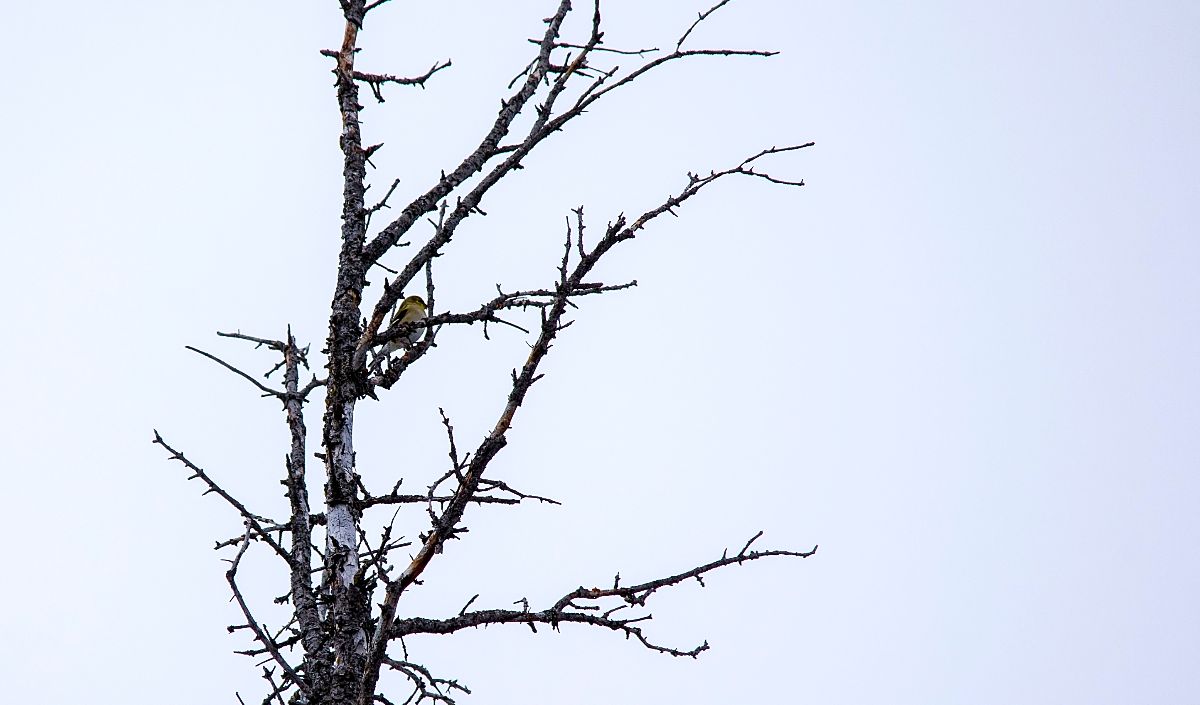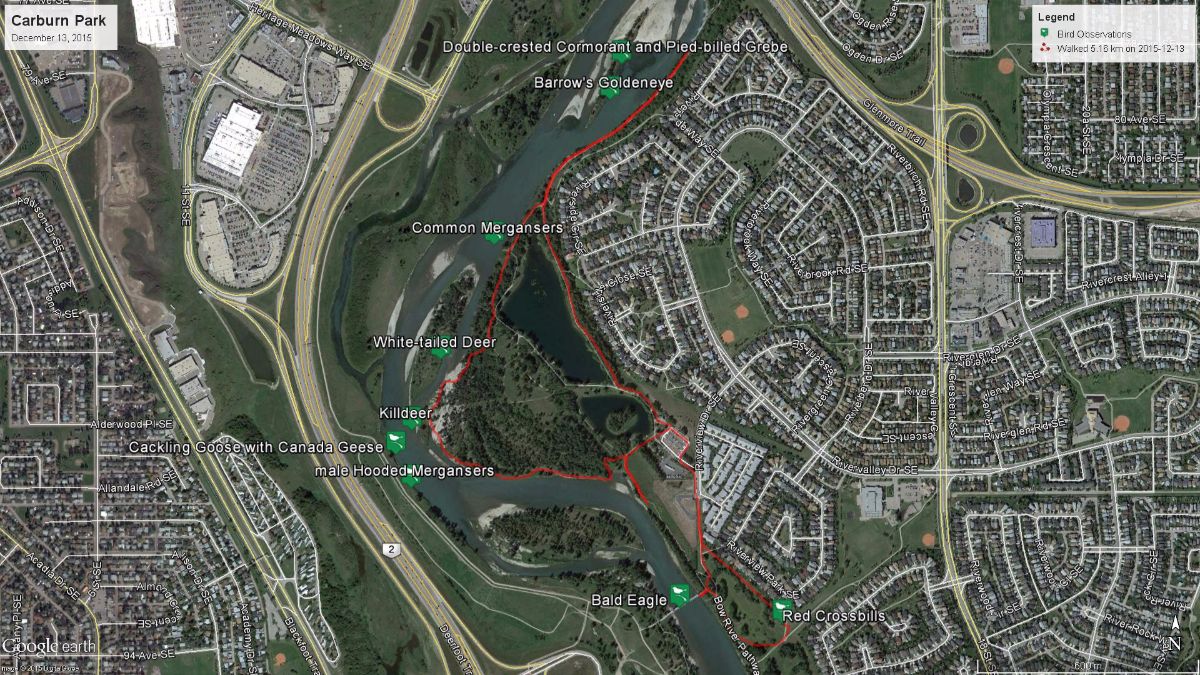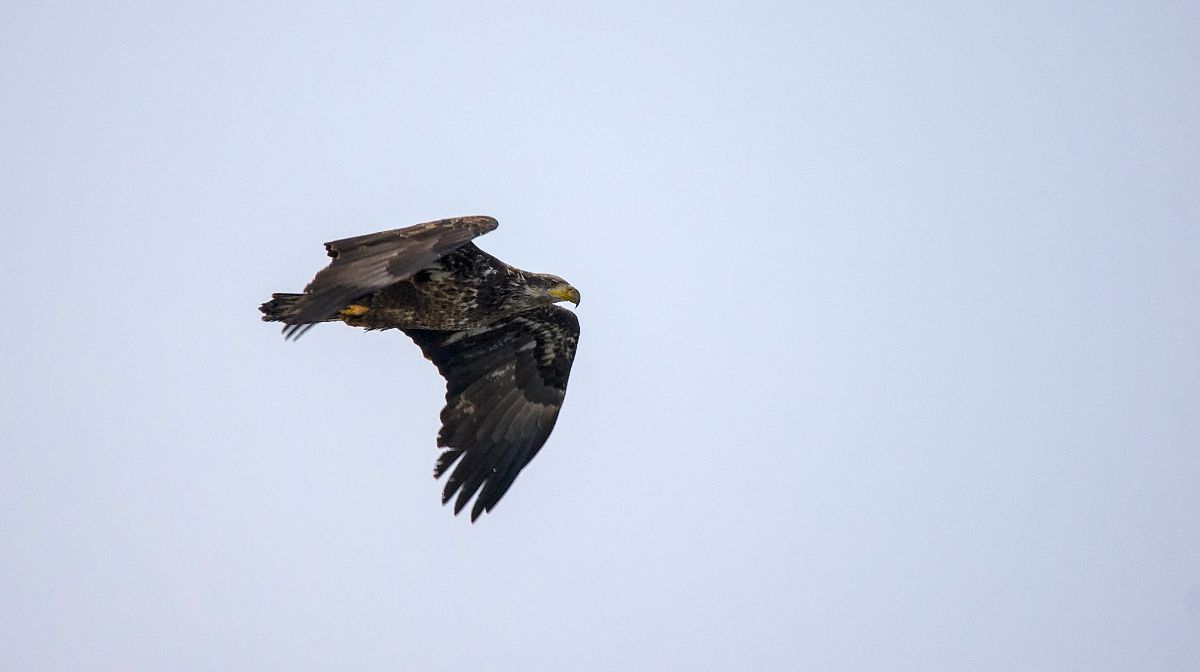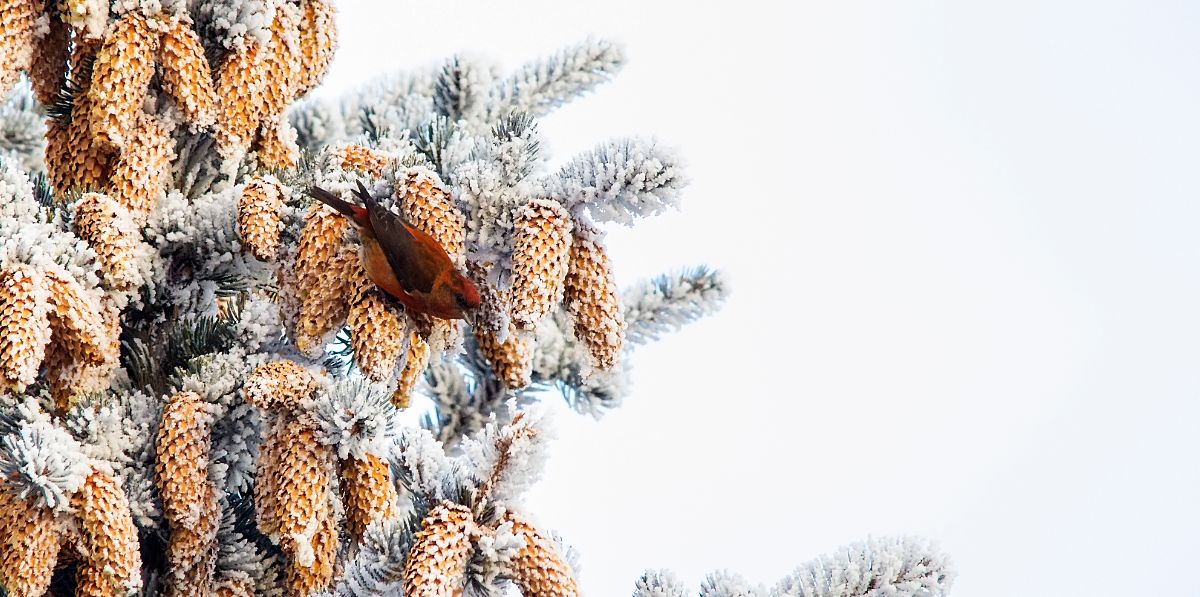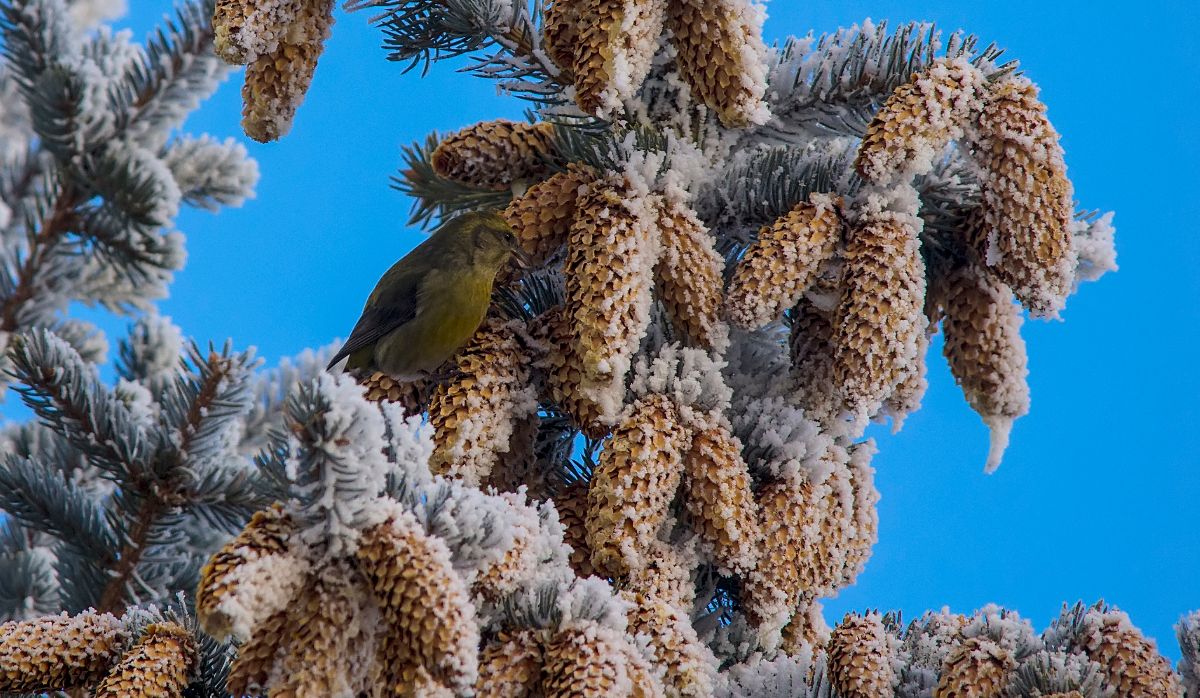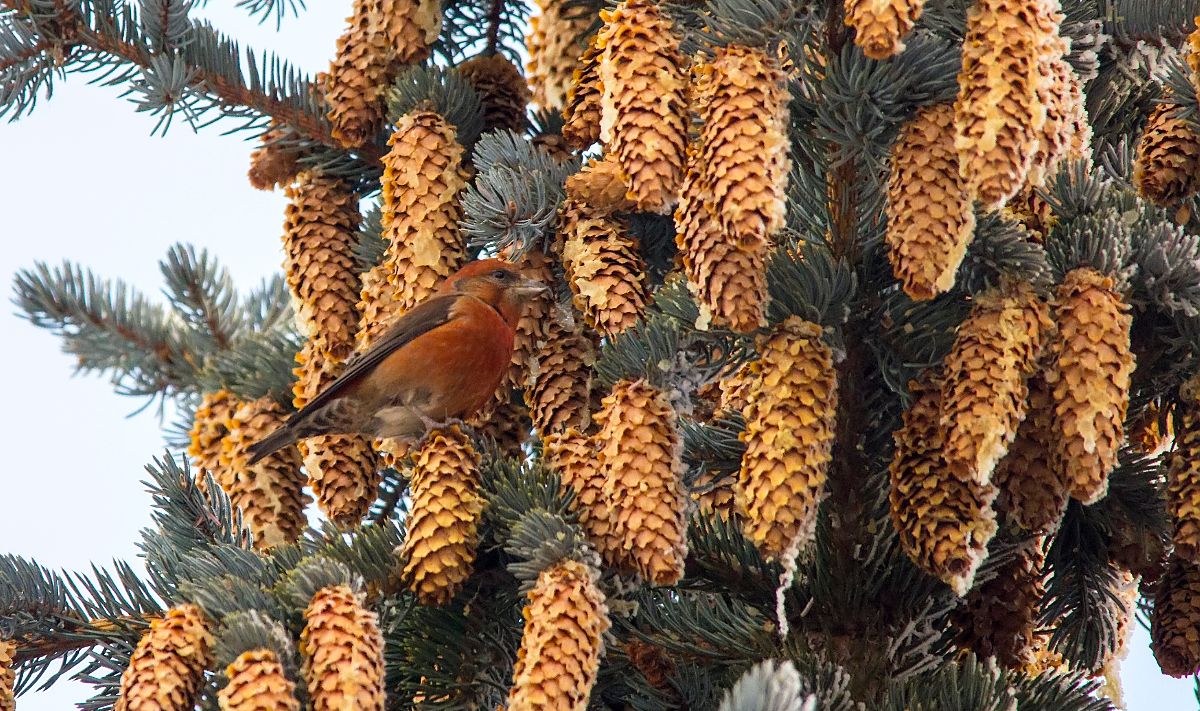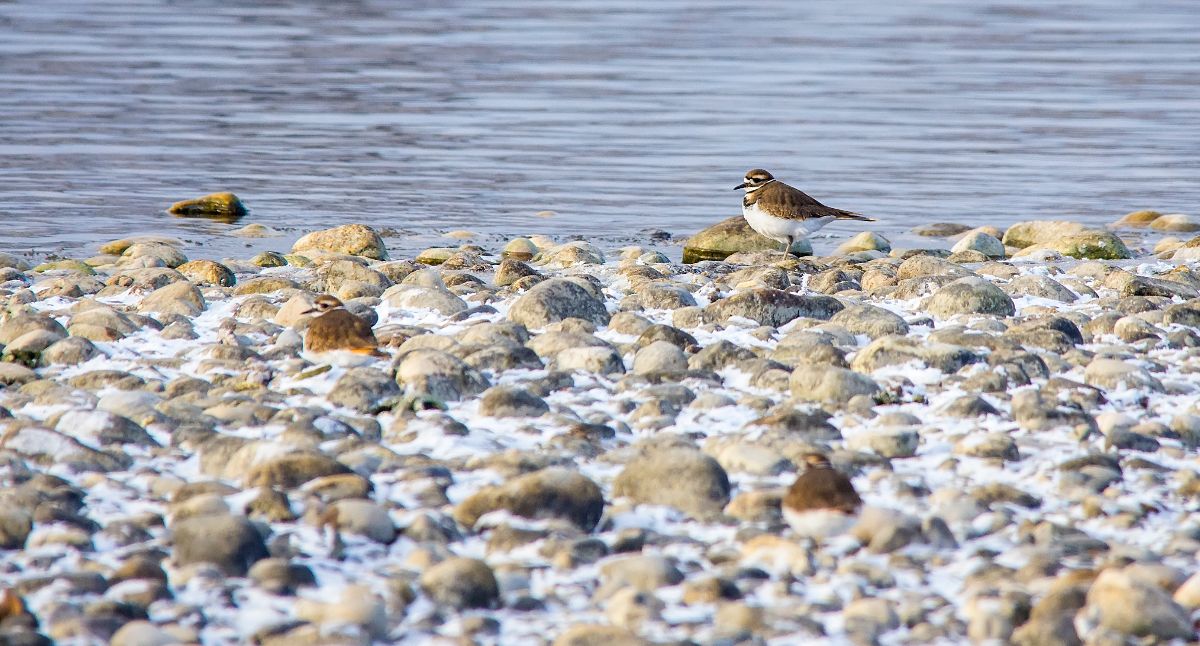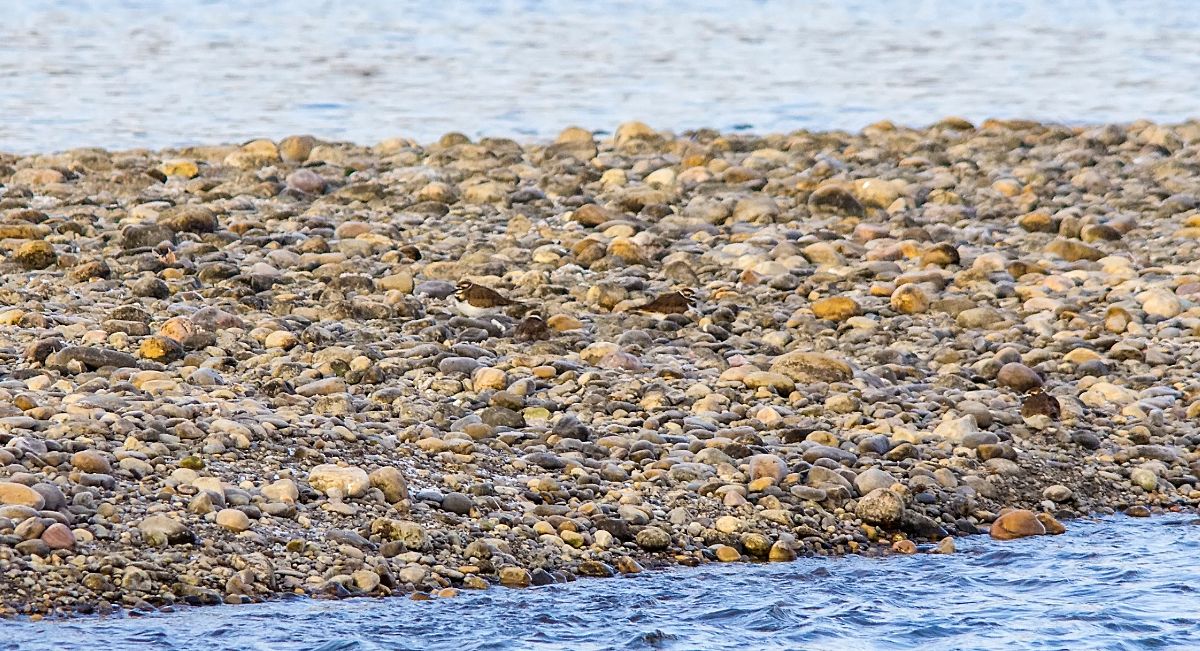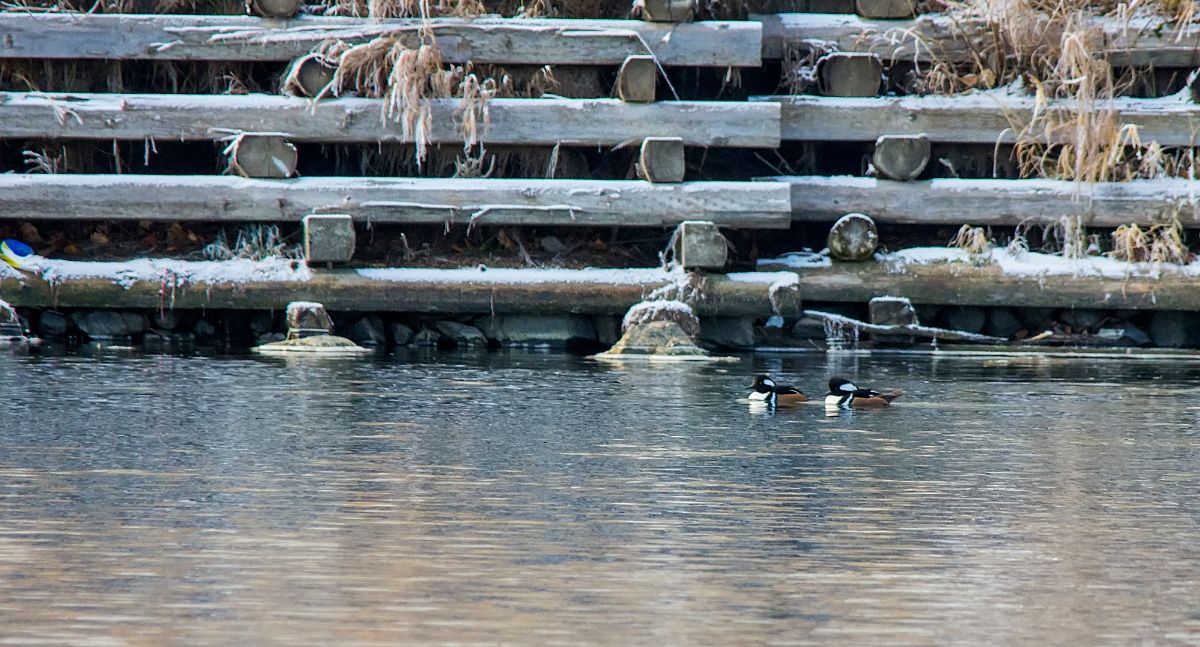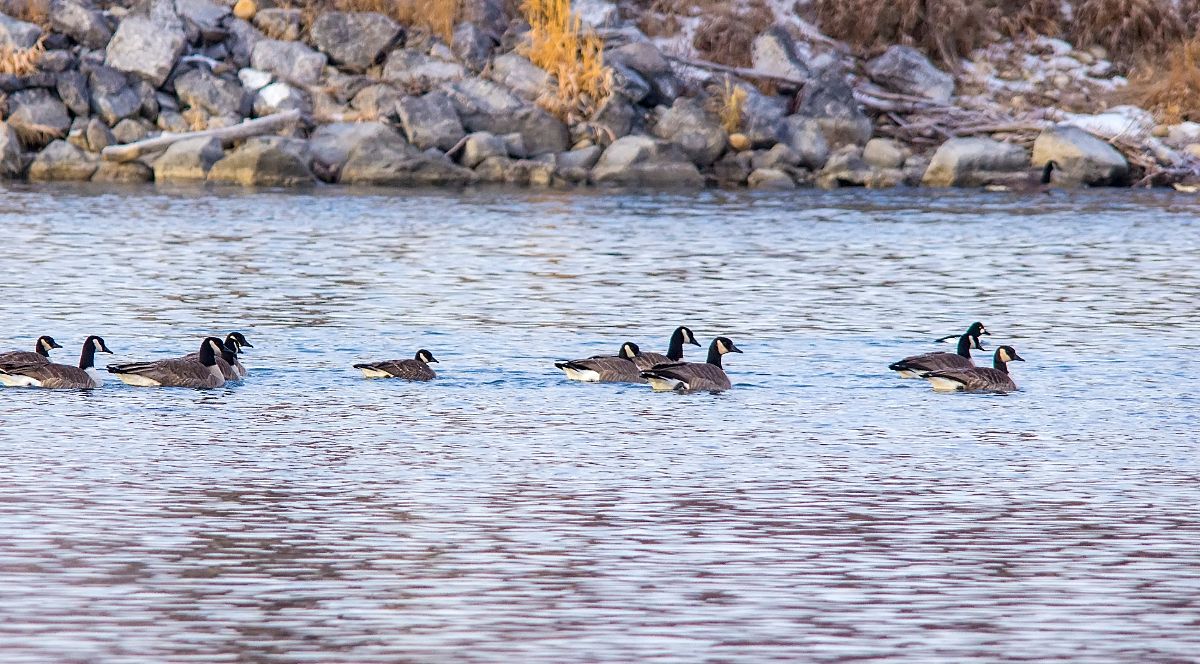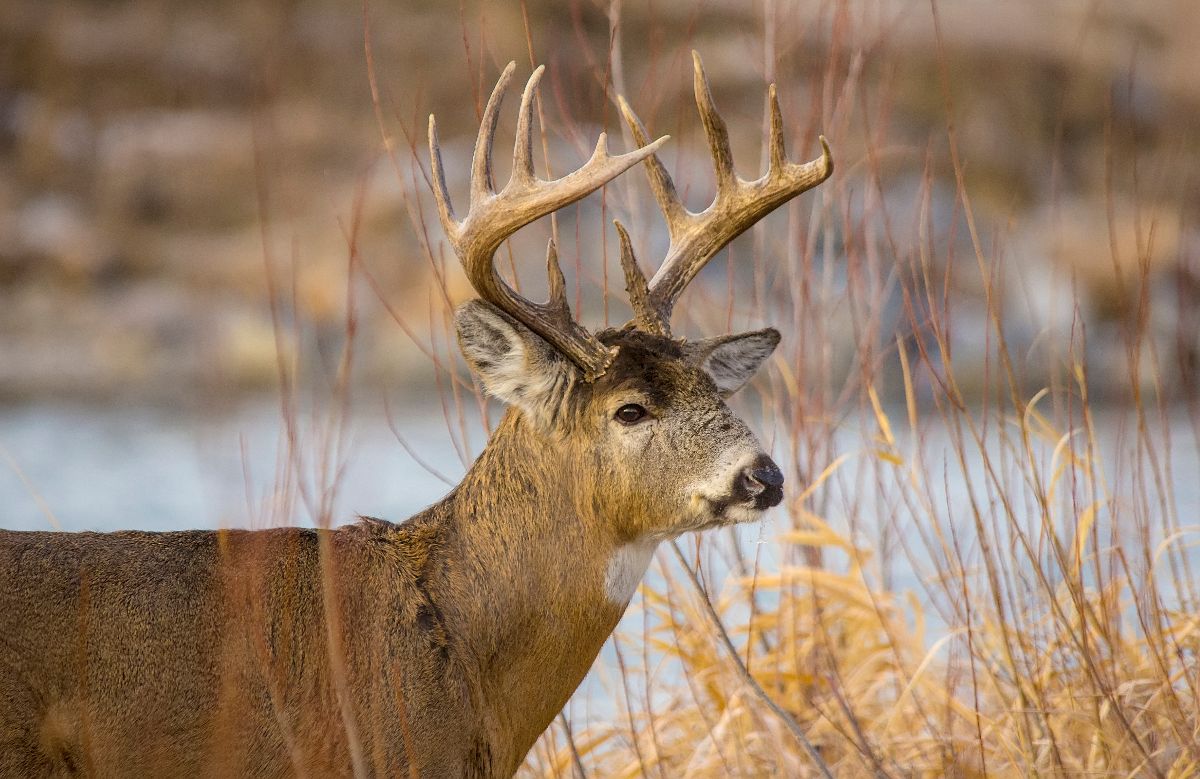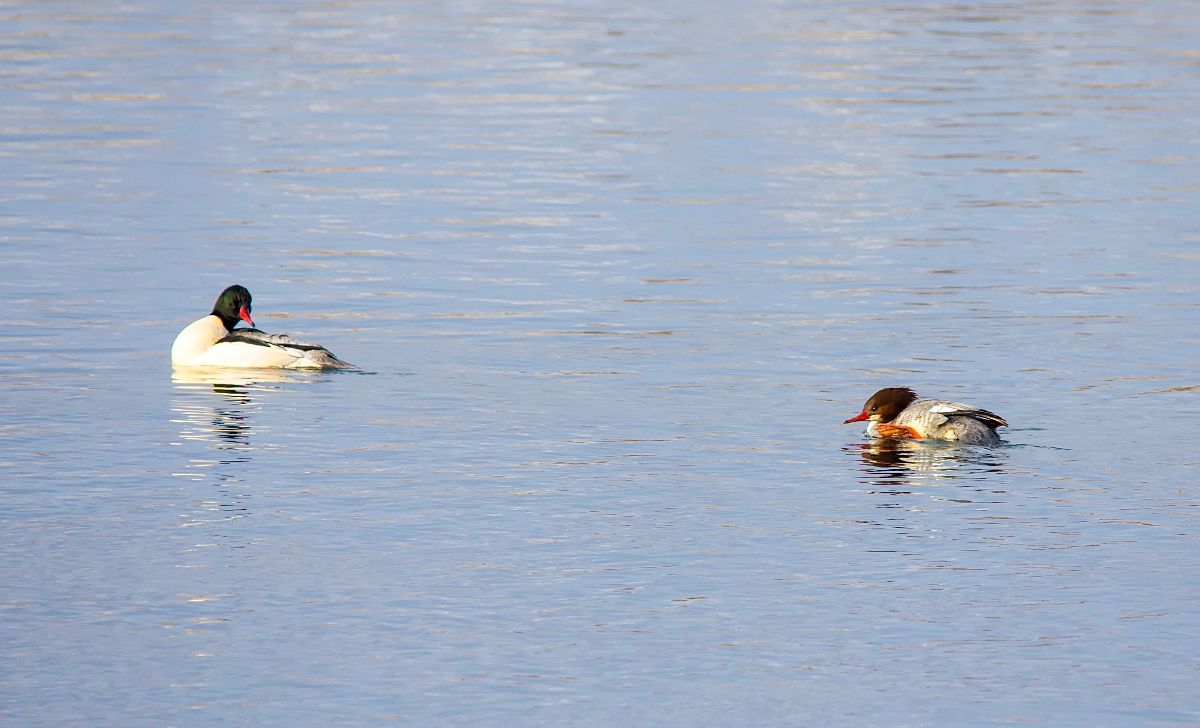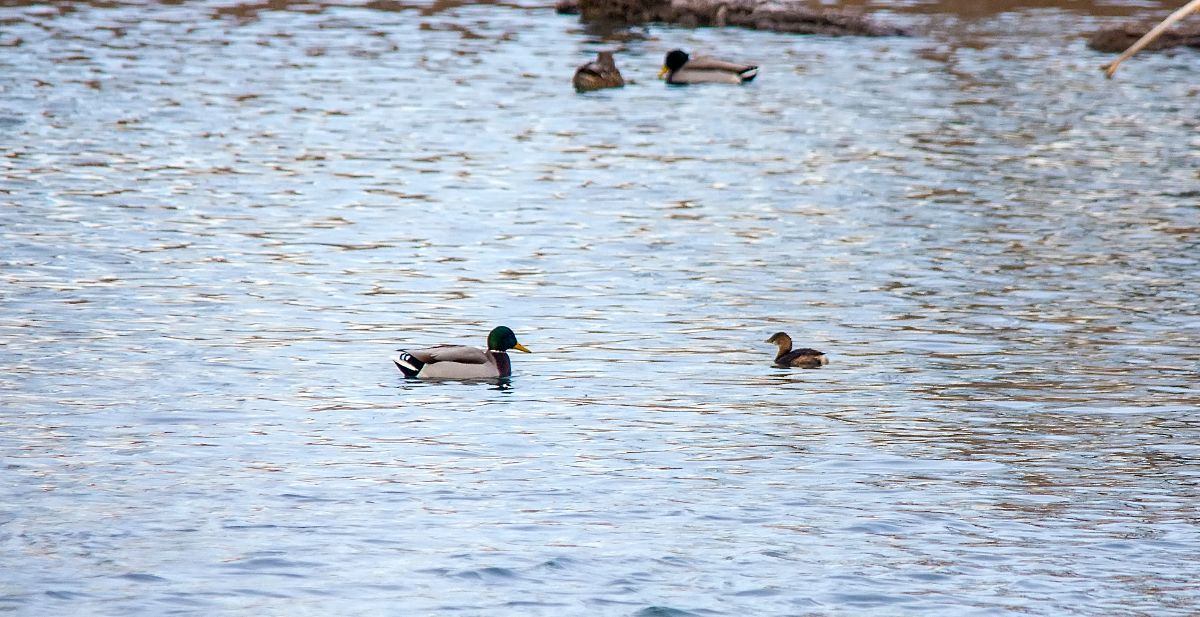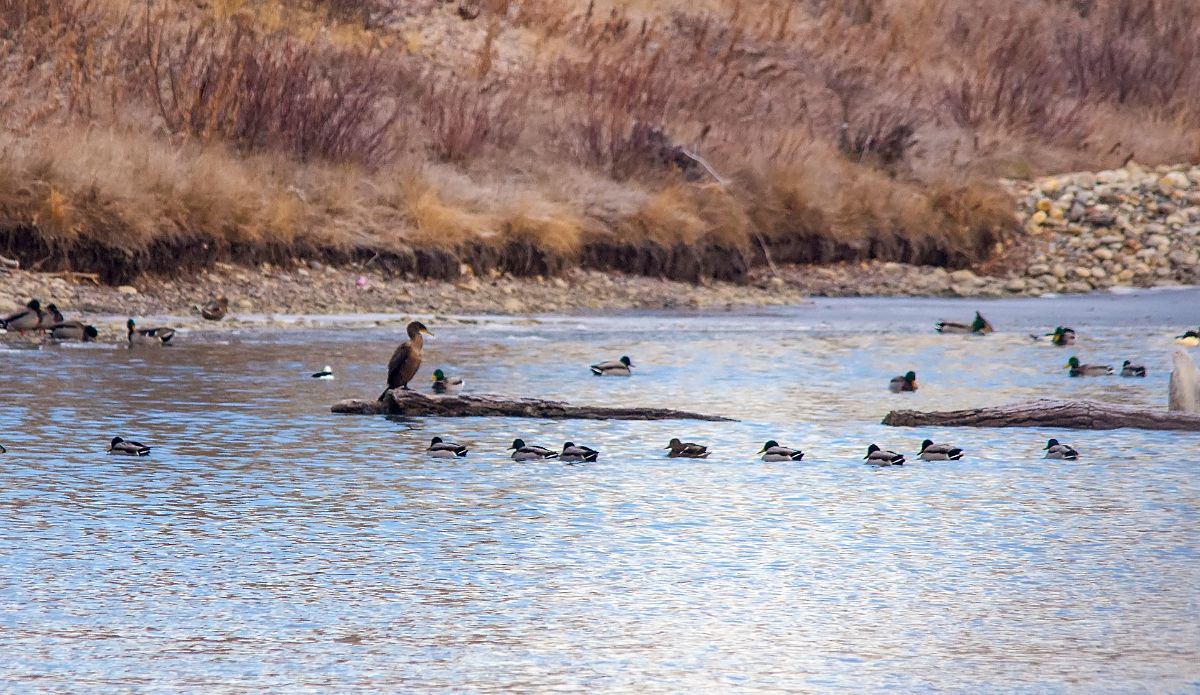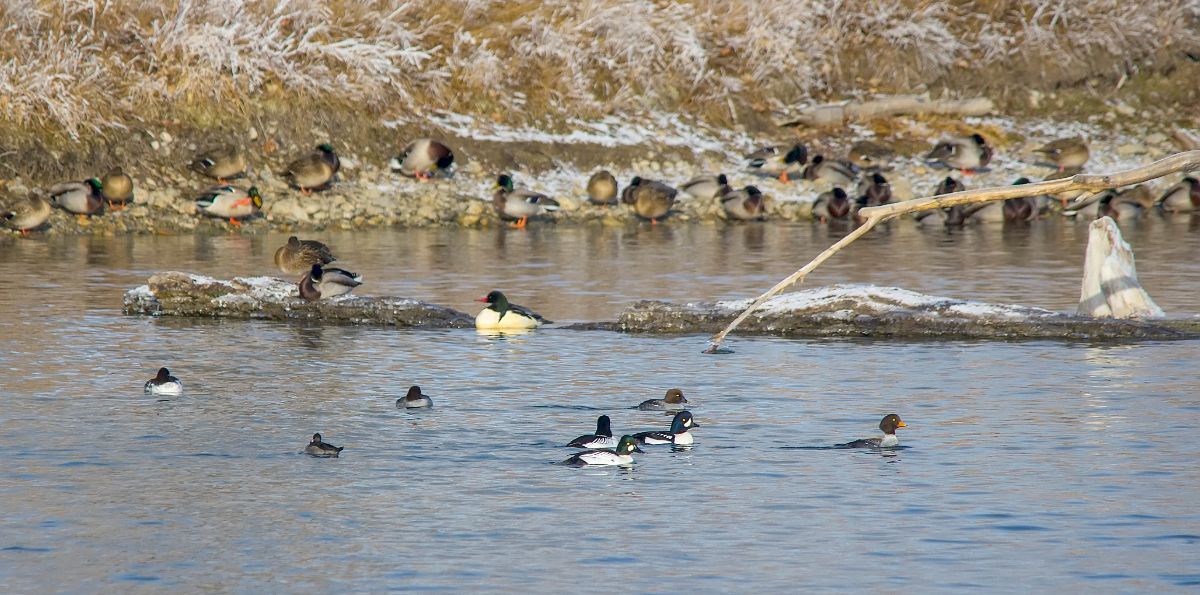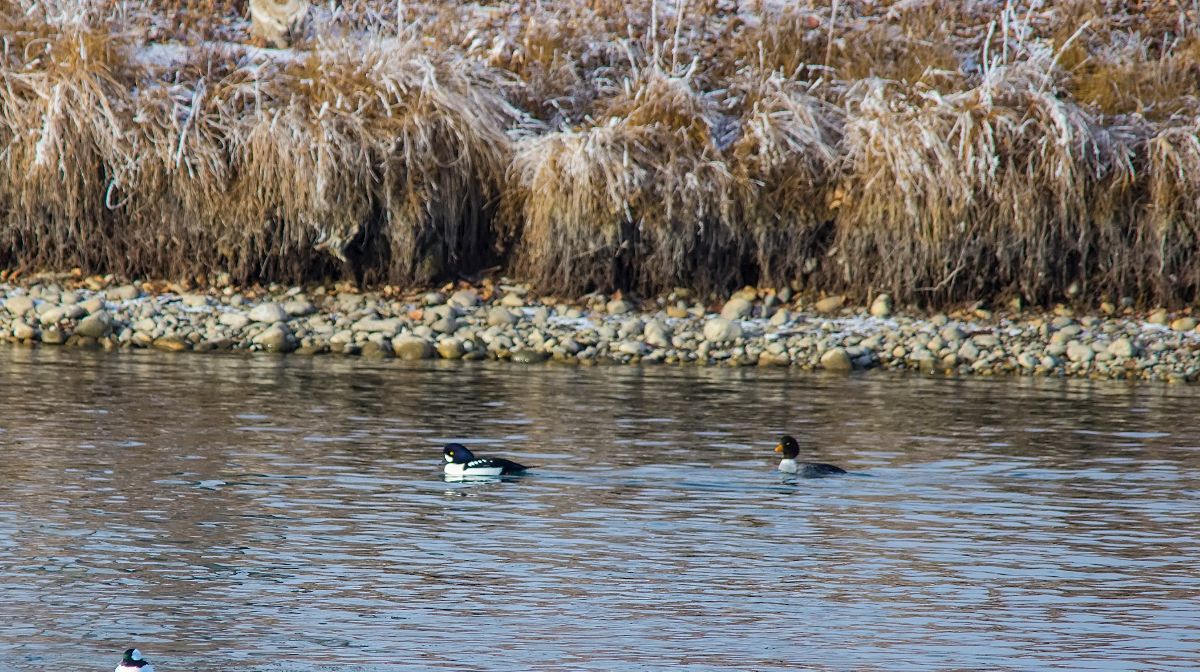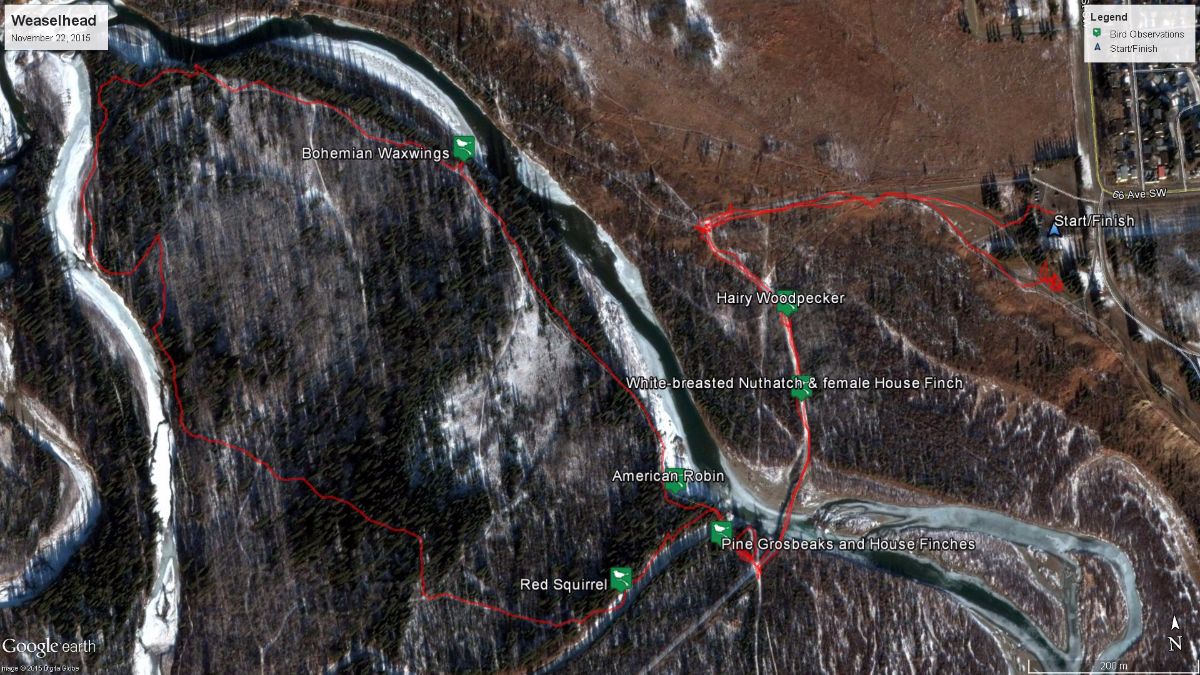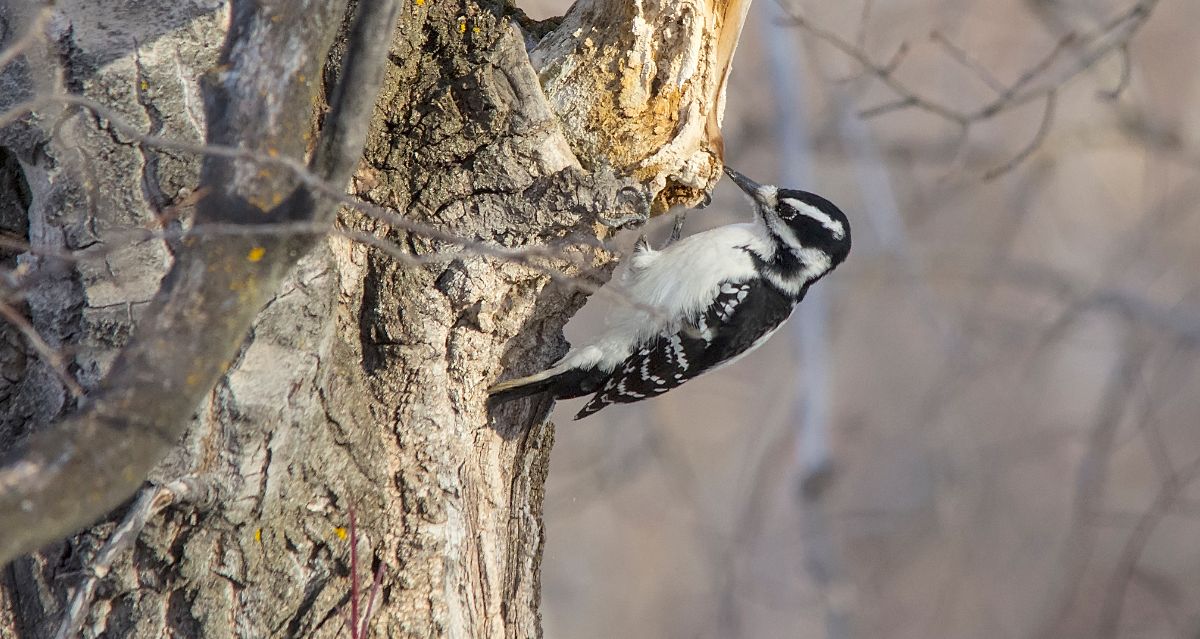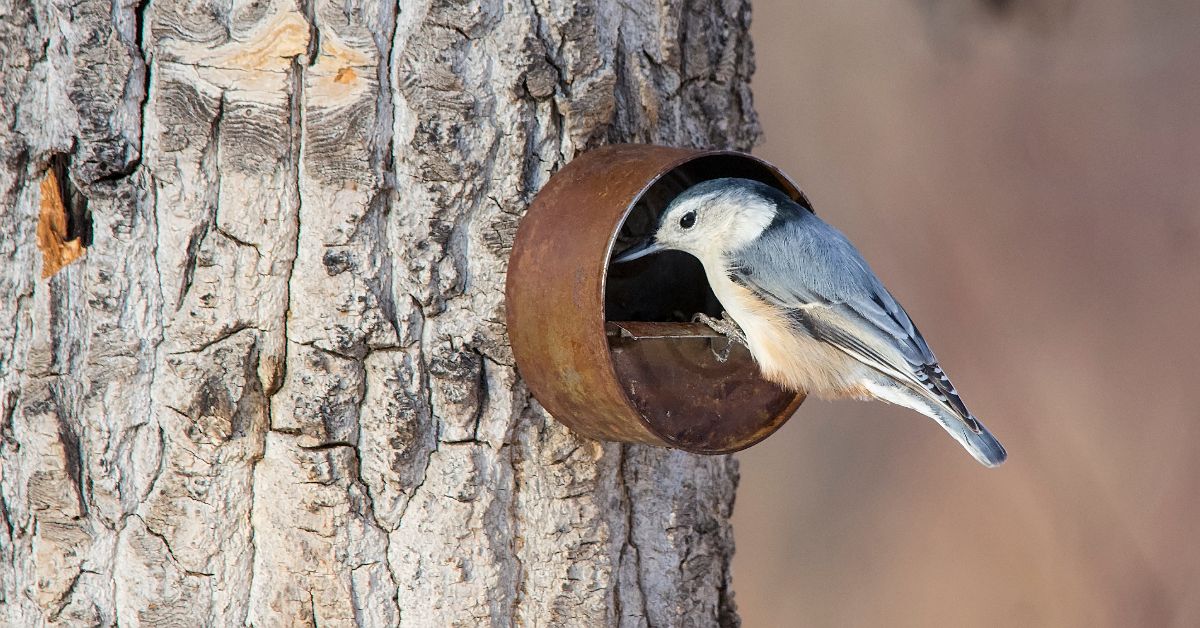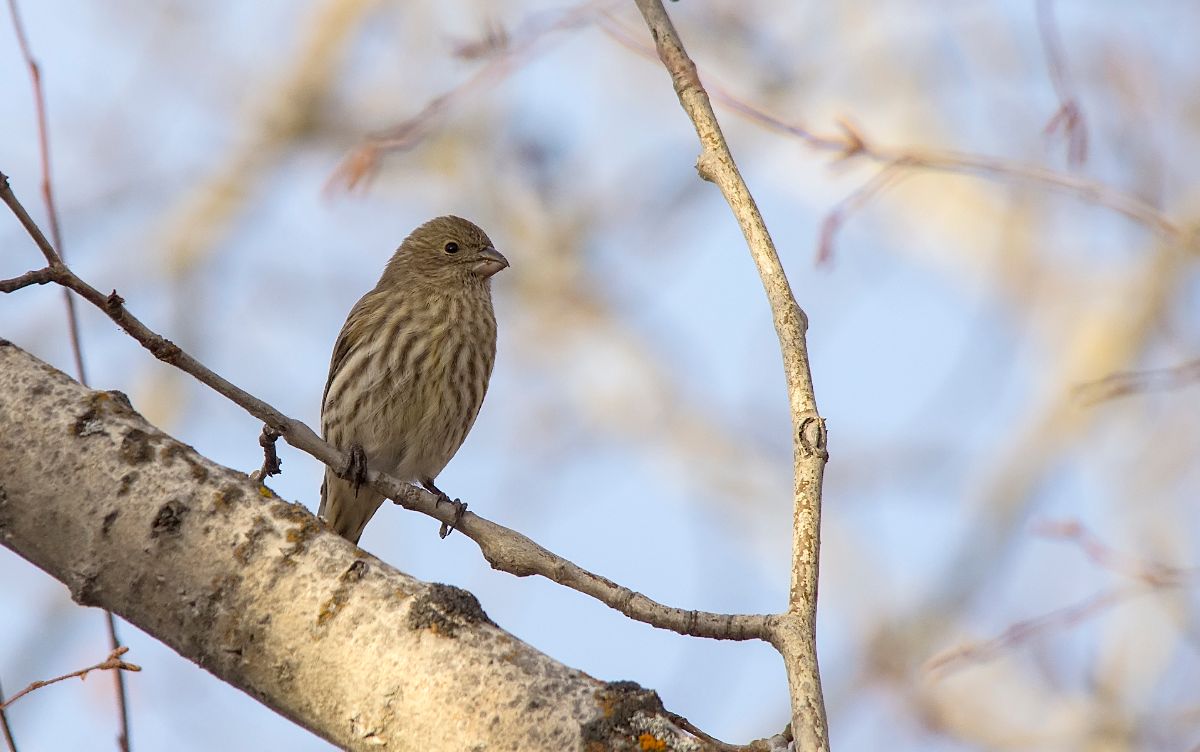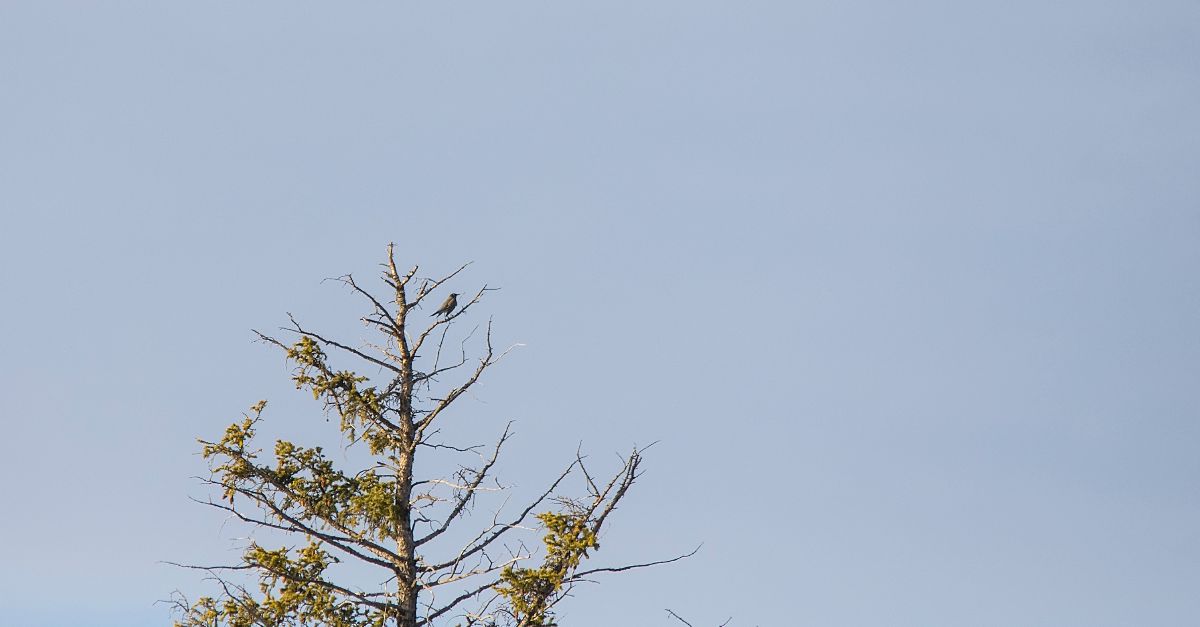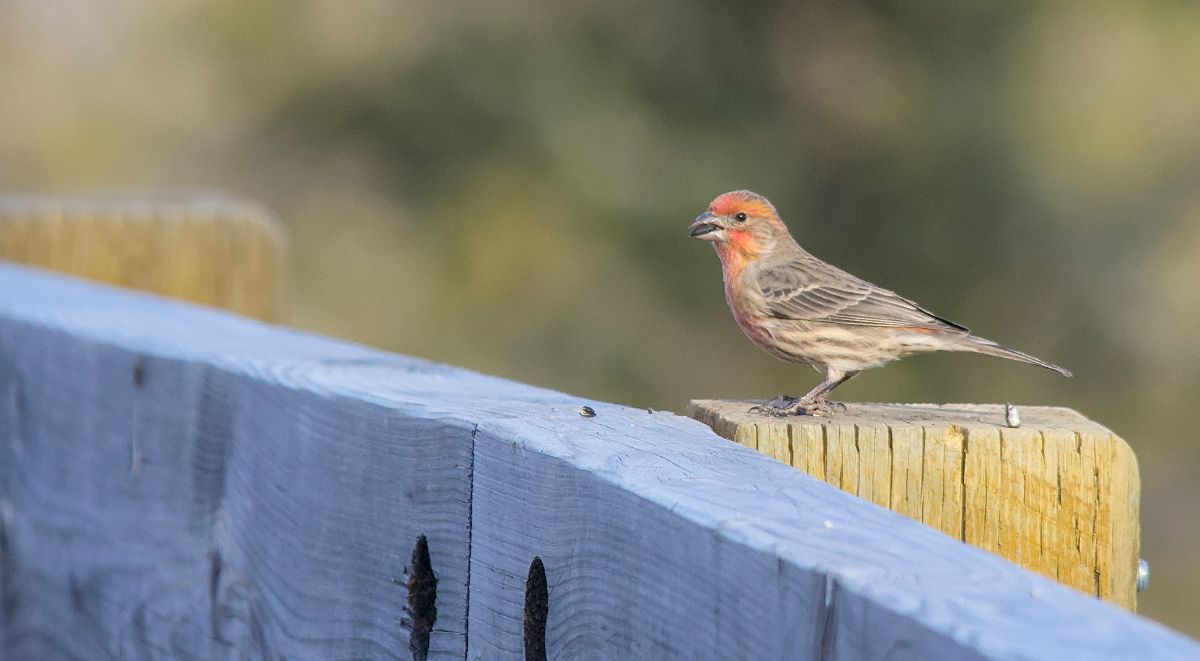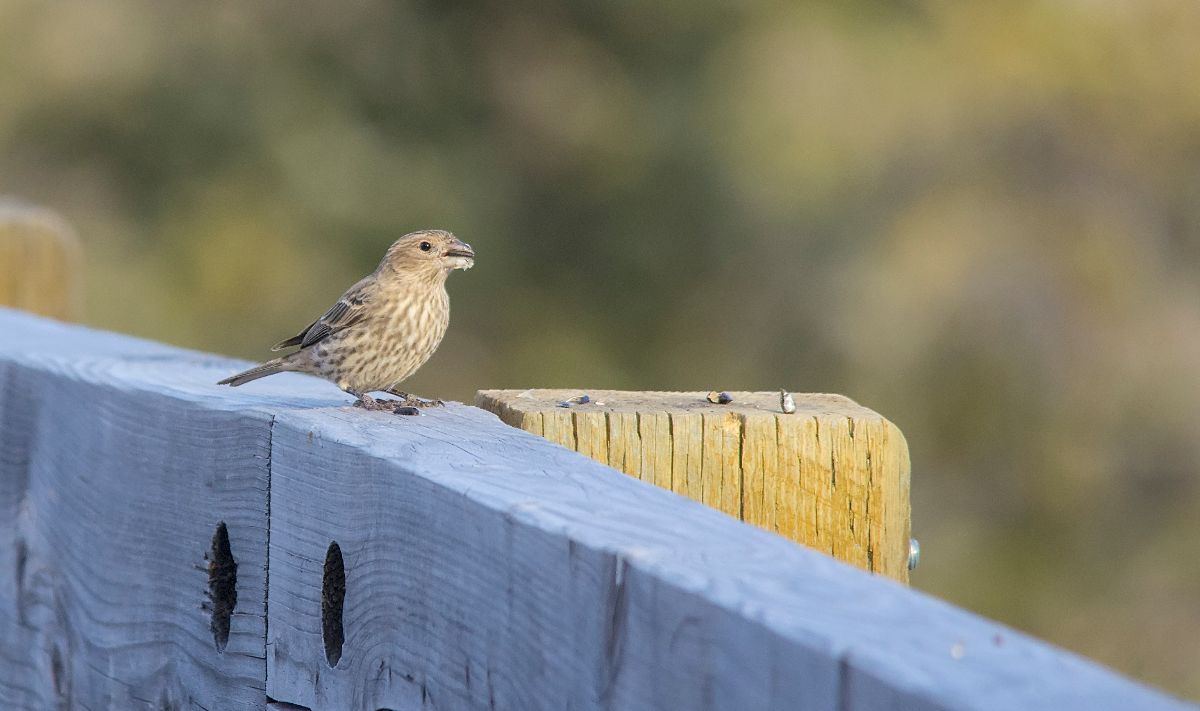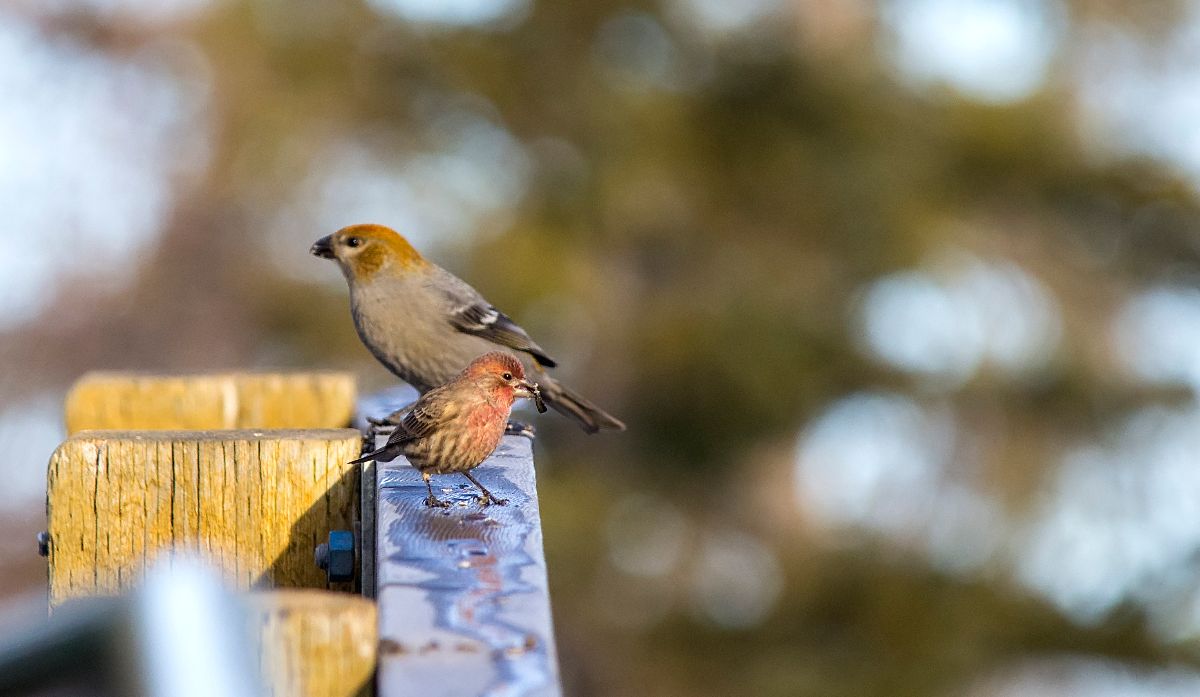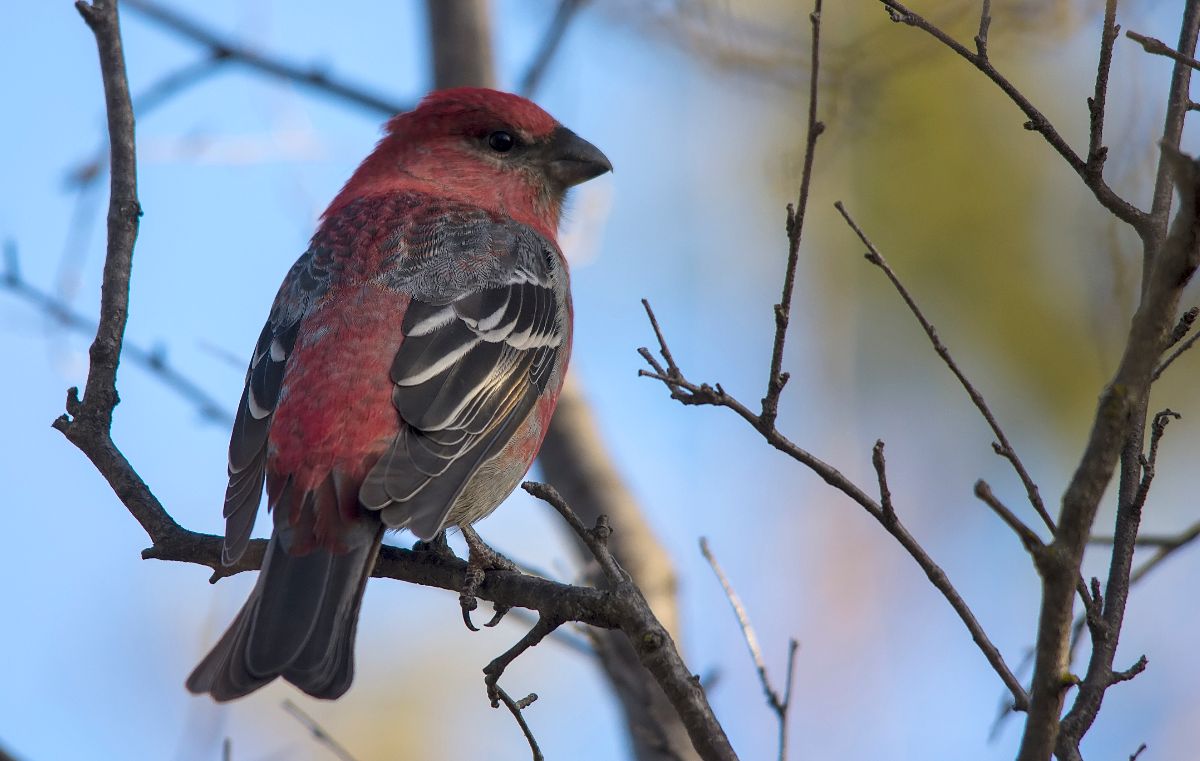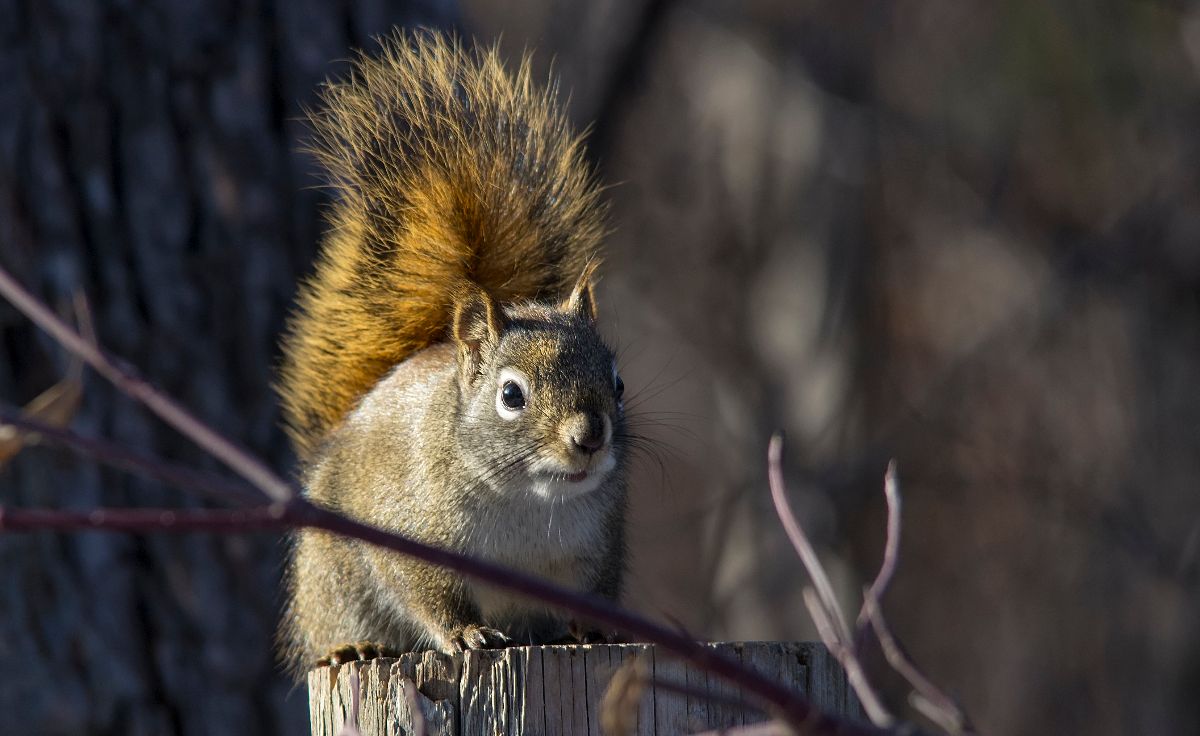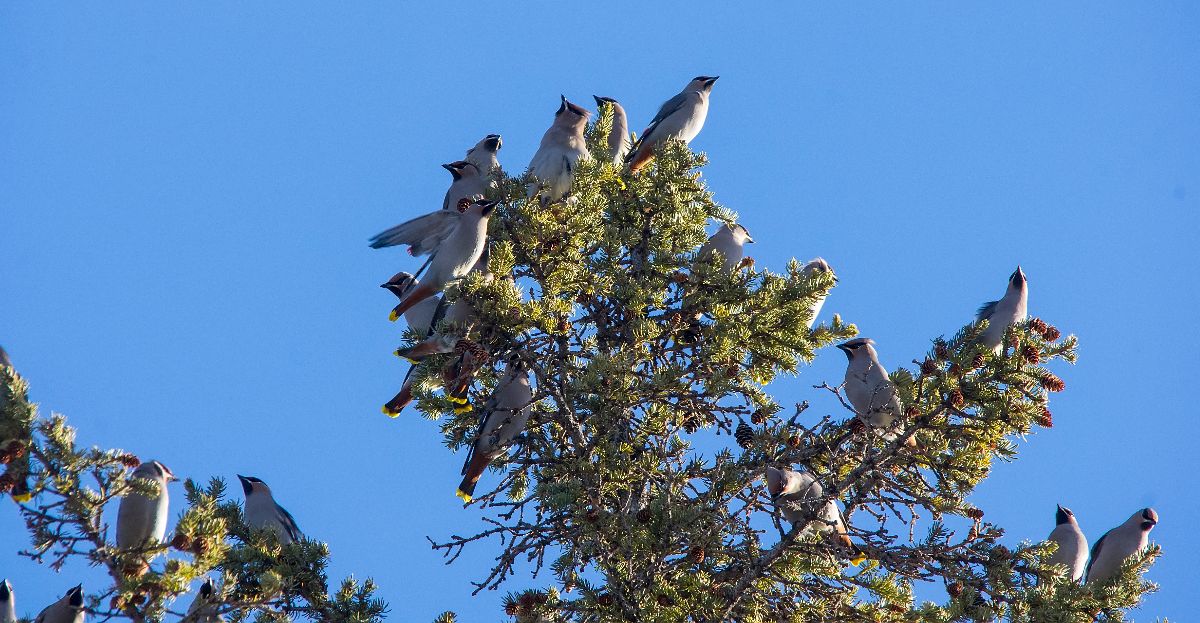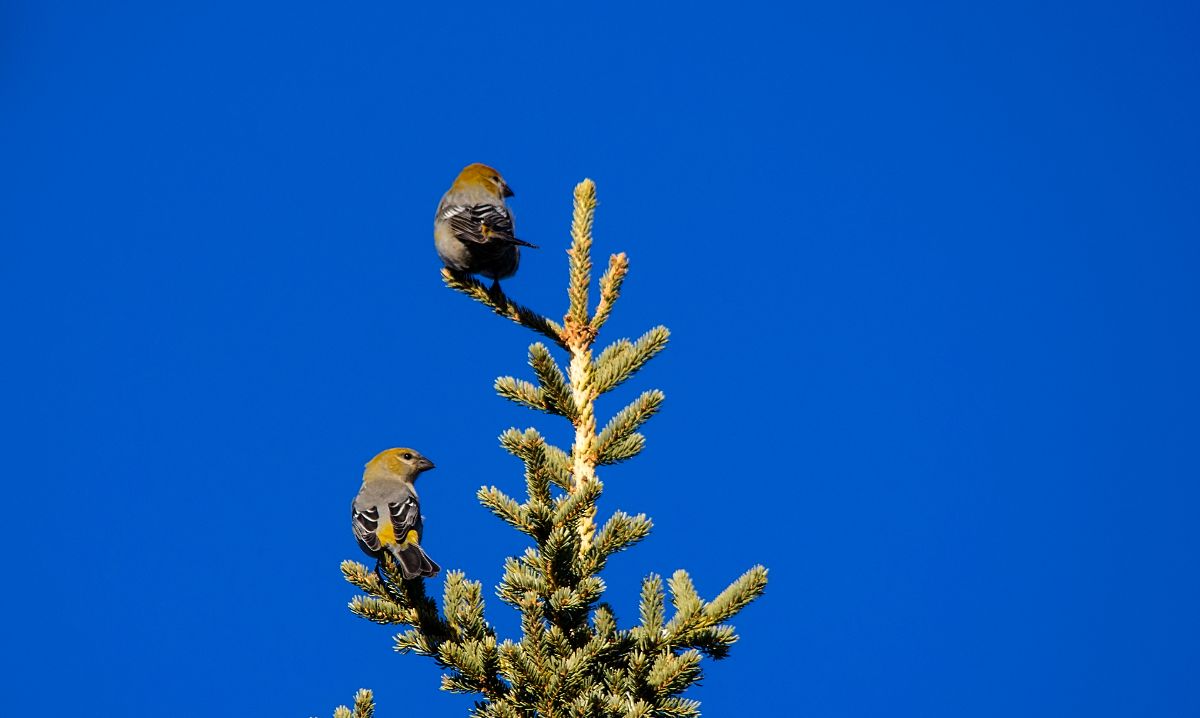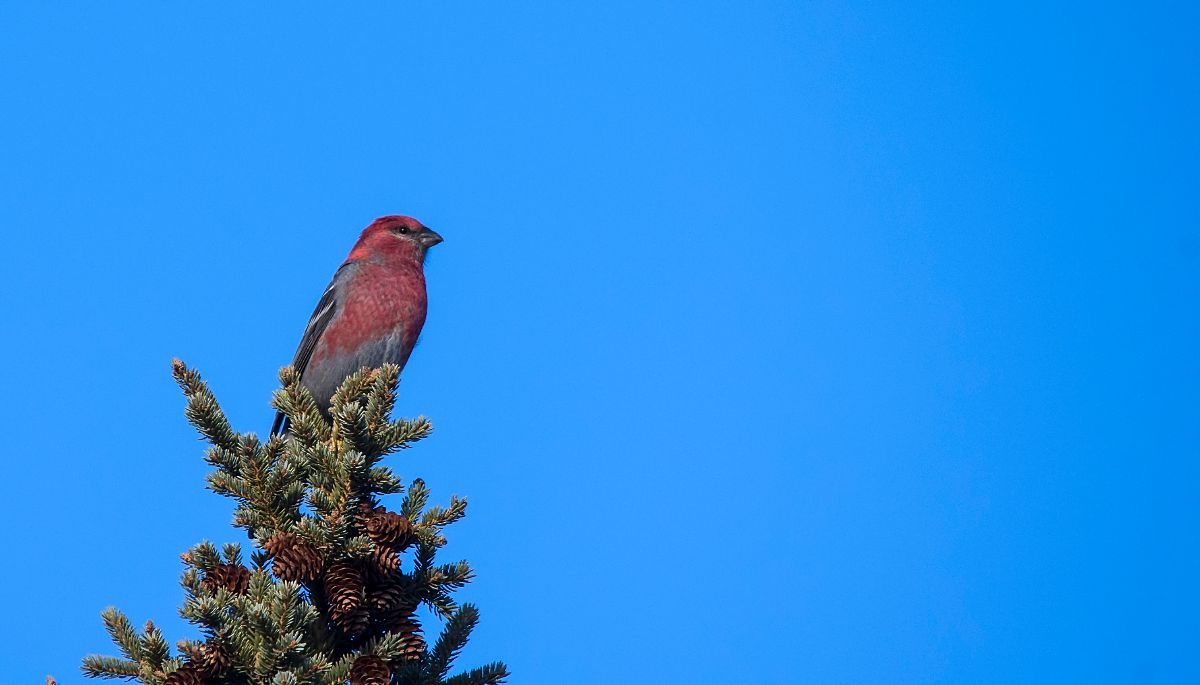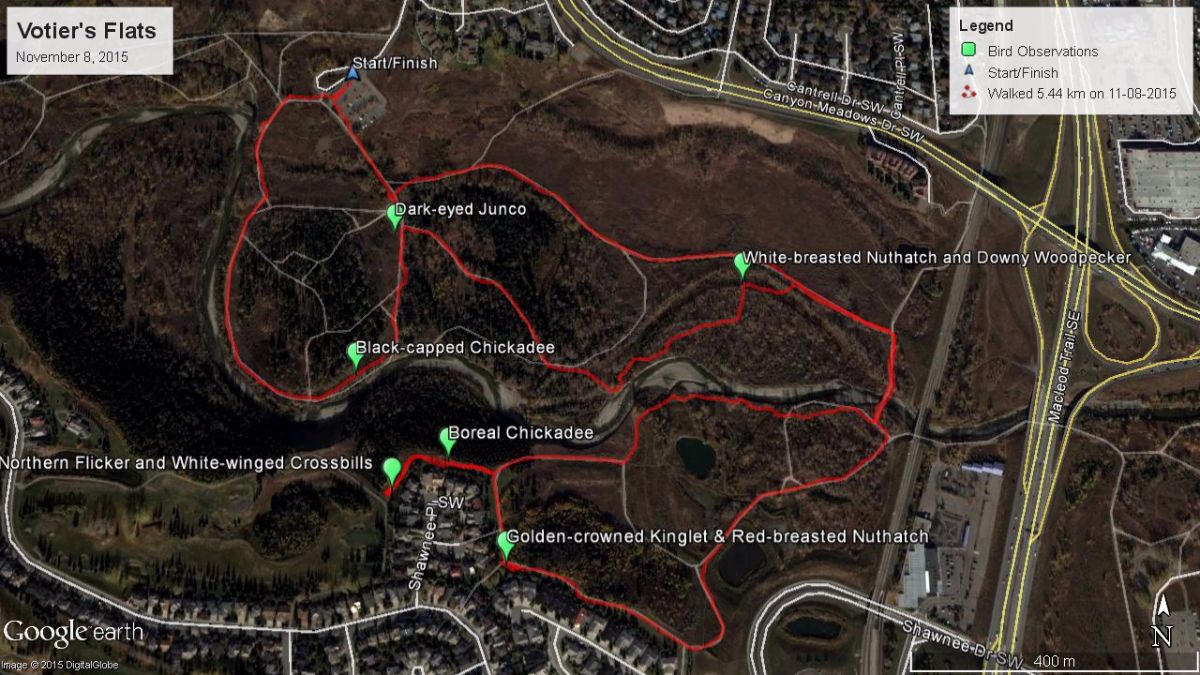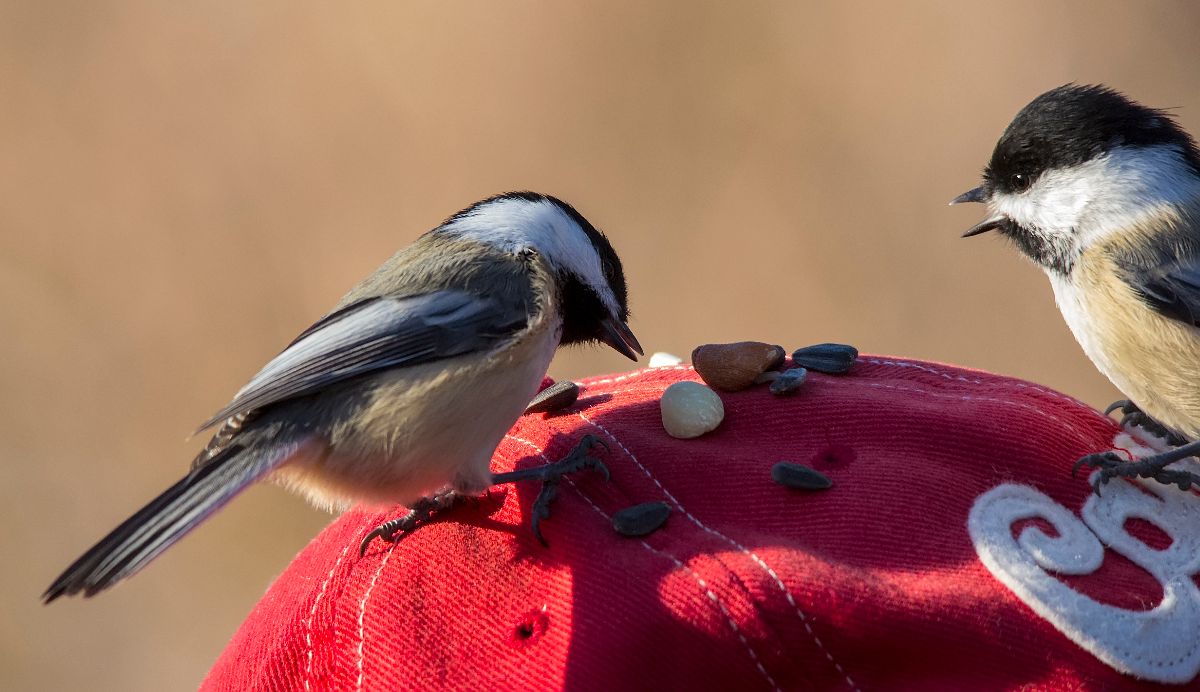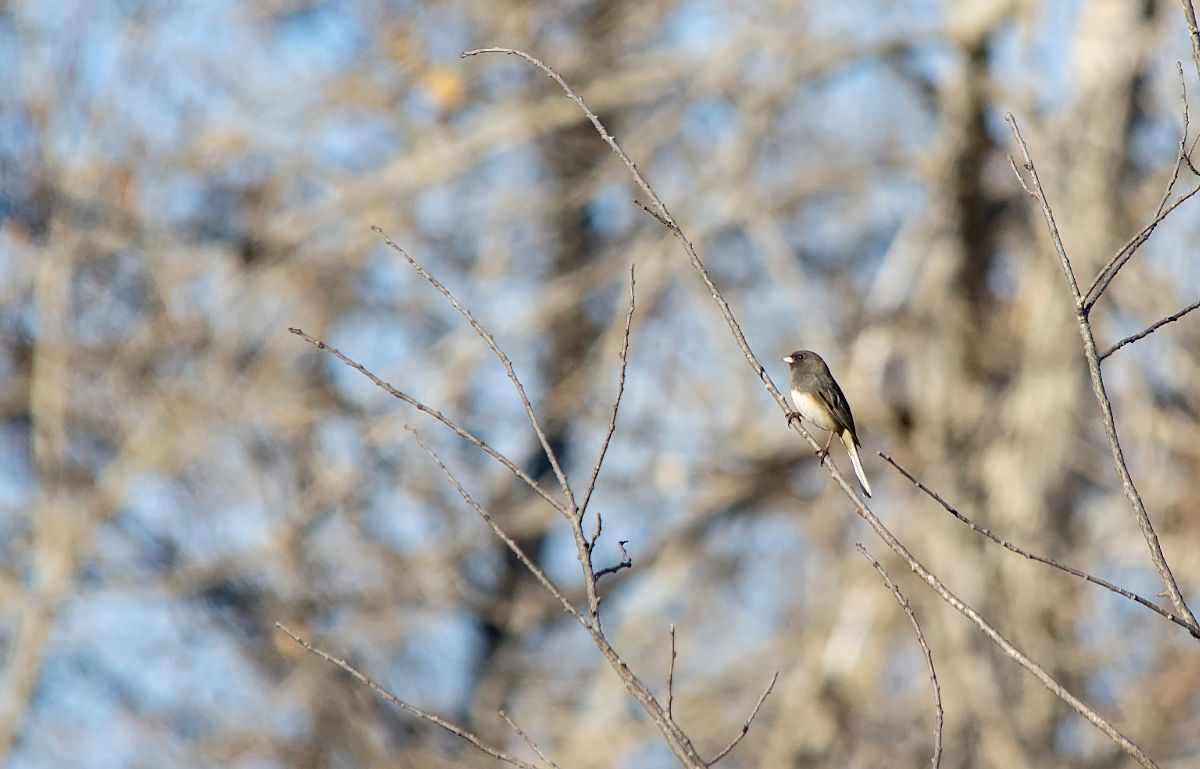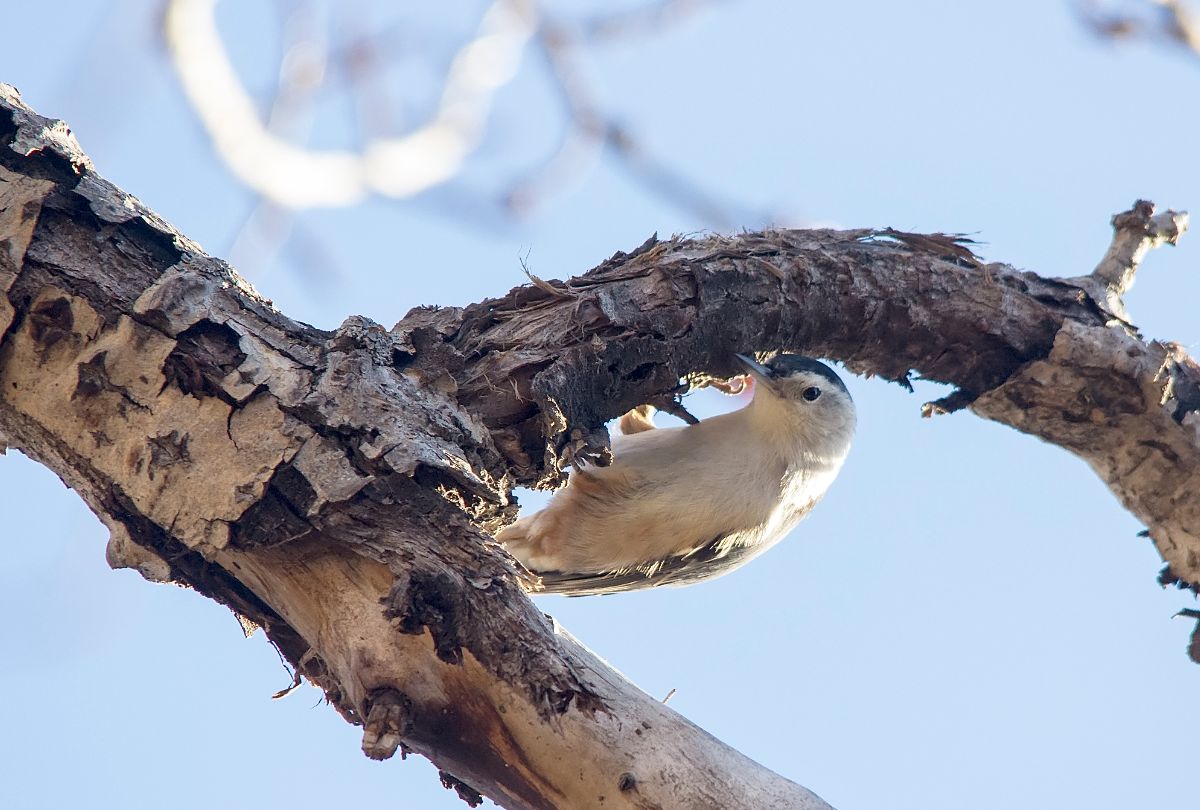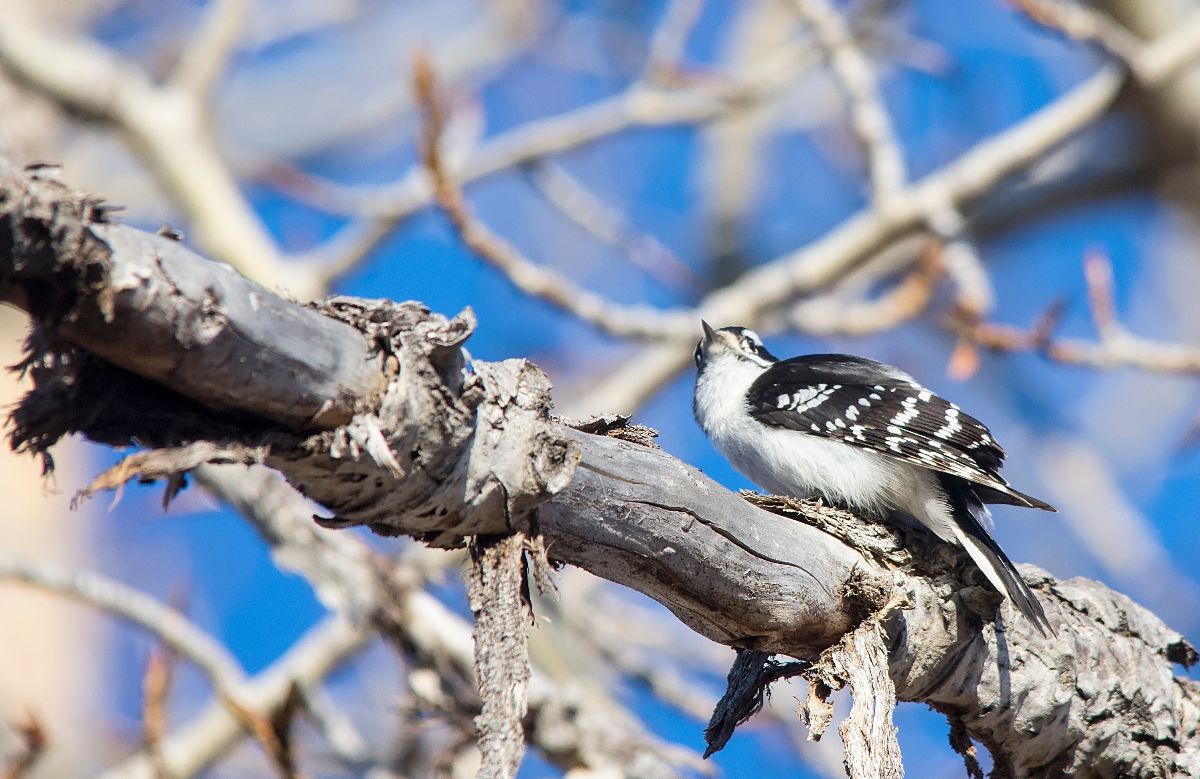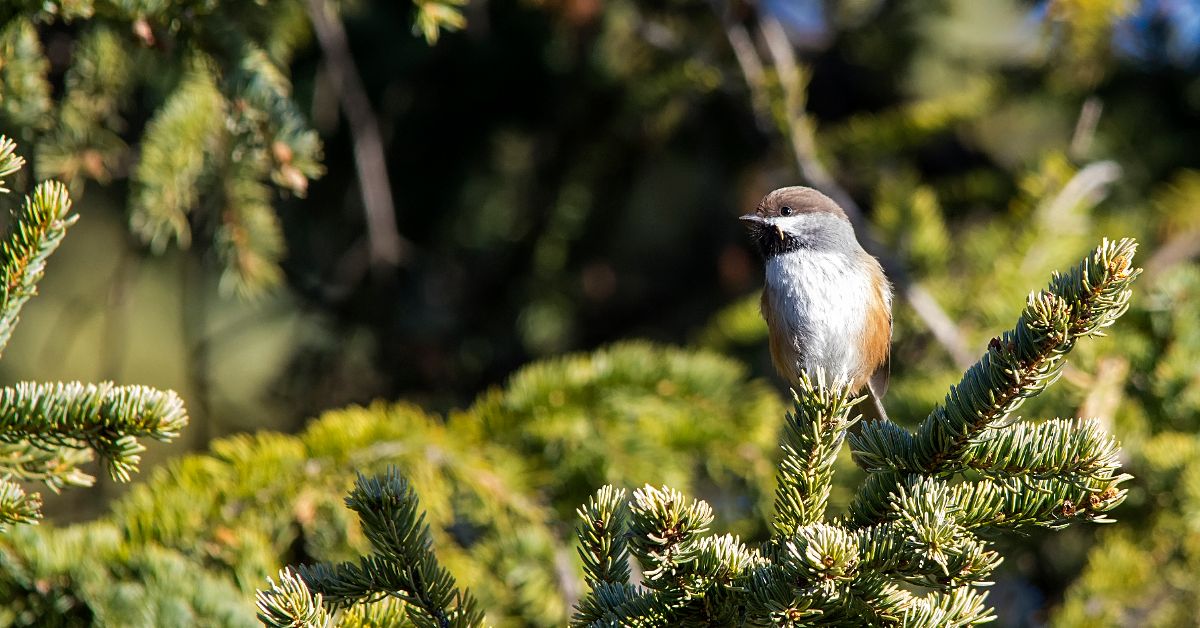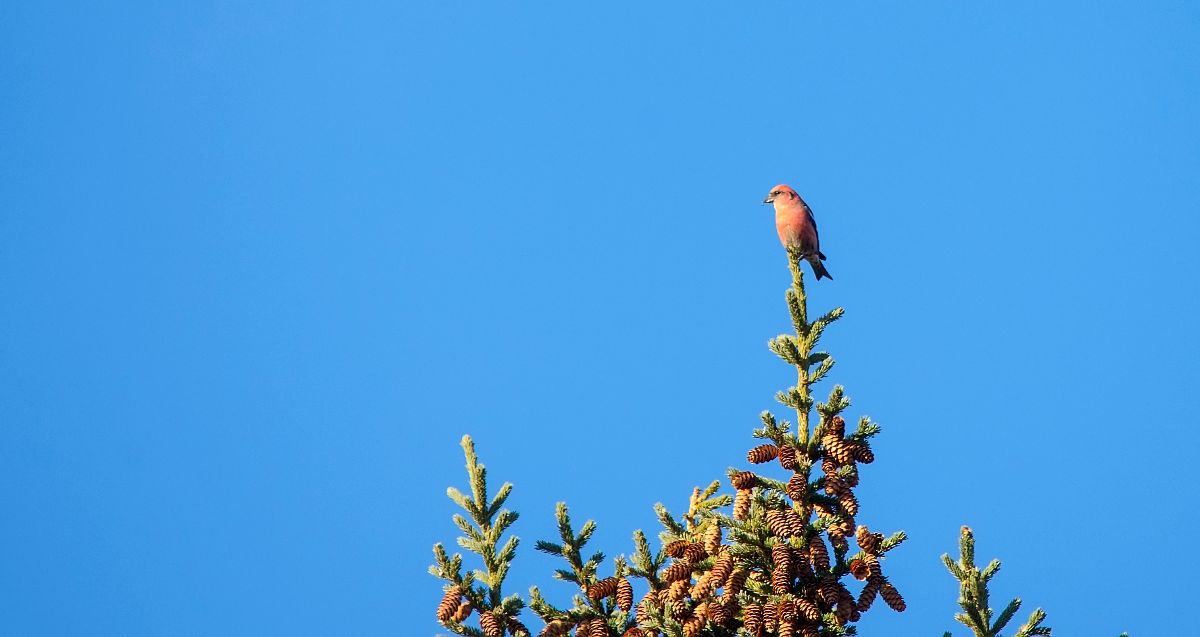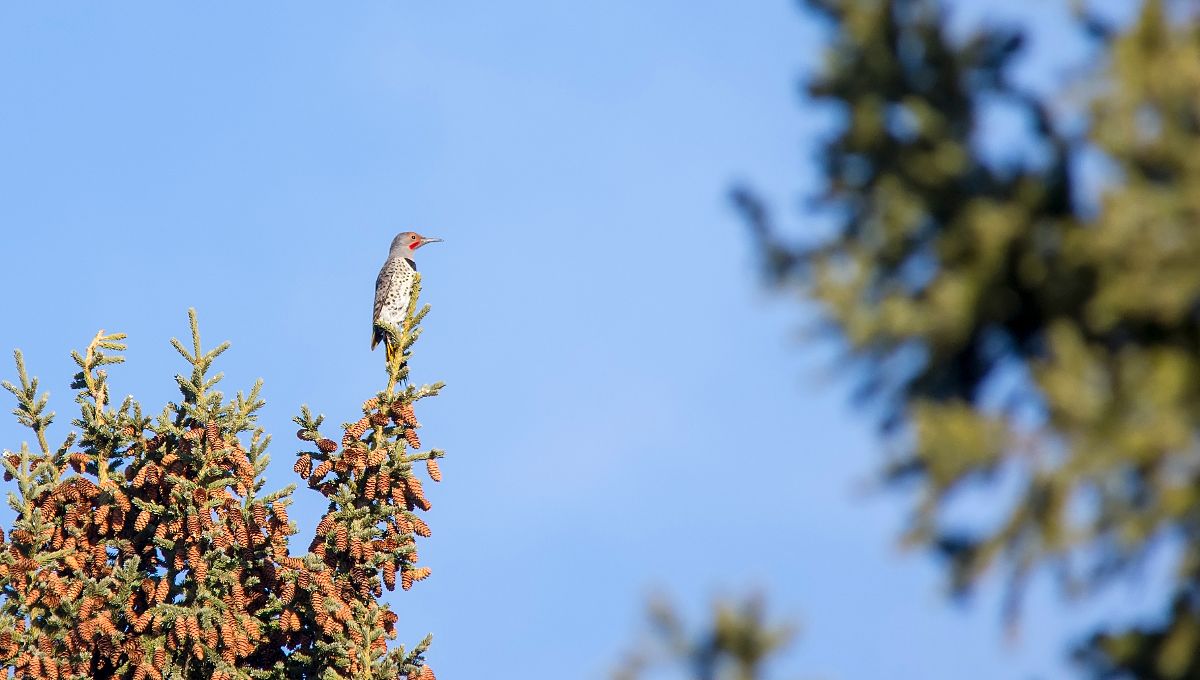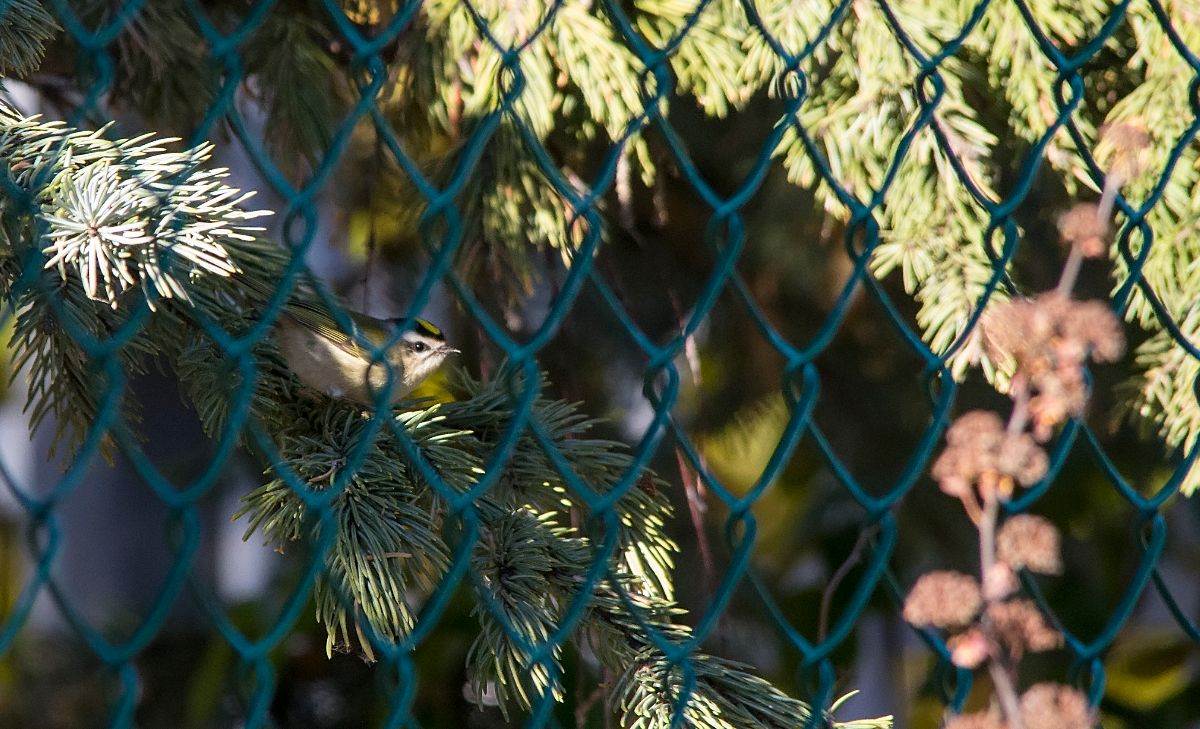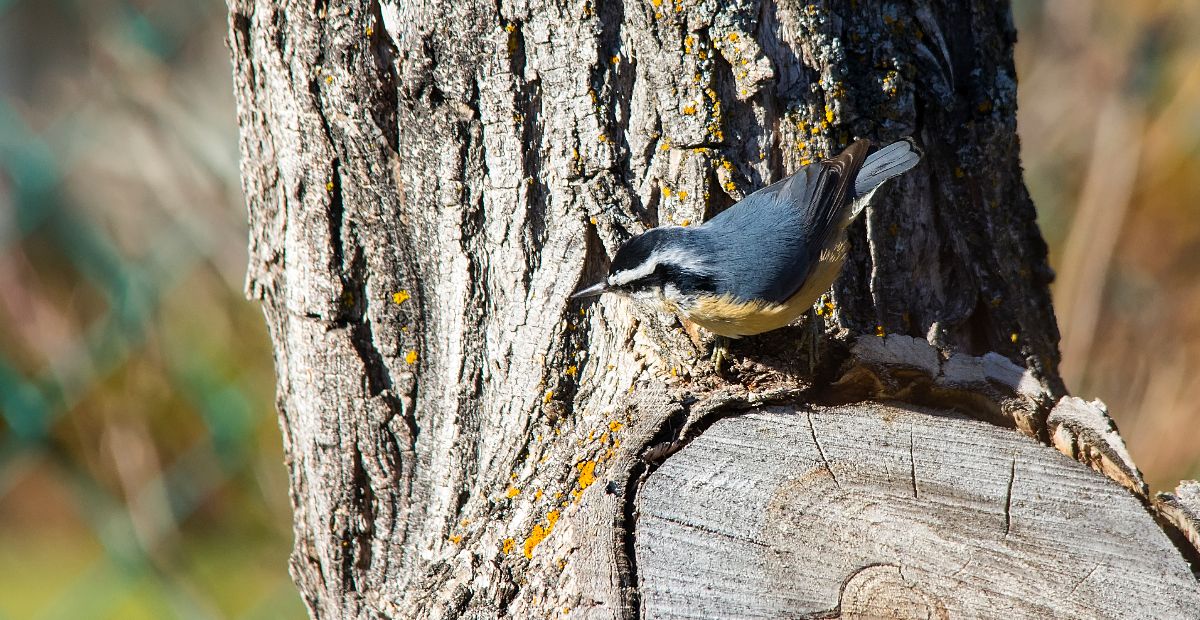Posted by Dan Arndt
… said no one ever. I kid, I kid. There are a few die-hard larophiles (from the Latin larus, meaning gull, and the Greek philos, meaning to have a strong affinity for, to love, AKA people with WAY too much time on their hands) out there who spend dozens of hours each year picking through flocks of Ring-billed and California Gulls to pick out a rarity, but I certainly don’t have the patience for that. Some people draw the line at flycatchers, others at shorebirds, specifically peeps, but me, I draw mine at gulls.
Don’t get me wrong. Gulls are wonderful in their own way, but spending hours picking through hundreds of them for something a slightly lighter or darker shade of grey is not my idea of a fun time.
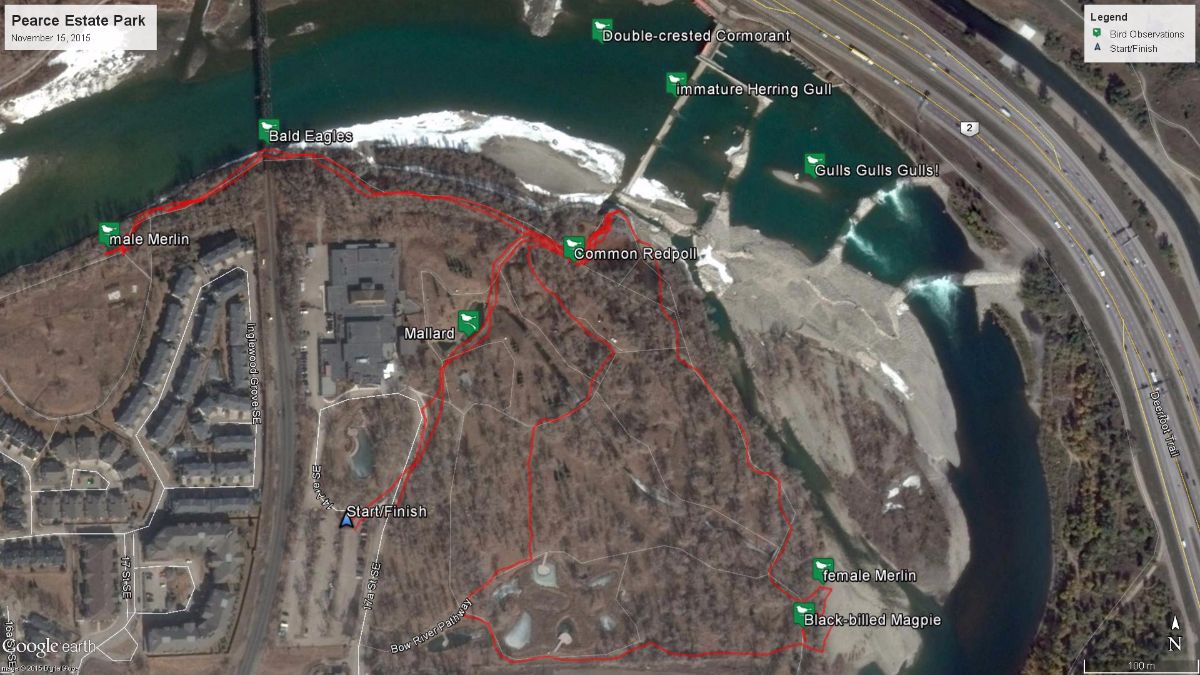
November 15, 2015
As fall begins to cool and the ponds and creeks begins to ice over, there are a number of large gravel bars along the Bow River where gulls begin to accumulate in numbers. Our reason for visiting this park were specifically because a couple of uncommon gulls had been reported here resting among the dozens of Ring-billed Gulls. The three species we were here to find were the Thayer’s Gull, Mew Gull, and Lesser Black-backed Gull. We did come up with the first two, but our Sunday group was a few days too late, as the Lesser Black-backed Gull hadn’t been seen since Wednesday.

Mew Gull among Ring-billed Gulls
[exif id=”15034″]
This photo was taken through my Vortex Viper spotting scope using a PhoneSkope adapter and my Samsung Galaxy S5 built in camera. Can you spot the Mew Gull? I couldn’t for a good half hour. I’ve seen many Mew Gulls in British Columbia, usually associating with California Gulls but never among Ring-billed Gulls. I was expecting to find a gull with a bit of a lighter mantle, rather than darker. The Mew Gull is just a little bit to the left of center, resting with its bill hidden.

Mew Gull and Ring-billed Gulls
[exif id=”15035″]
Here’s a shot of the bird zoomed in a bit closer with its bill out. It’s now obvious that the bird is a shade or two darker than the Ring-billed Gulls on the mantle, and has a tiny, unmarked yellow bill. Again, the Mew Gull is the one just a little bit left of center with the round head and dark eye. A tough spot, to be sure!
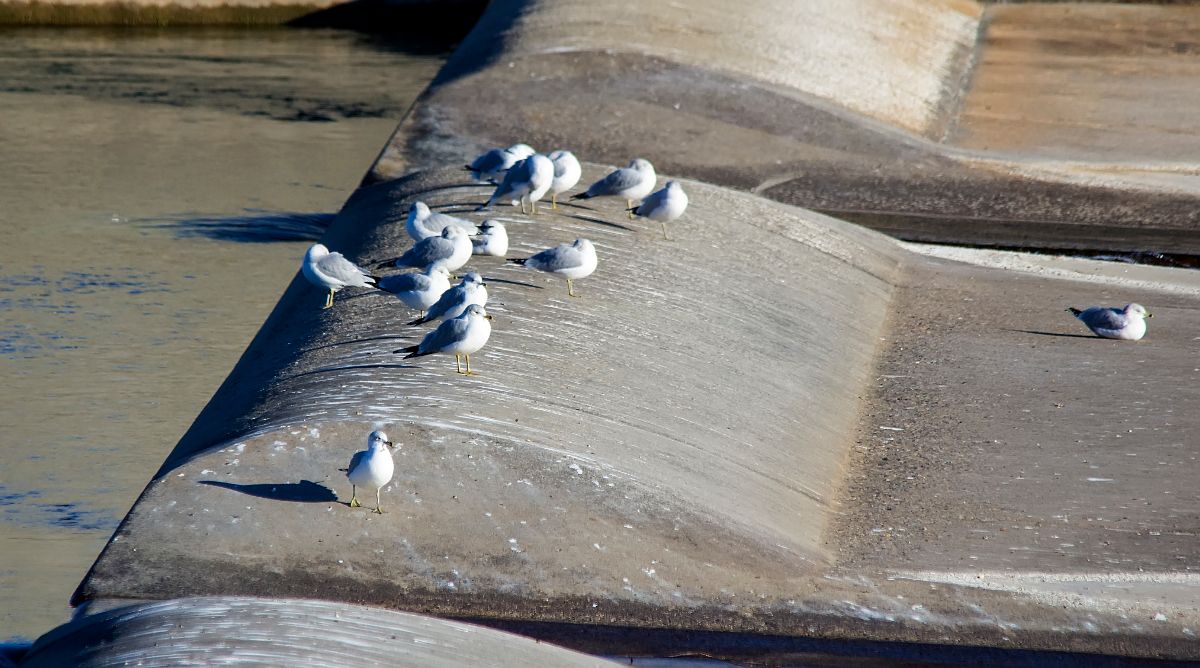
Ring-billed Gulls on the weir
[exif id=”15041″]
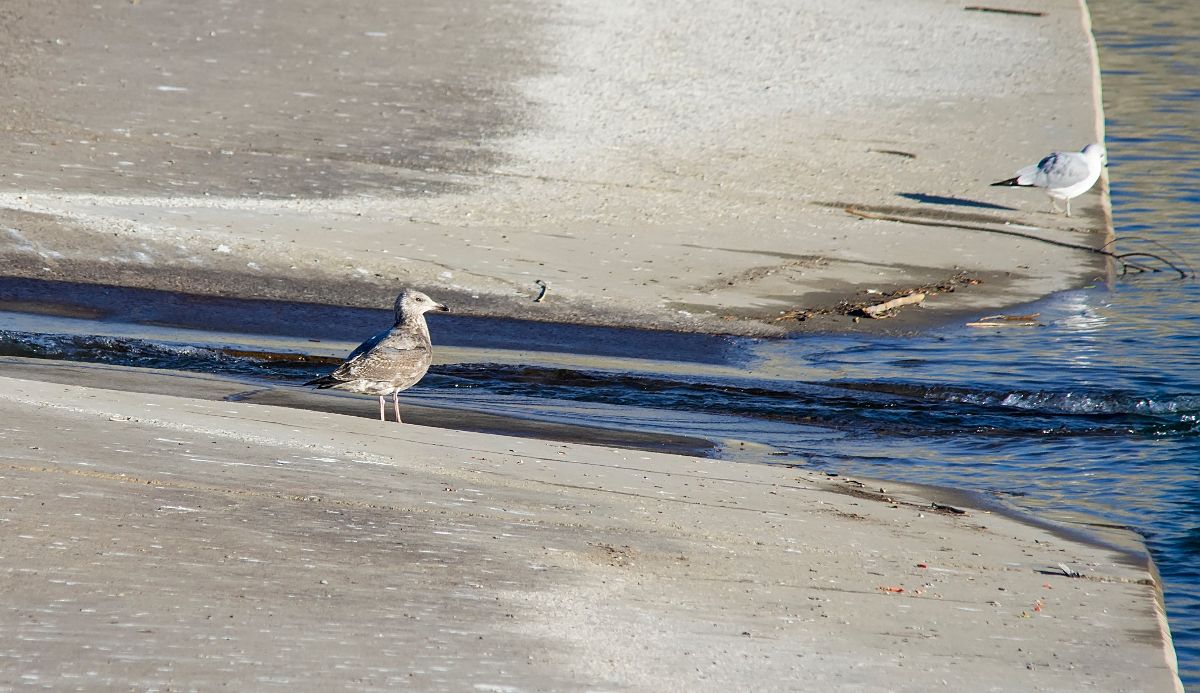
immature Herring Gull
[exif id=”15028″]
We did get a good look at many of the other gulls, including this immature Herring Gull sitting on the remains of the old weir. It was particularly noticeable due to its large size, pink legs, and overall dark plumage, but that bill shape was also a good indicator!
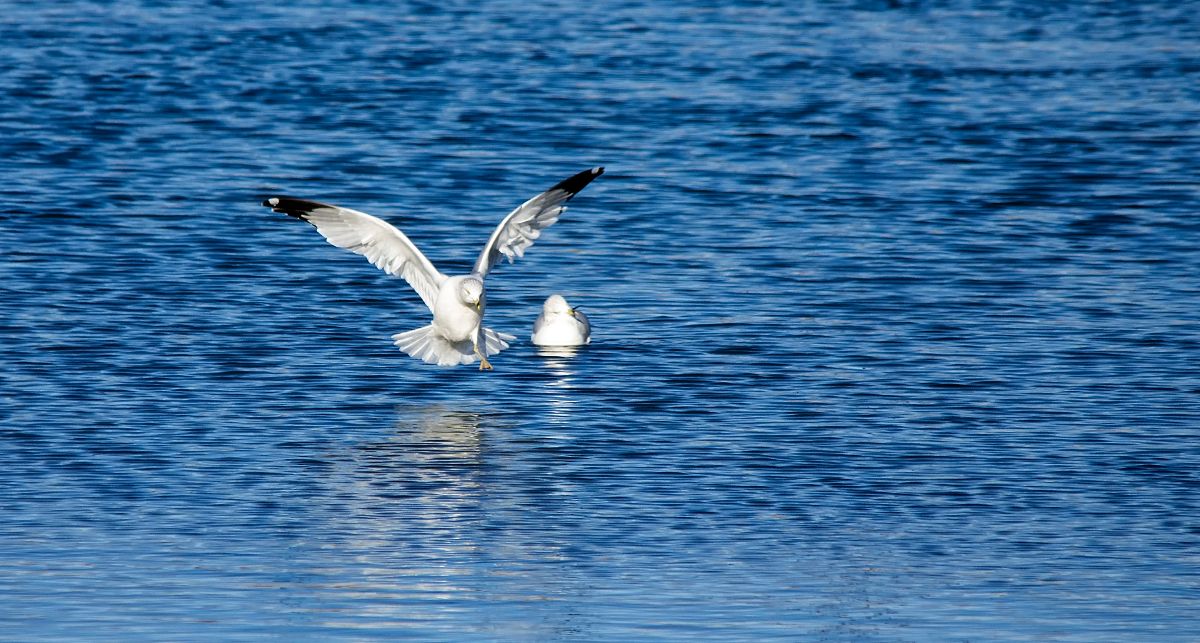
Ring-billed Gulls
[exif id=”15032″]
And of course, here are a couple of the ever-present Ring-billed Gulls on the water. The low angle sunlight and the perfectly clear morning sky made it a bit tough to expose correctly, but it’ll be one of the last shots I would get of any gulls until late February or early March next year. It’s surprising every year how they just seem to totally disappear around the end of November and by the time the Christmas Bird Count rolls around, they’re almost a distant memory!
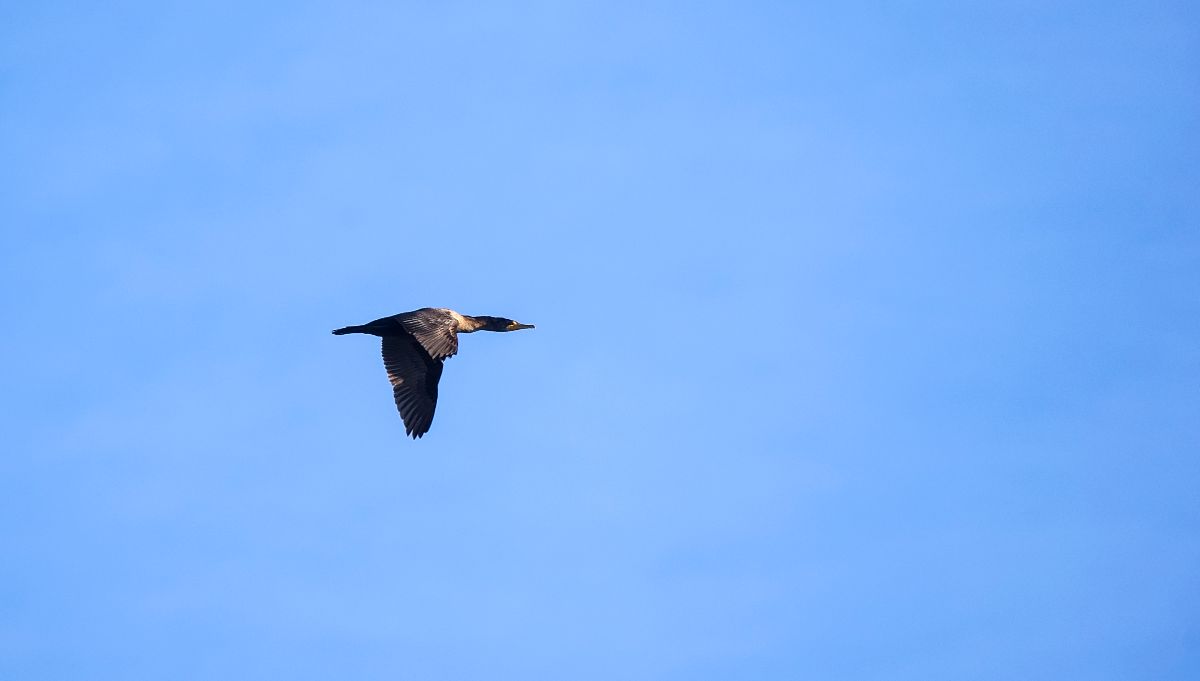
Double-crested Cormorant
[exif id=”15029″]
Another great sighting that day was this immature Double-crested Cormorant, who gave us a fly-by and perched in a tree across the river shortly after. This would be the latest sighting of this bird I’ve ever had, and from other reports, it is apparently sticking around a bit further downstream!
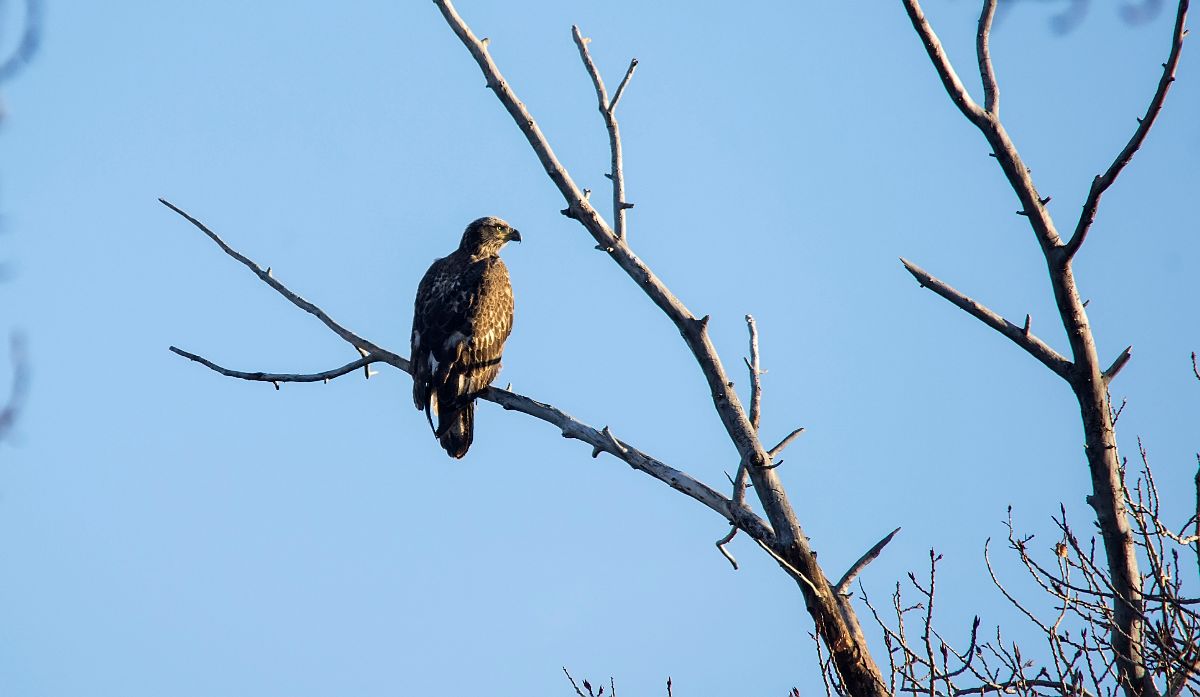
immature Bald Eagle
[exif id=”15039″]
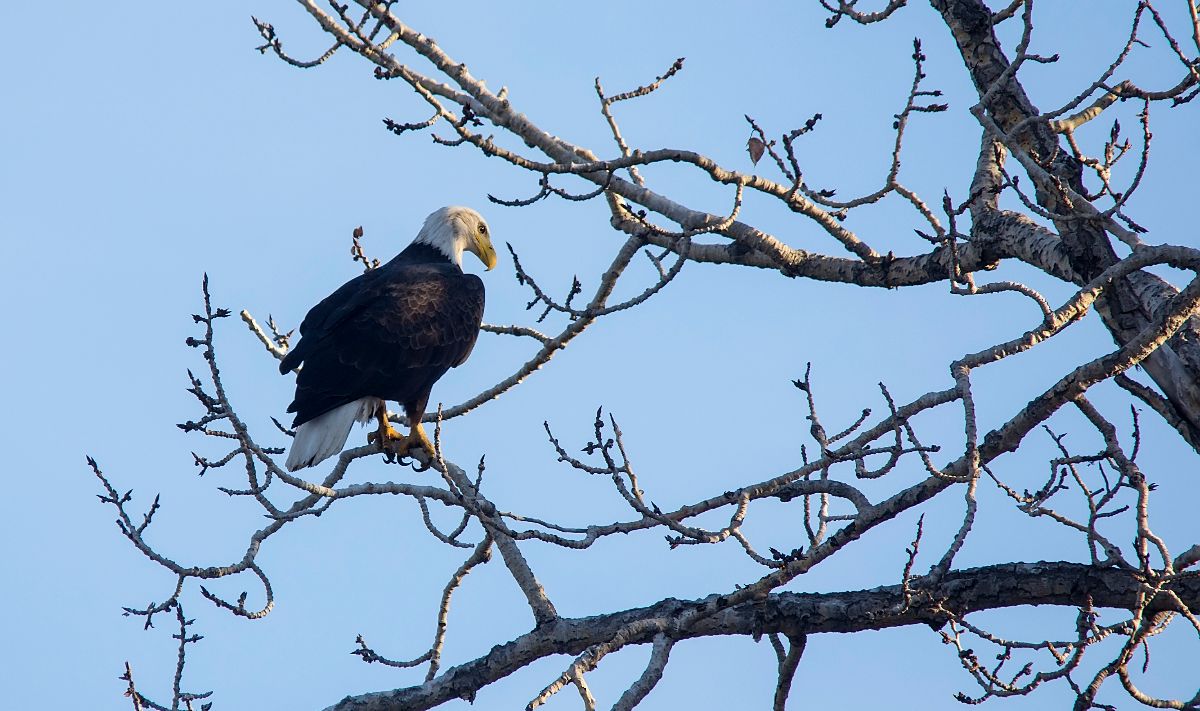
adult Bald Eagle
[exif id=”15039″]
We headed a little west where earlier groups in the week had found a some Bald Eagles, and we certainly weren’t disappointed. At first, the immature eagle flew in to check us out, and a few minutes later the adult flew in and flushed the younger bird off. When I had visited the park earlier in the week, I noted that the gulls seemed to have a sixth sense for approaching eagles, flushing easily a full minute before they came into view from my angle. When you’re a gull you have to be on alert for predators, especially ones that can so easily take you out like a Bald Eagle can!
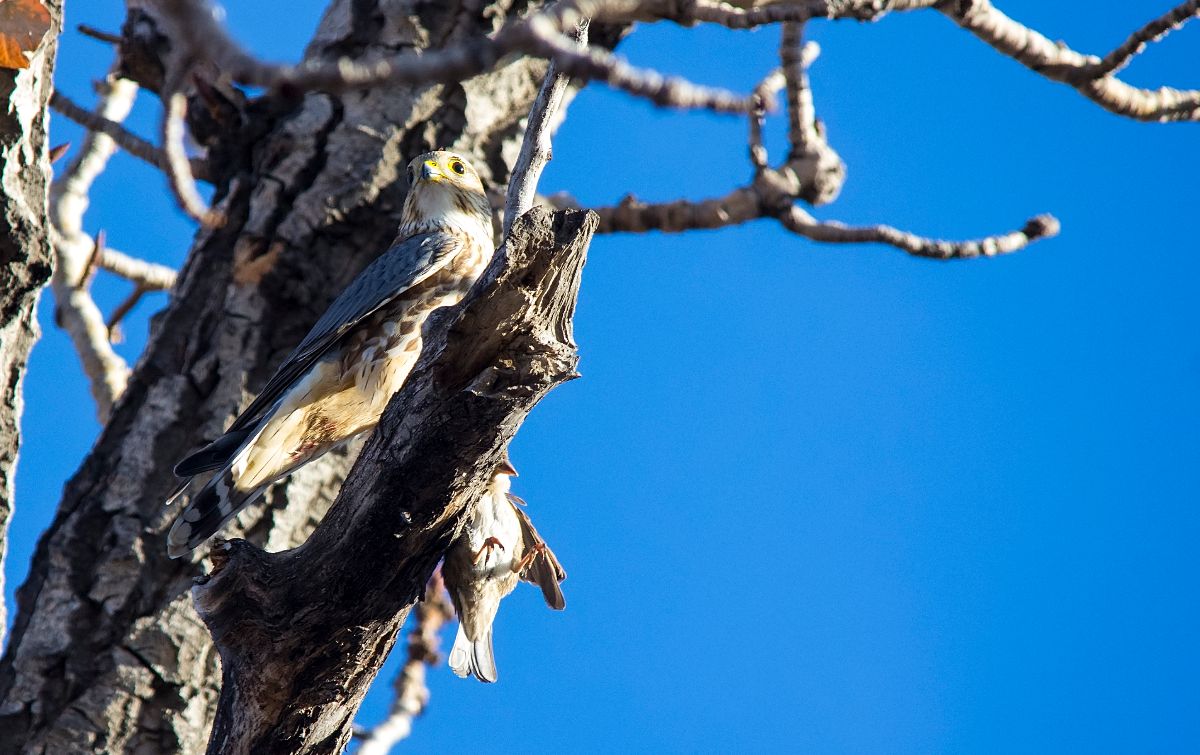
male Merlin
[exif id=”15030″]
While we were watching the Bald Eagles, we spotted this male Merlin as he flew in with what appears to be a House Sparrow in his talons. Because this part of the park is adjacent to a large residential area, it wasn’t too surprising to hear and see the House Sparrows, it was a bit of a surprise to see this guy!
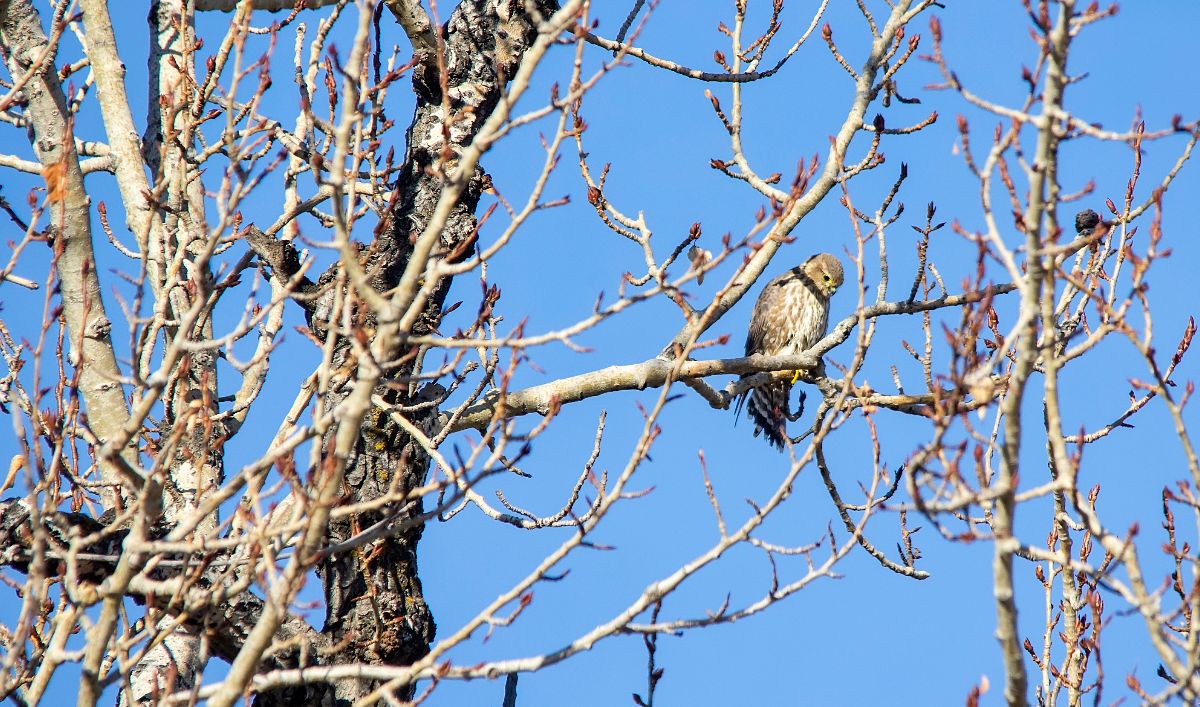
female Merlin
[exif id=”15042″]
We walked all the way back to the east end of the park where we watched this girl fly in and perch above us. I suspect she was watching the ground for voles, as she sat there staring at the ground for quite some time while we watched.
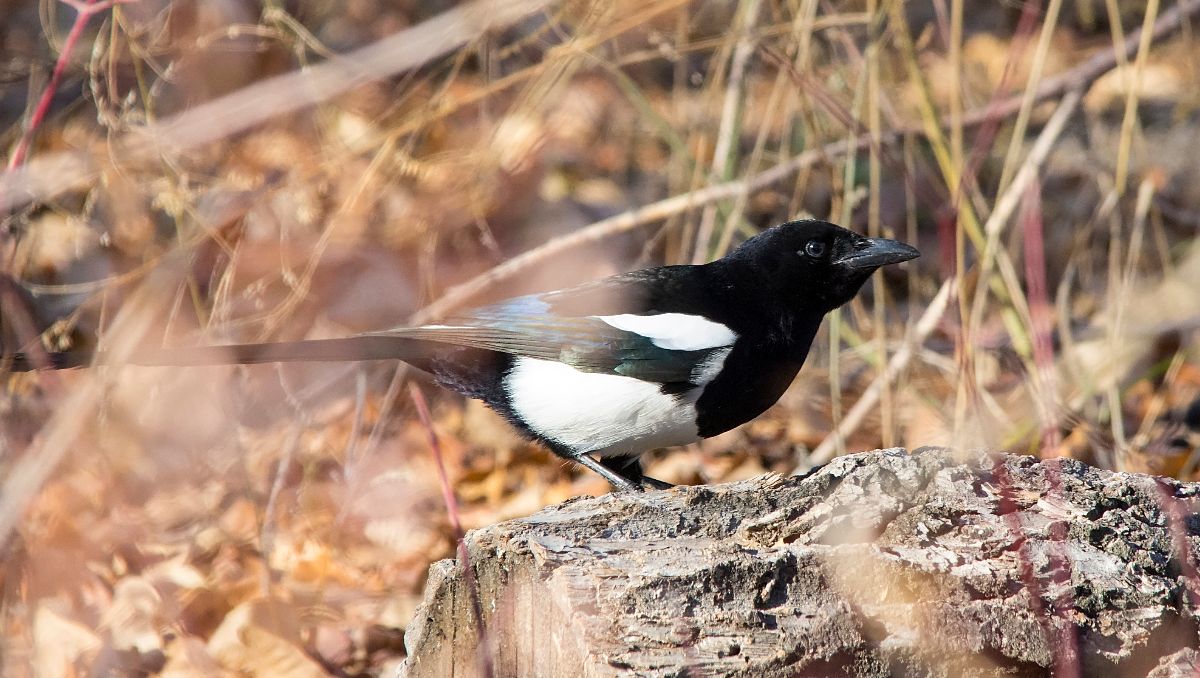
Black-billed Magpie
[exif id=”15027″]
As we watched the Merlin, a couple of Black-billed Magpies flew in and began foraging on the ground, but also keeping a sharp eye on her. They spent a good amount of time keeping an eye on us as well.
Around this time, the traffic on the pathway started to pick up due to a running race, so we headed back in to the inside of the park.
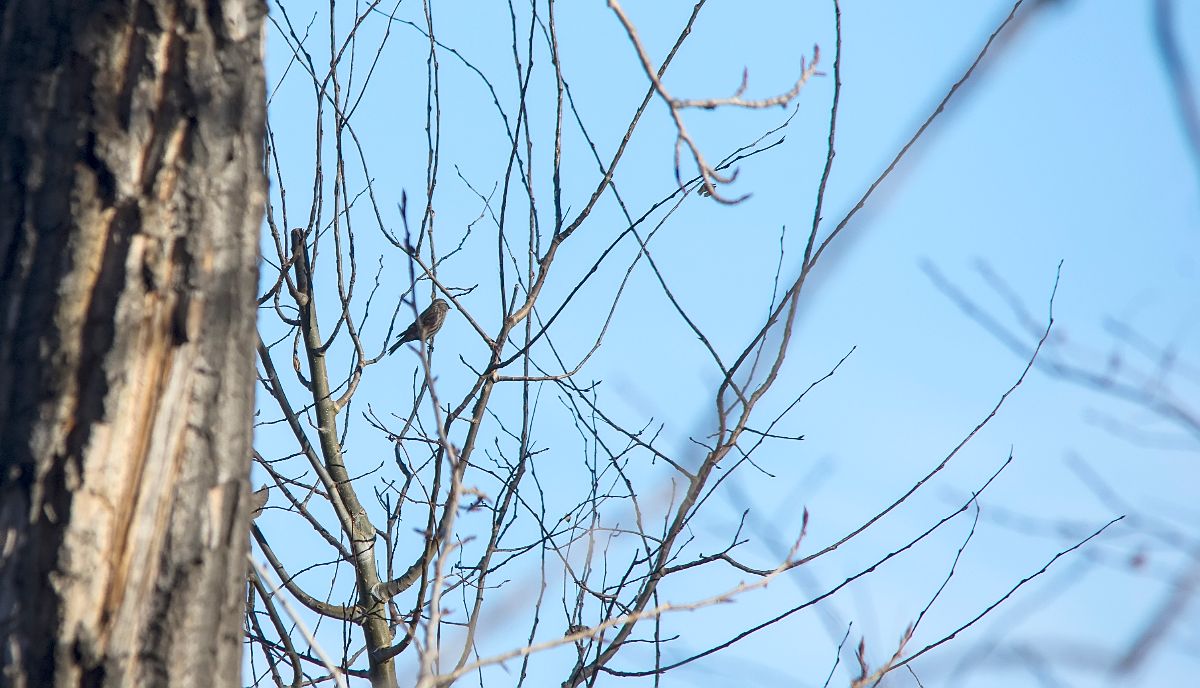
distant Common Redpoll
[exif id=”15033″]
One of the birds we had heard flitting about overhead for most of the morning was a single Common Redpoll. Towards the end of our walk that morning it popped up into this shrub and perched for a few minutes, giving everyone good (but distant) looks at it. While this season is a pretty good one for these birds, I still haven’t had a chance to see one up close and personal.
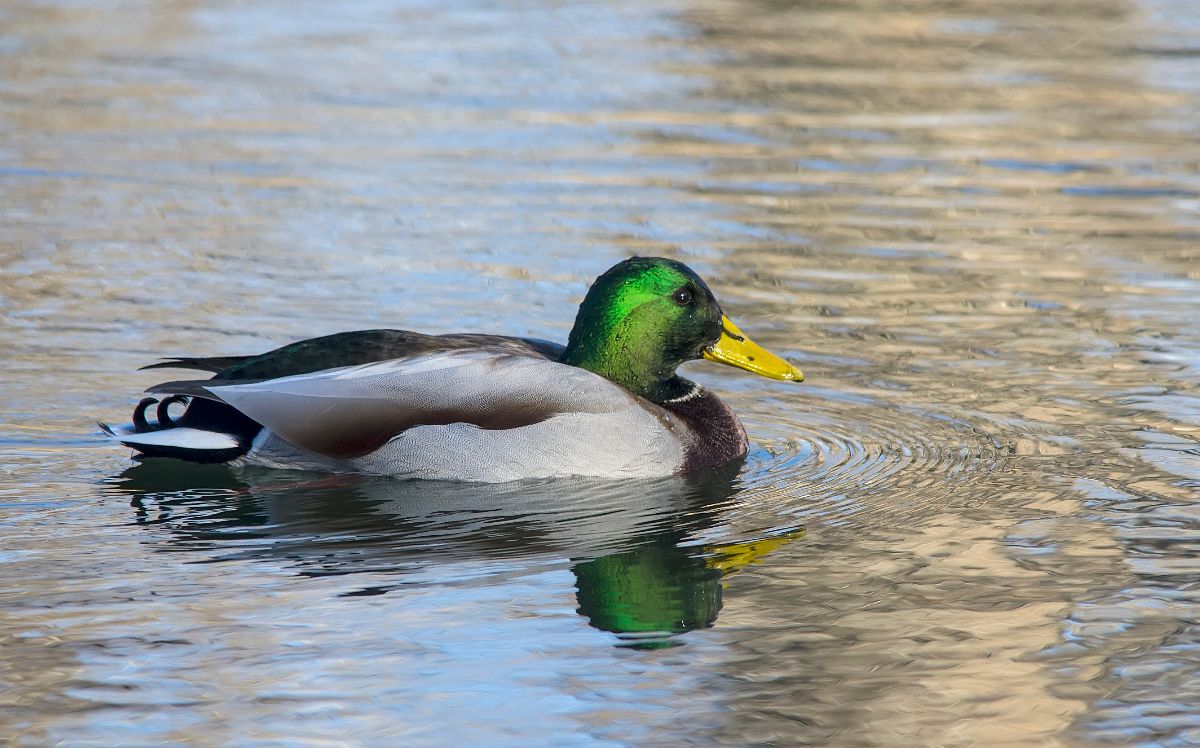
male Mallard
[exif id=”15031″]
On our way out of the park, we walked past a couple Mallards in the floating fen ponds near the entrance, showing off once again their bright green breeding plumage, curly black tail feathers, and complex browns and grays. It’s nice to see them back in full colors after a few months of seeing them in eclipse plumage!
And that’s it for another week! Have a great week, and good birding!

